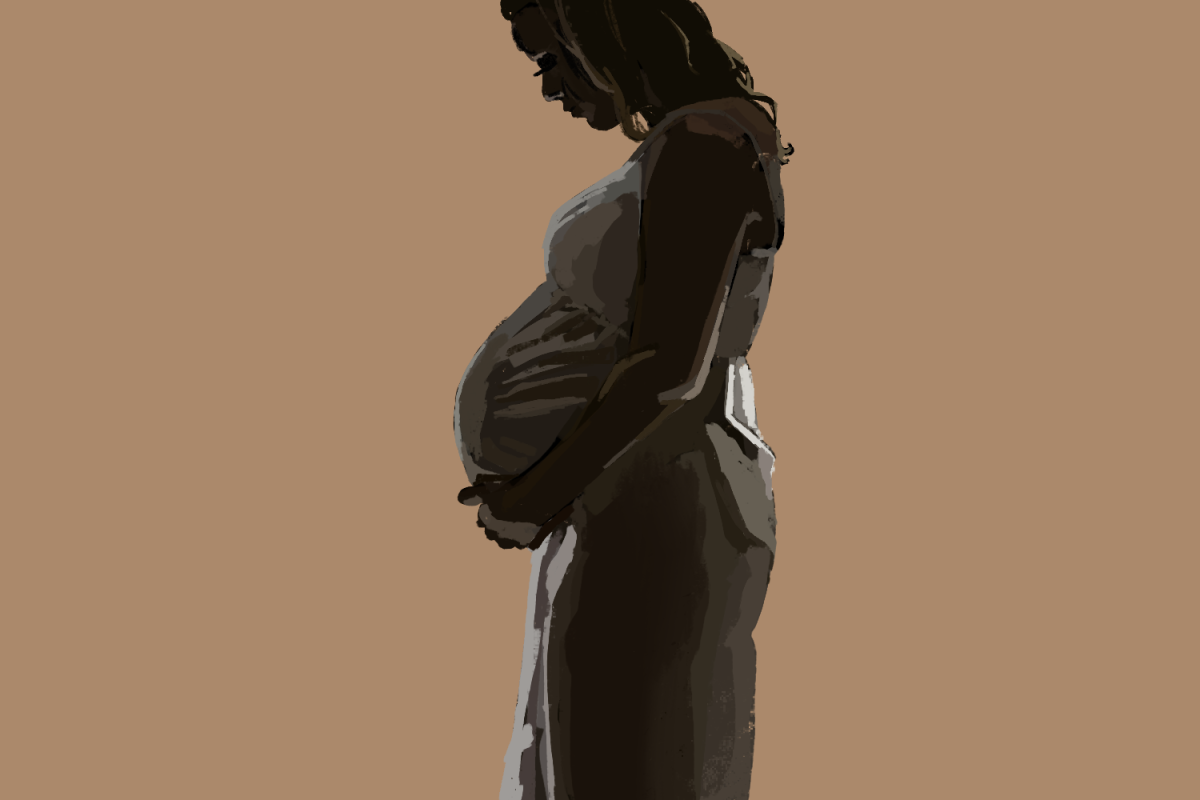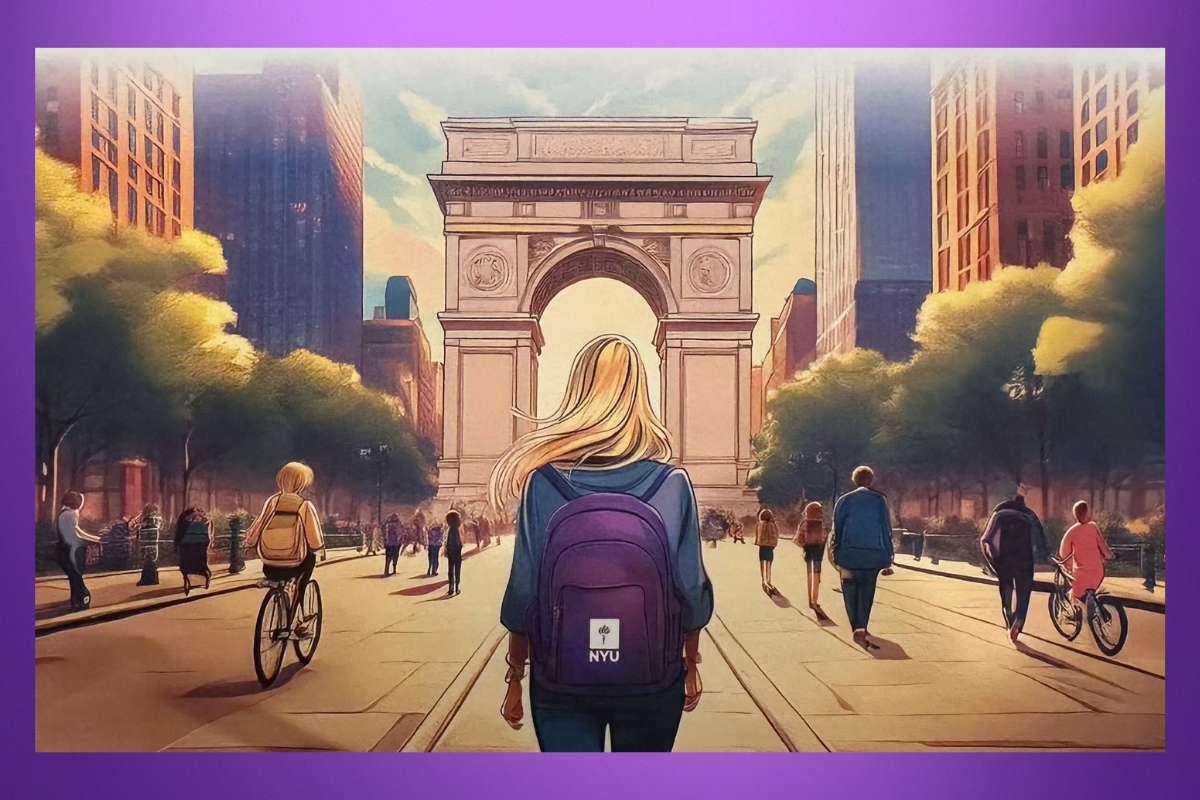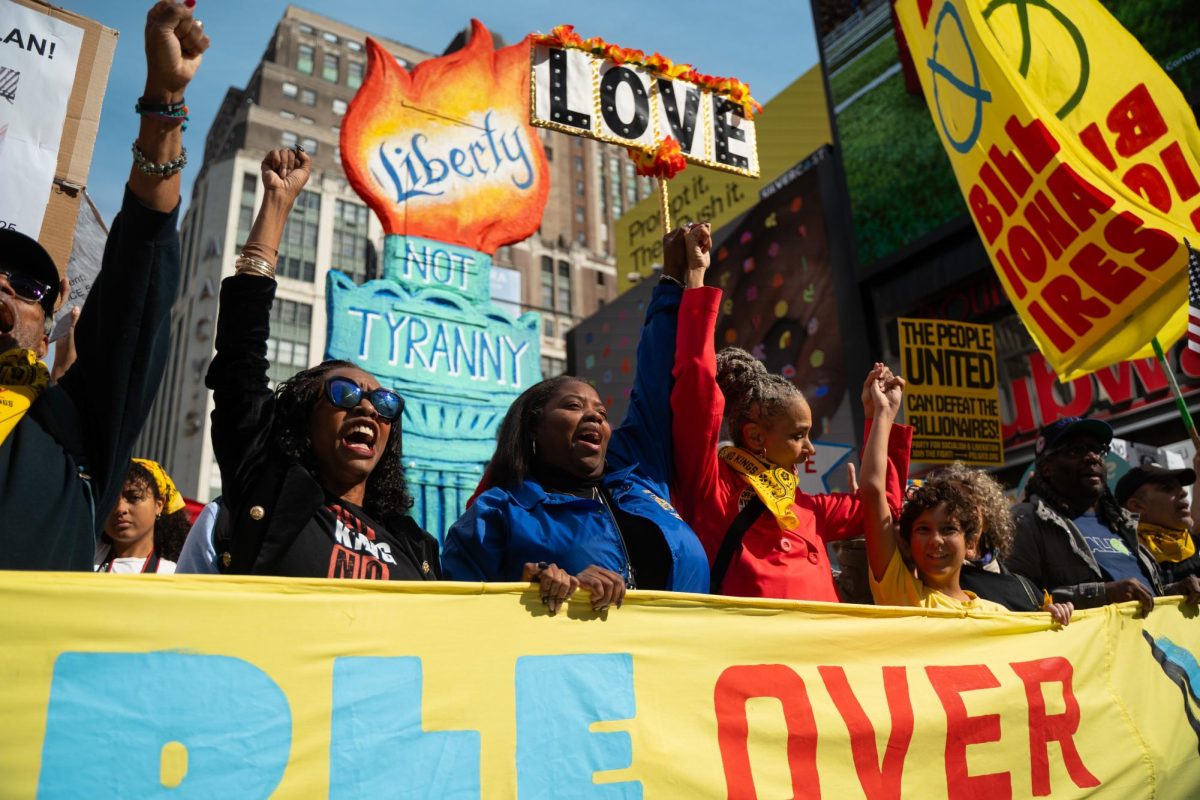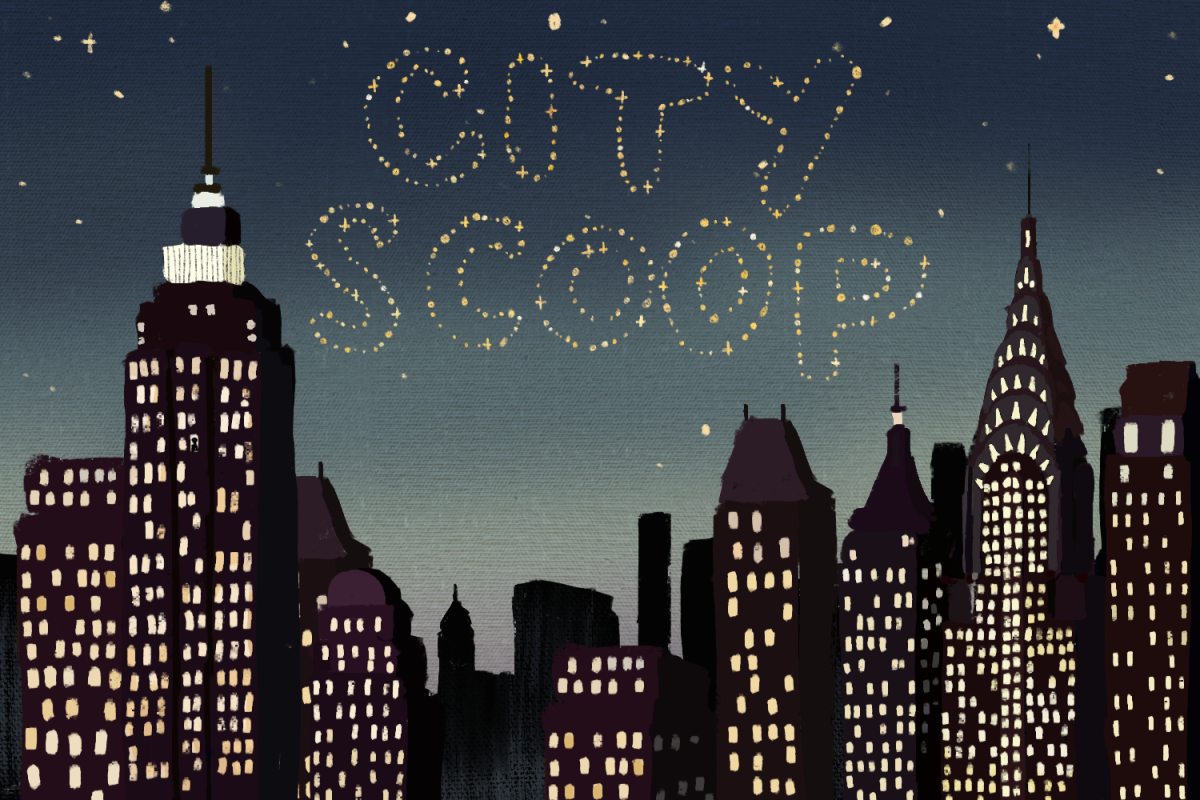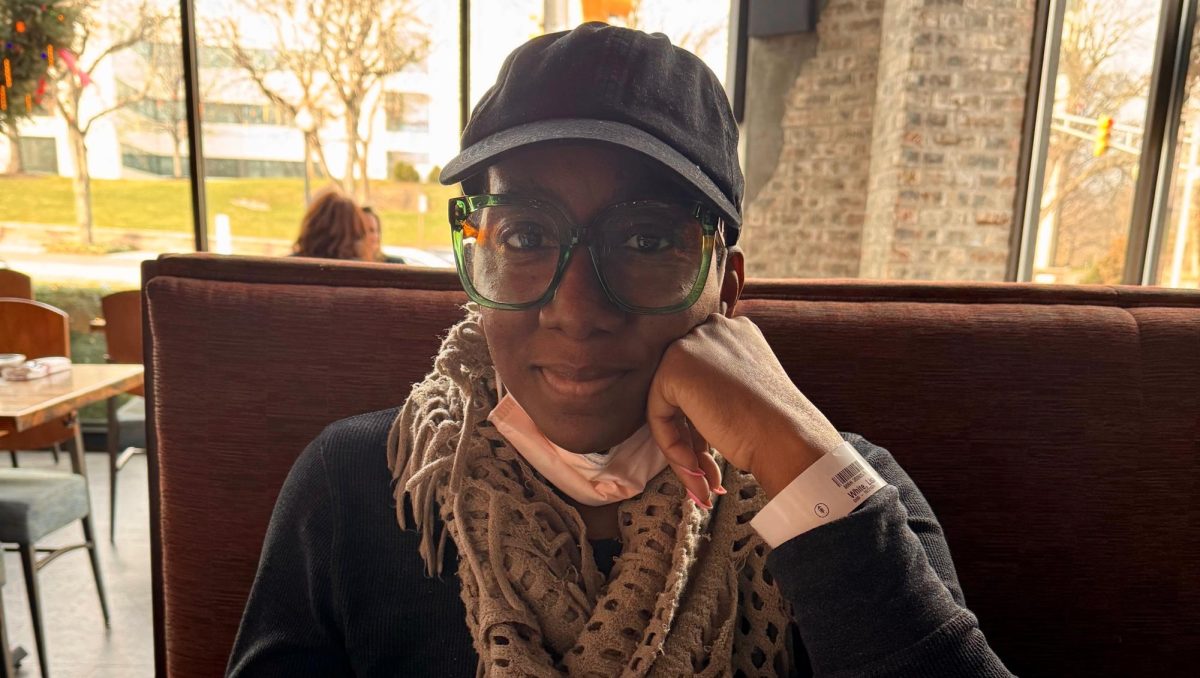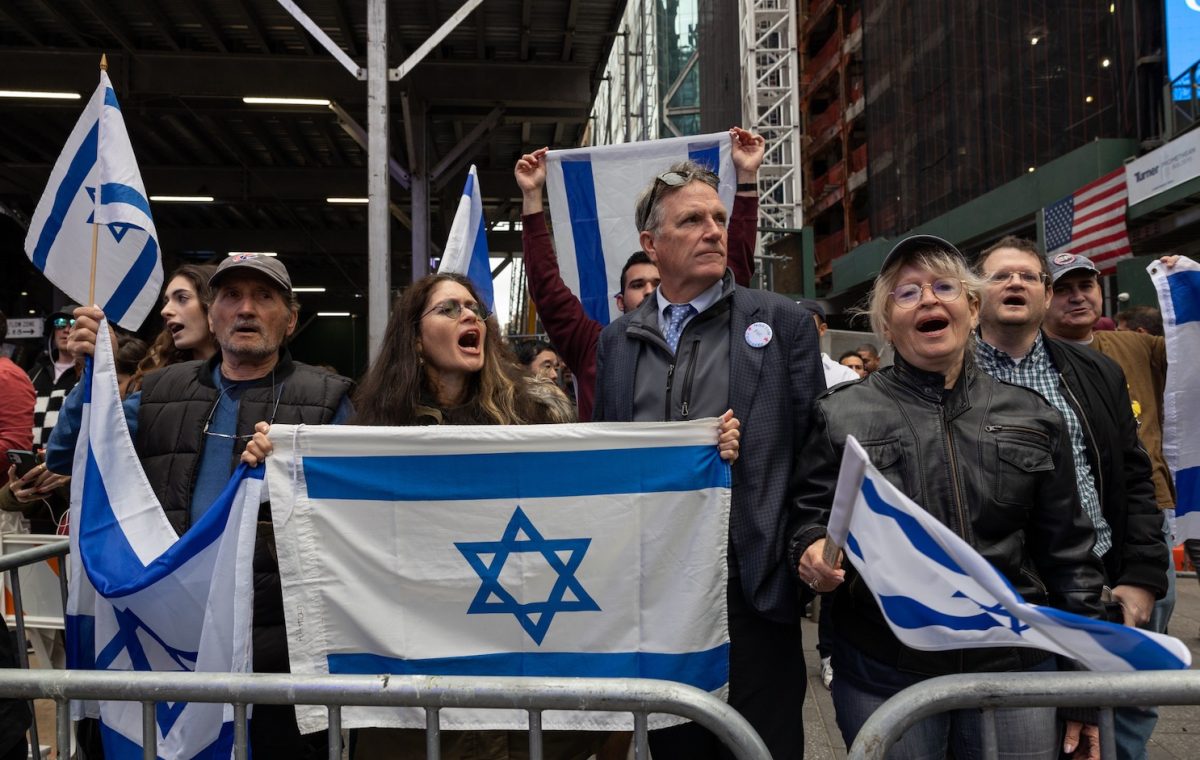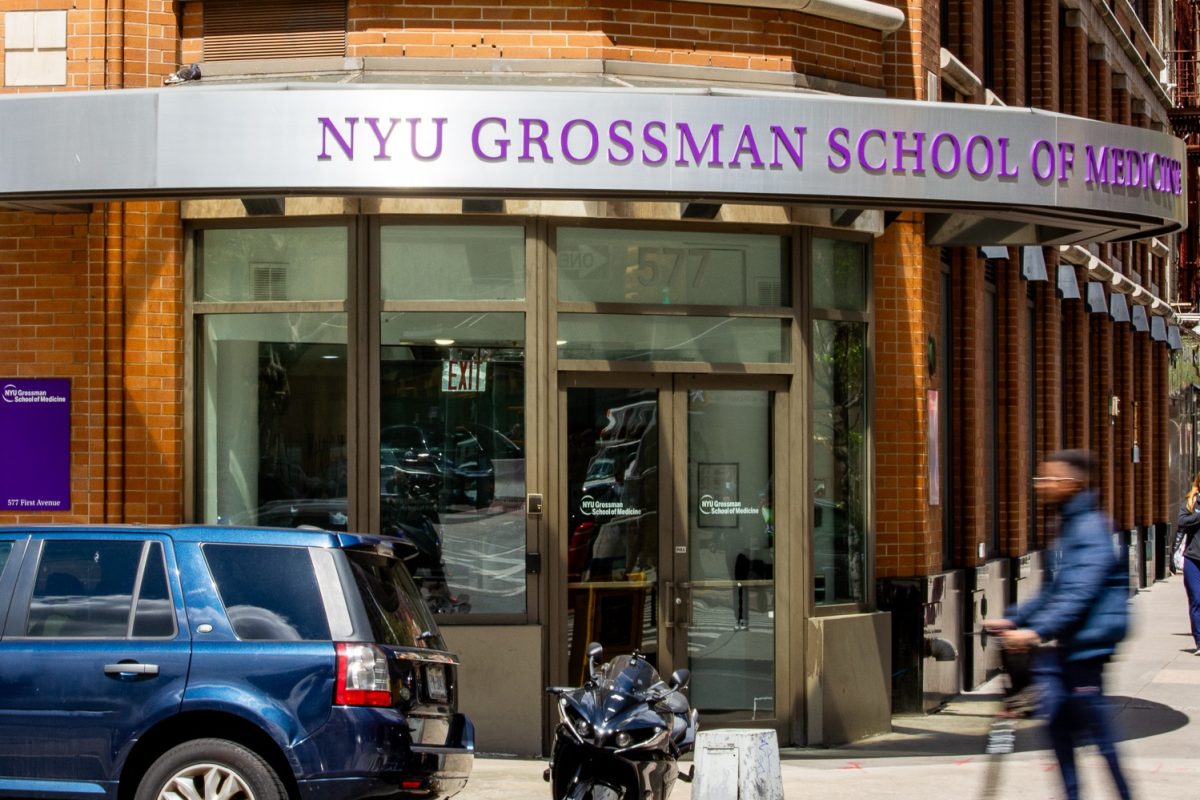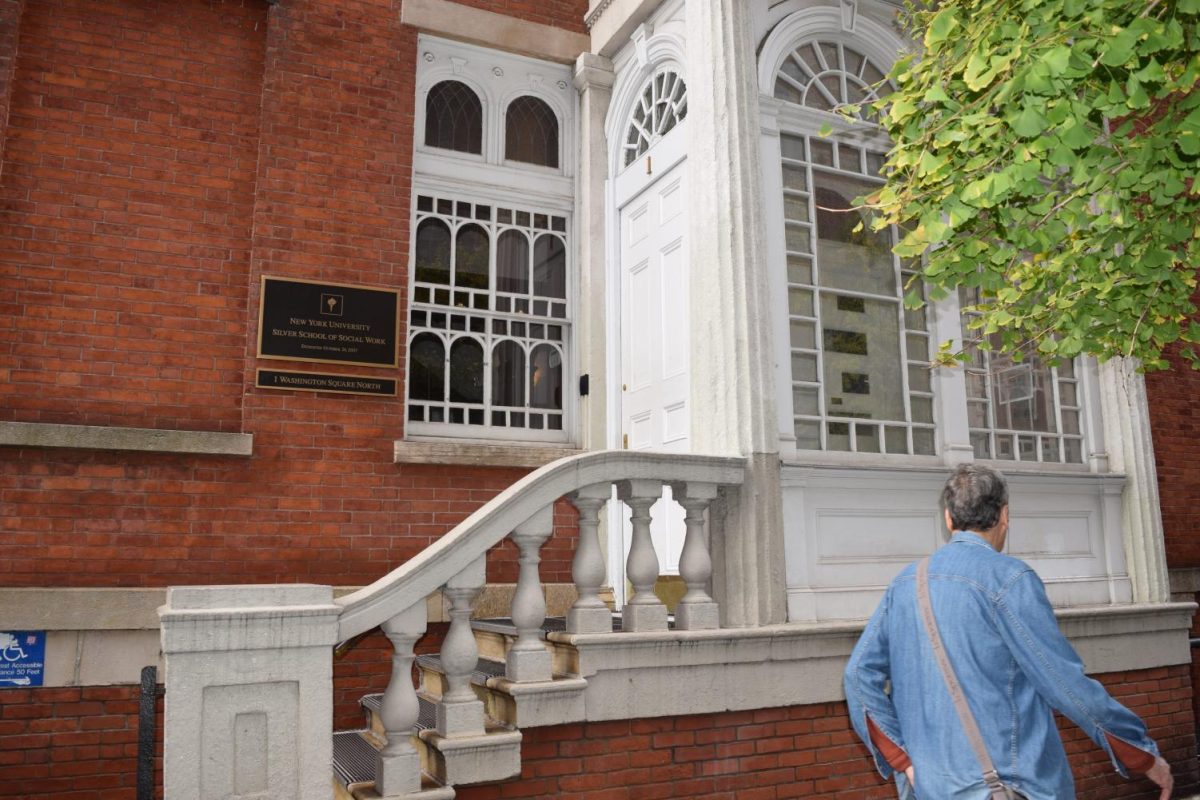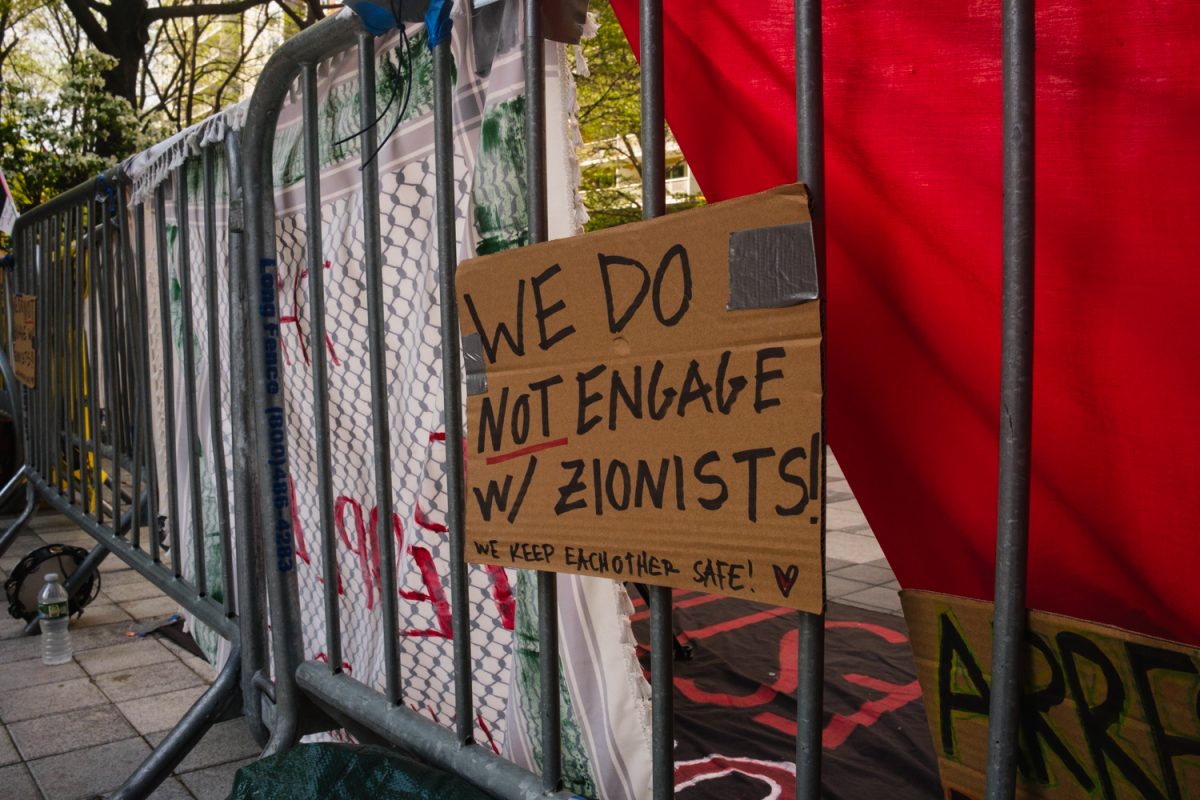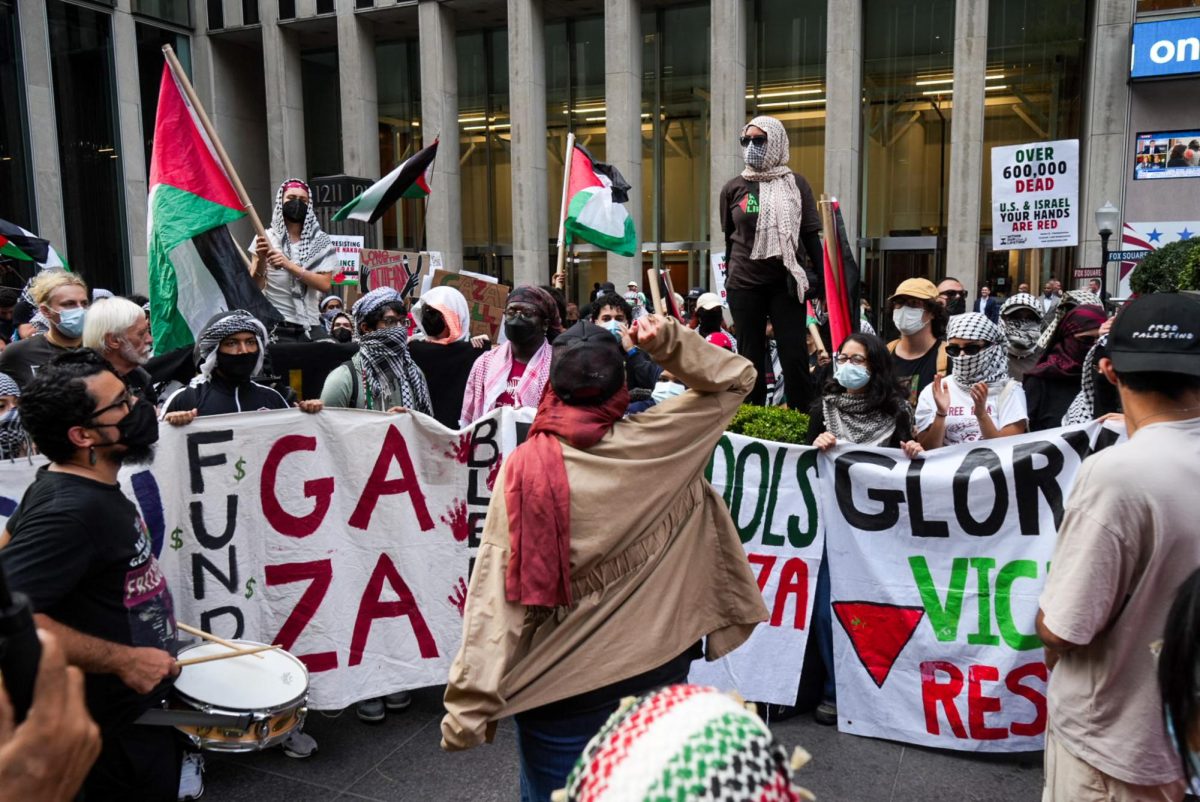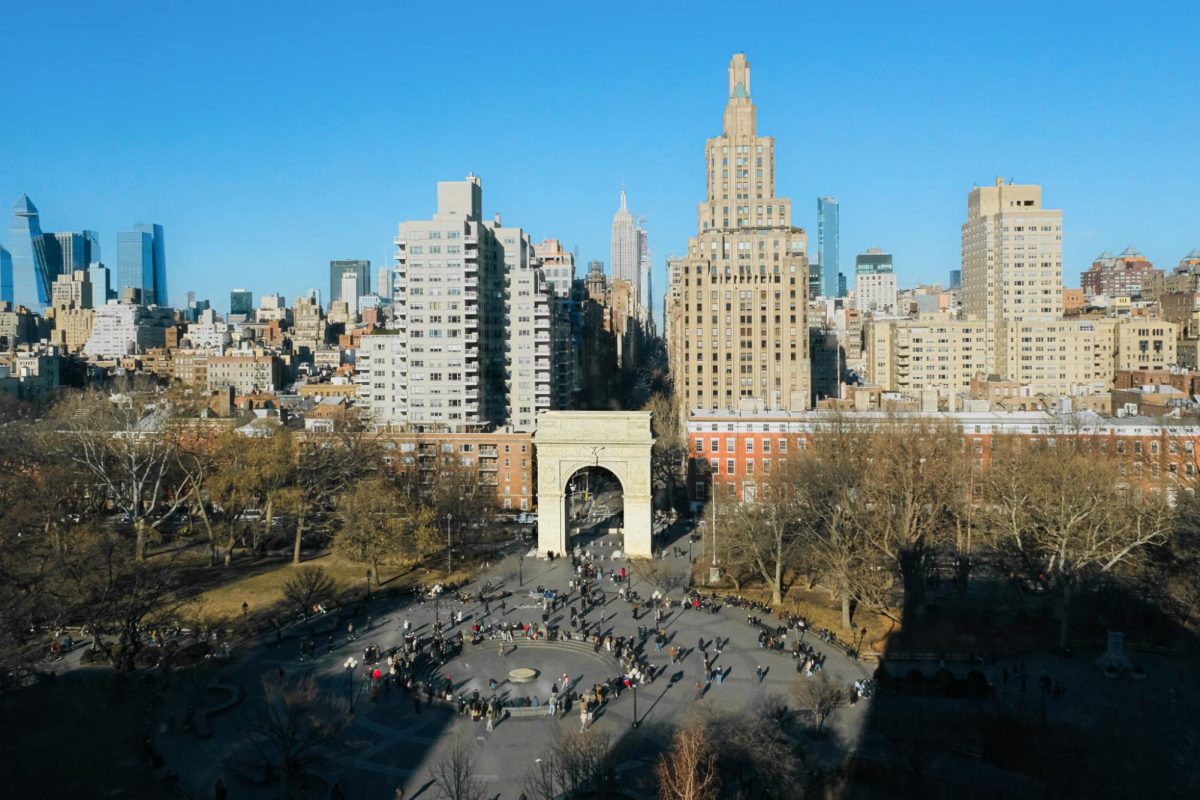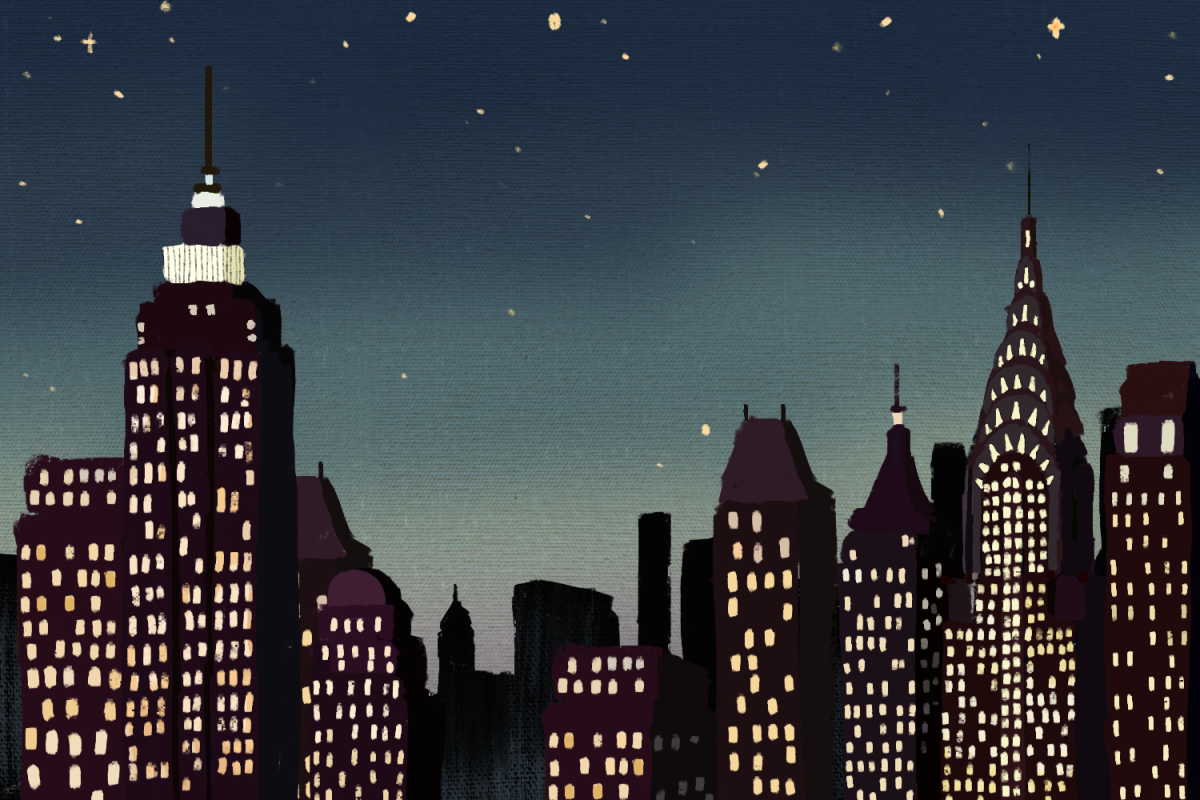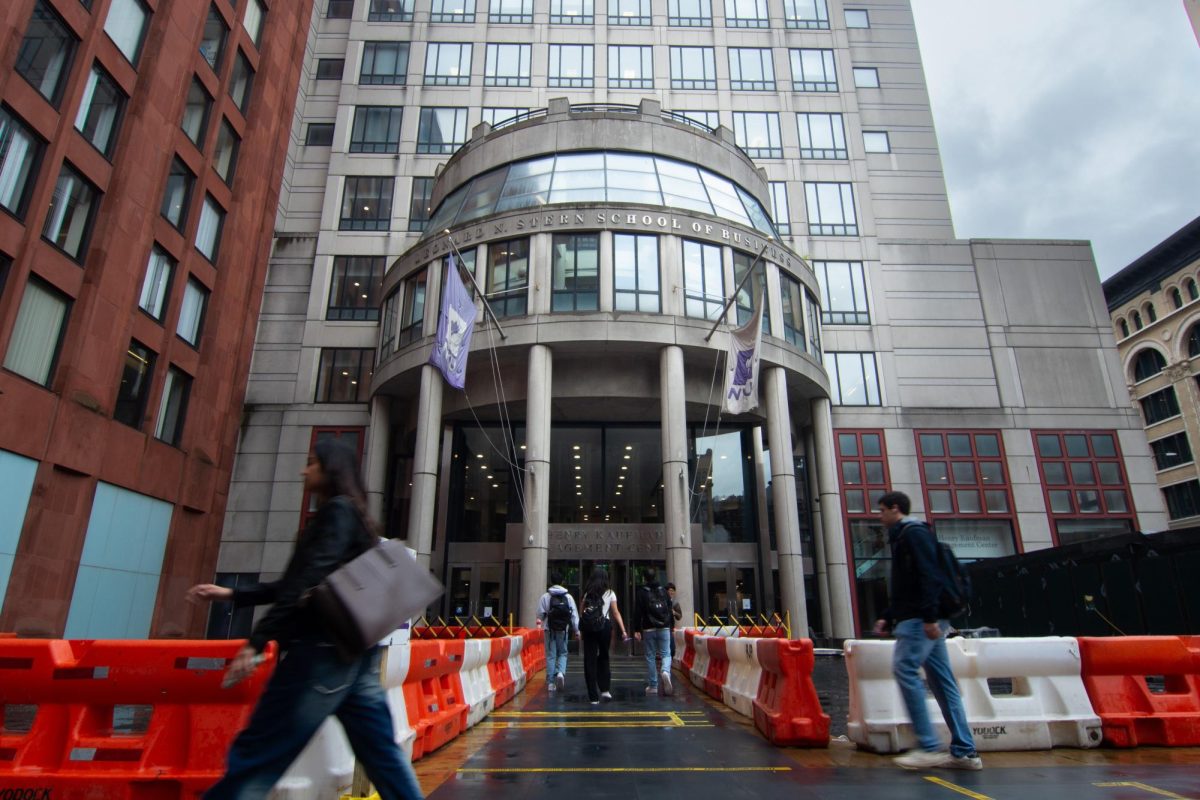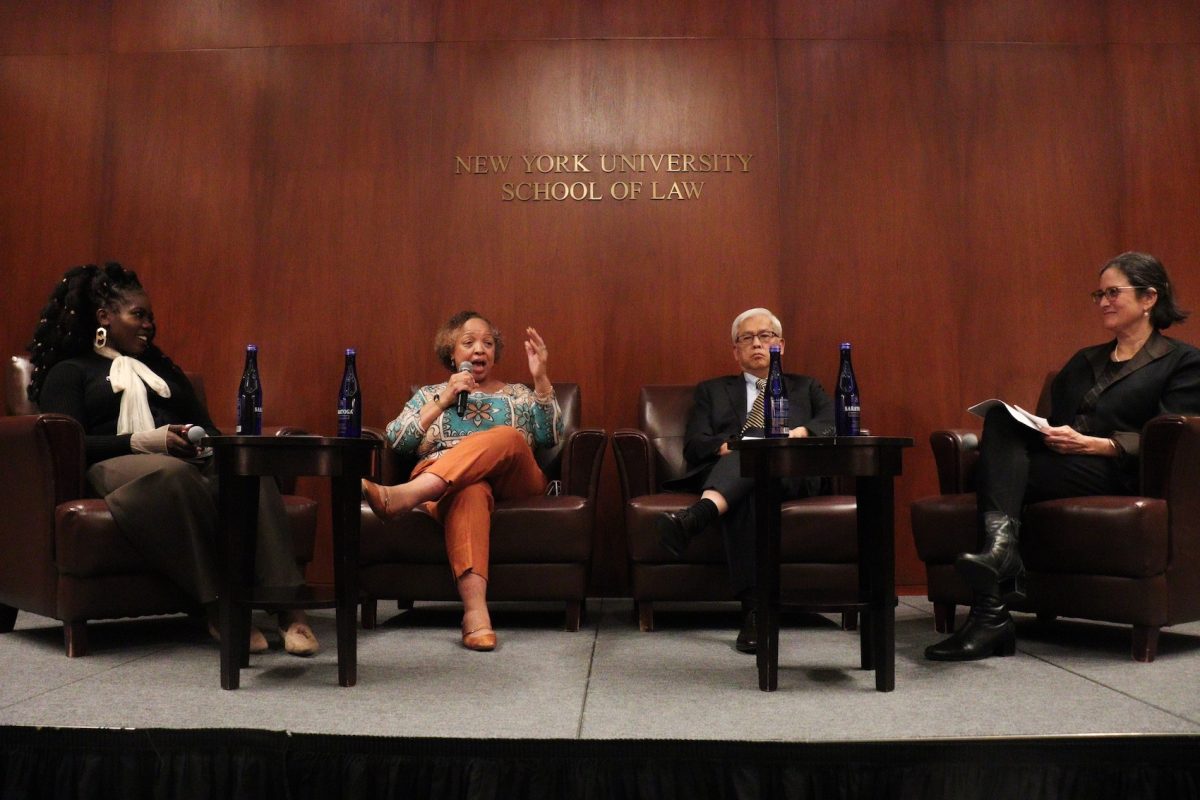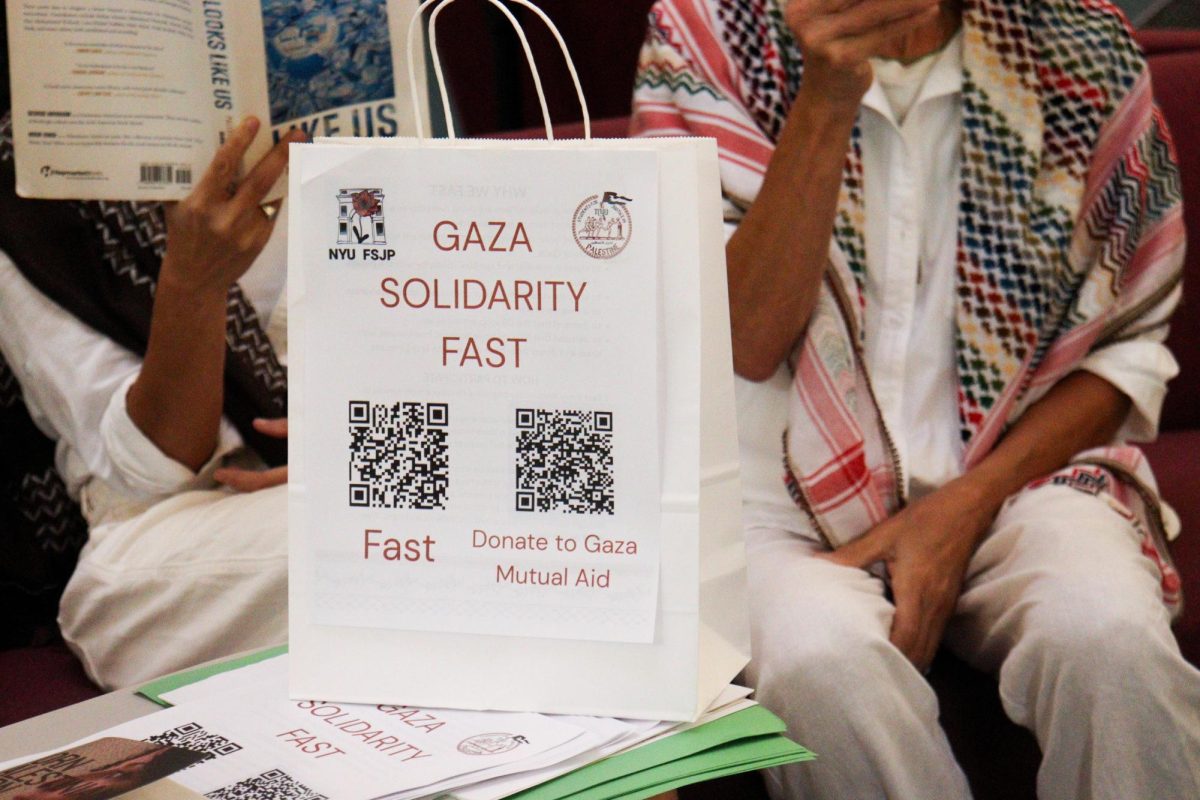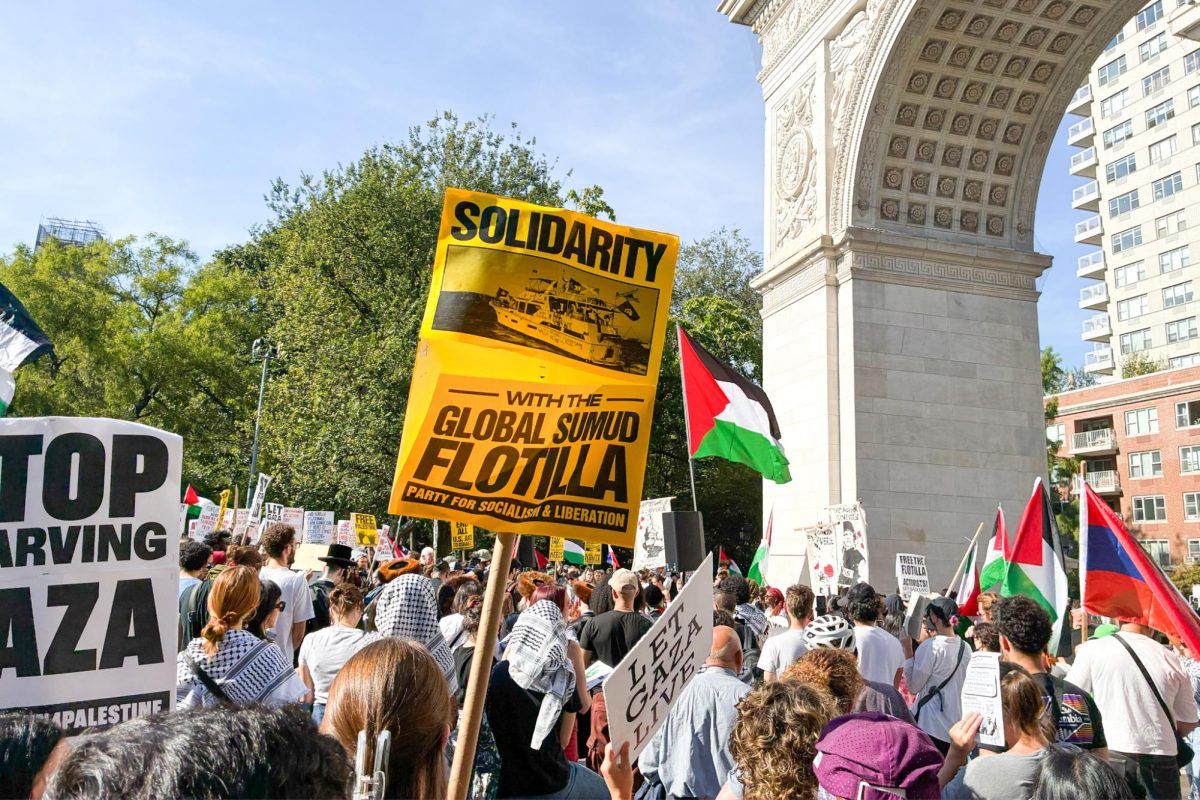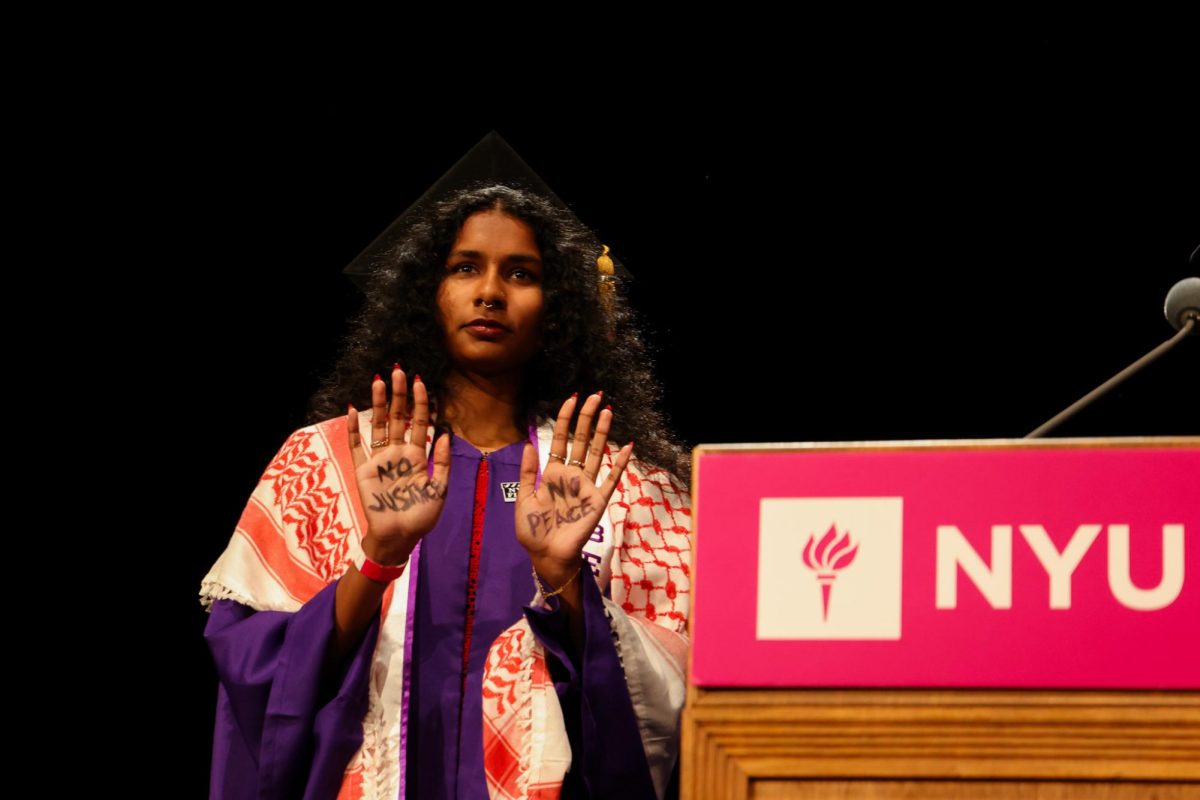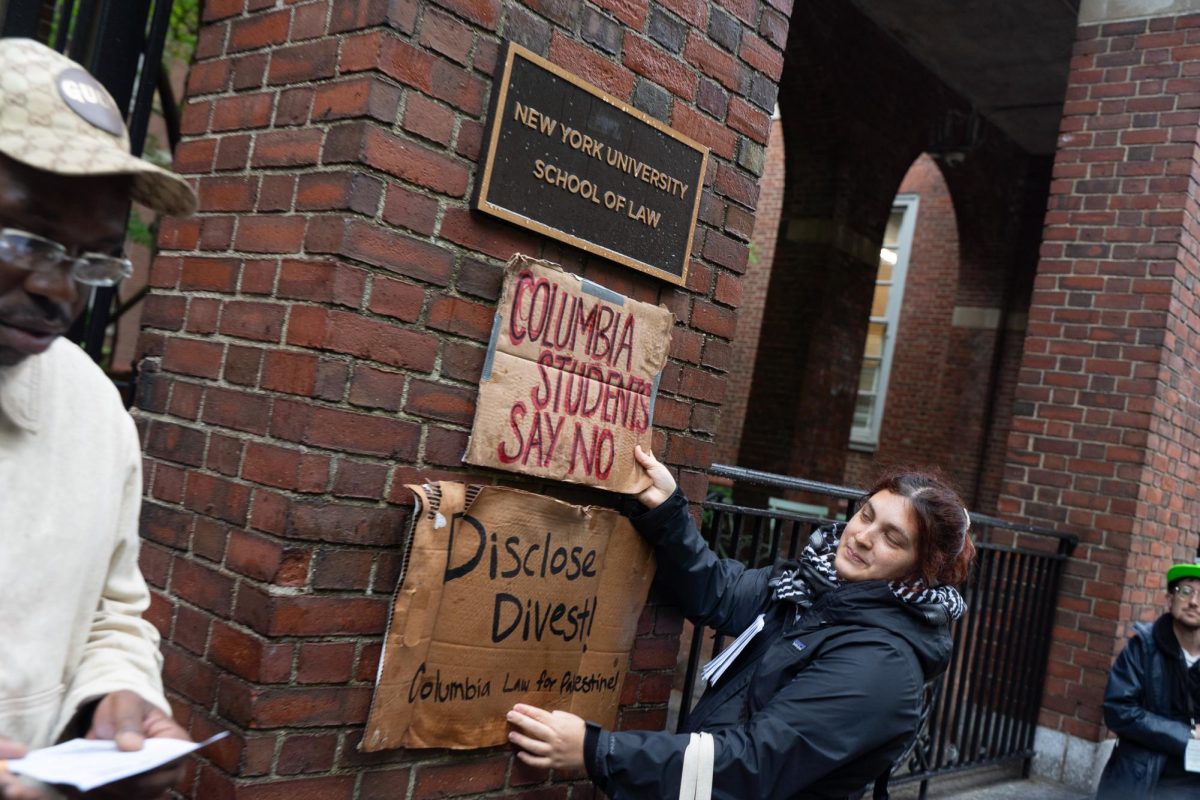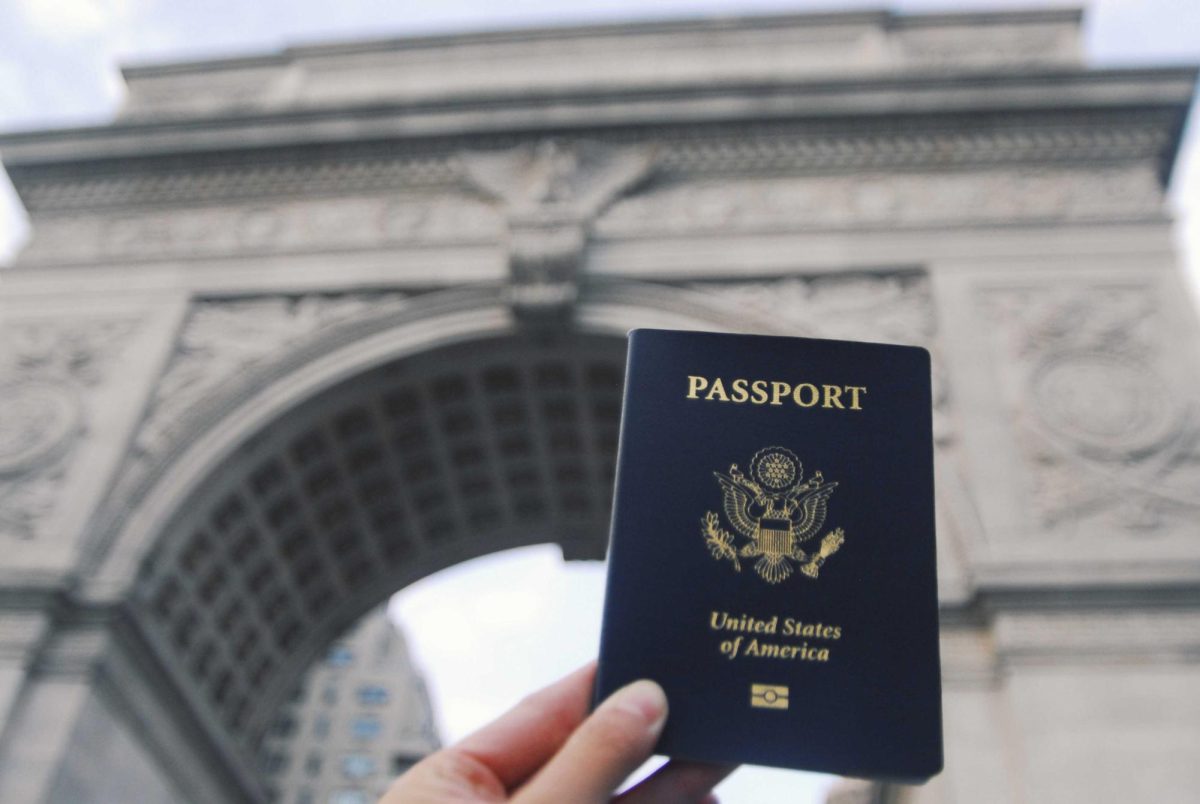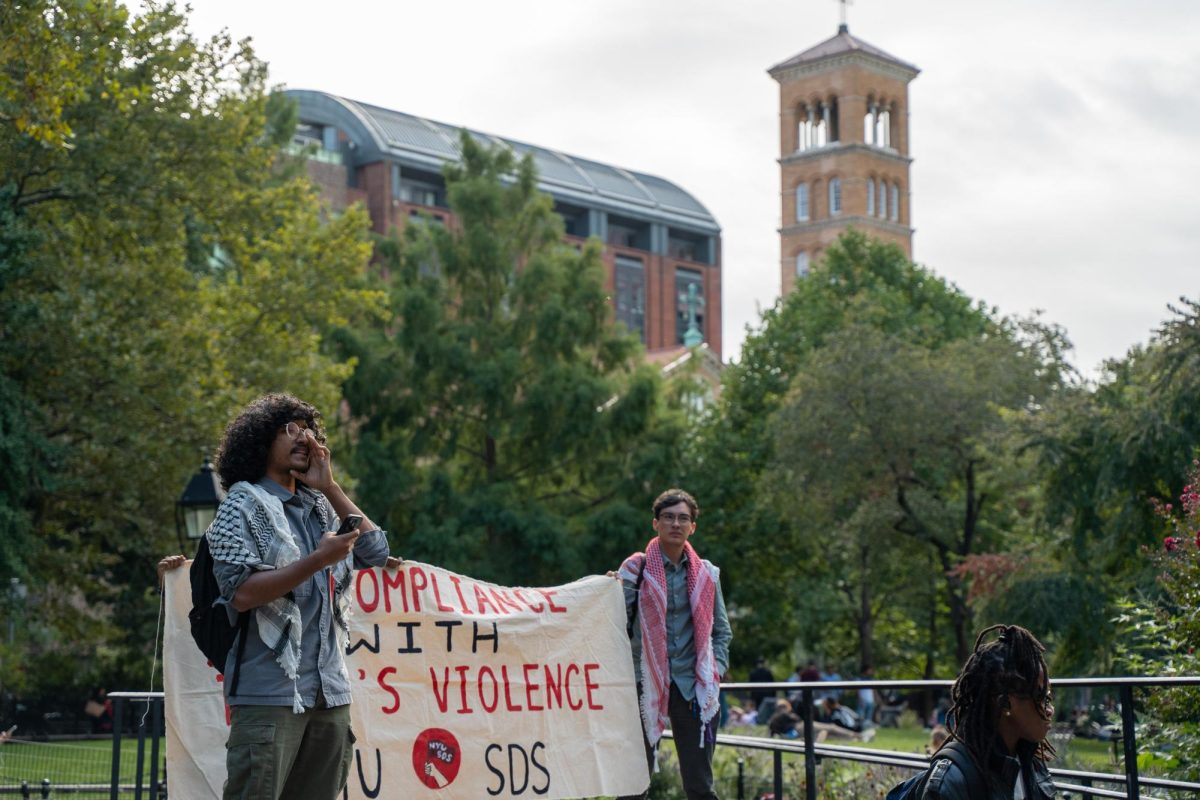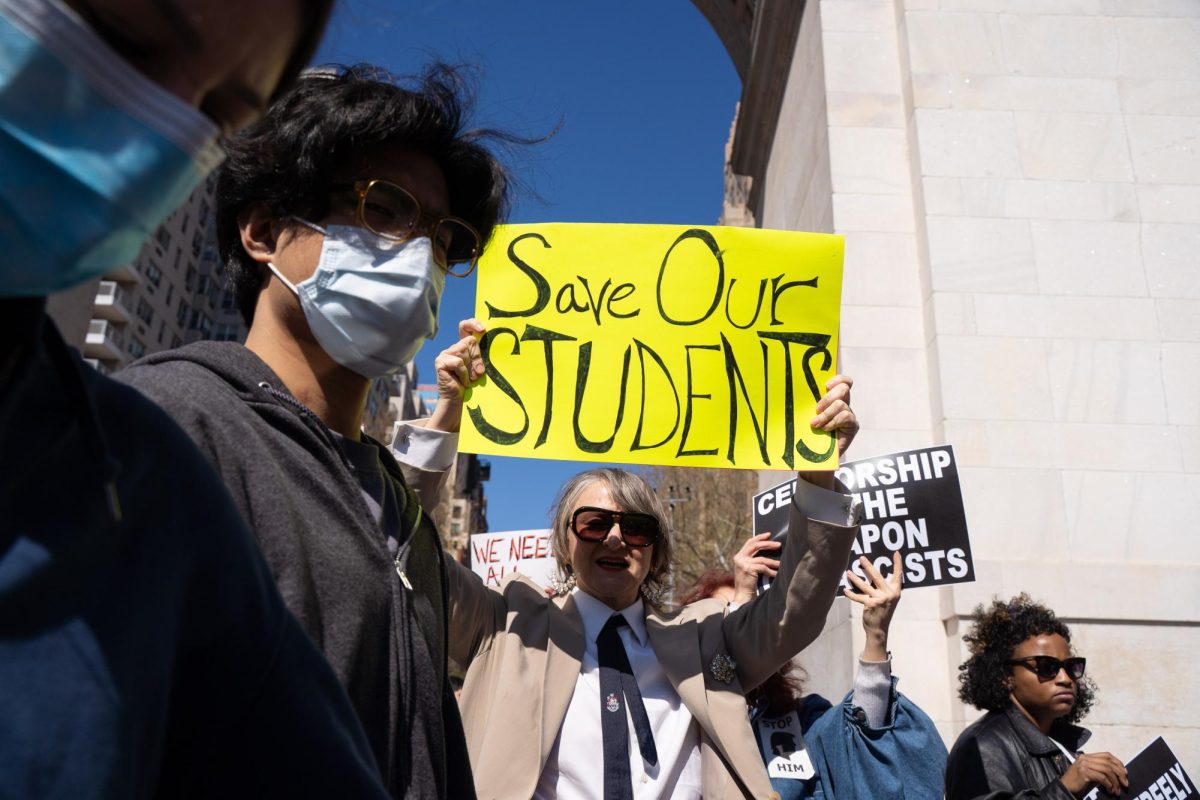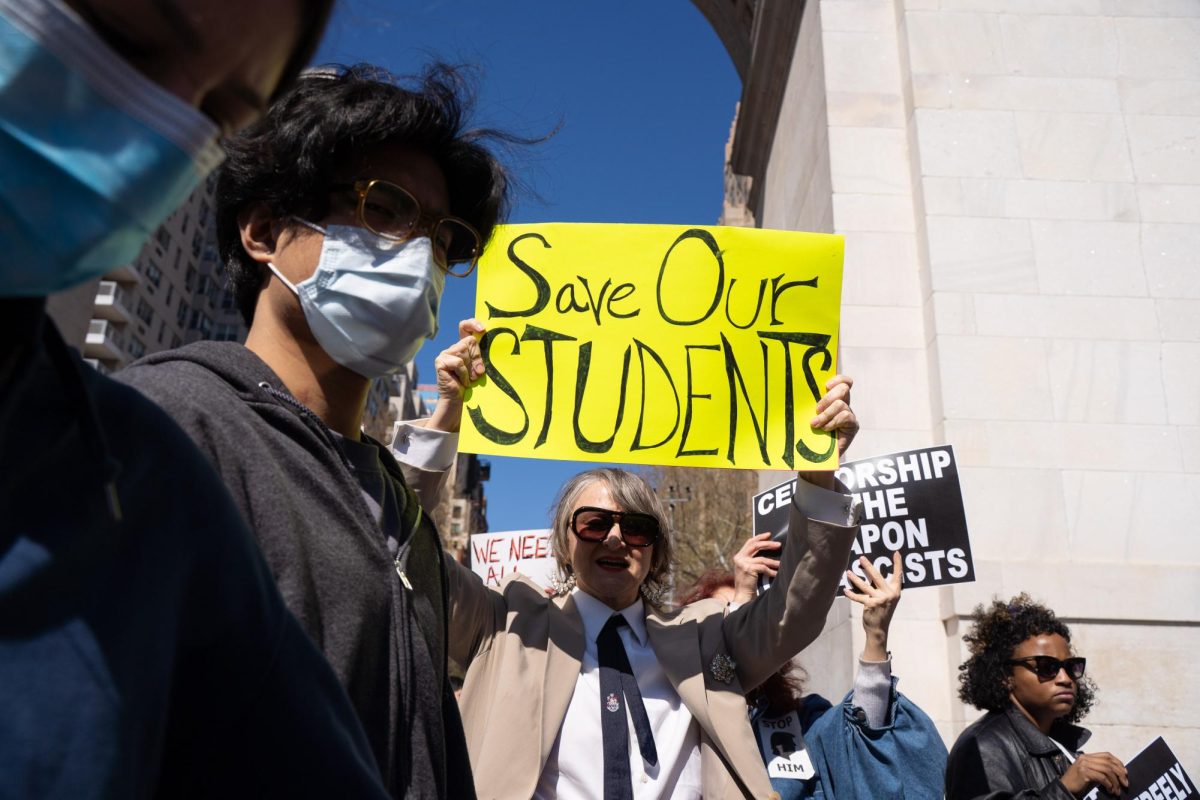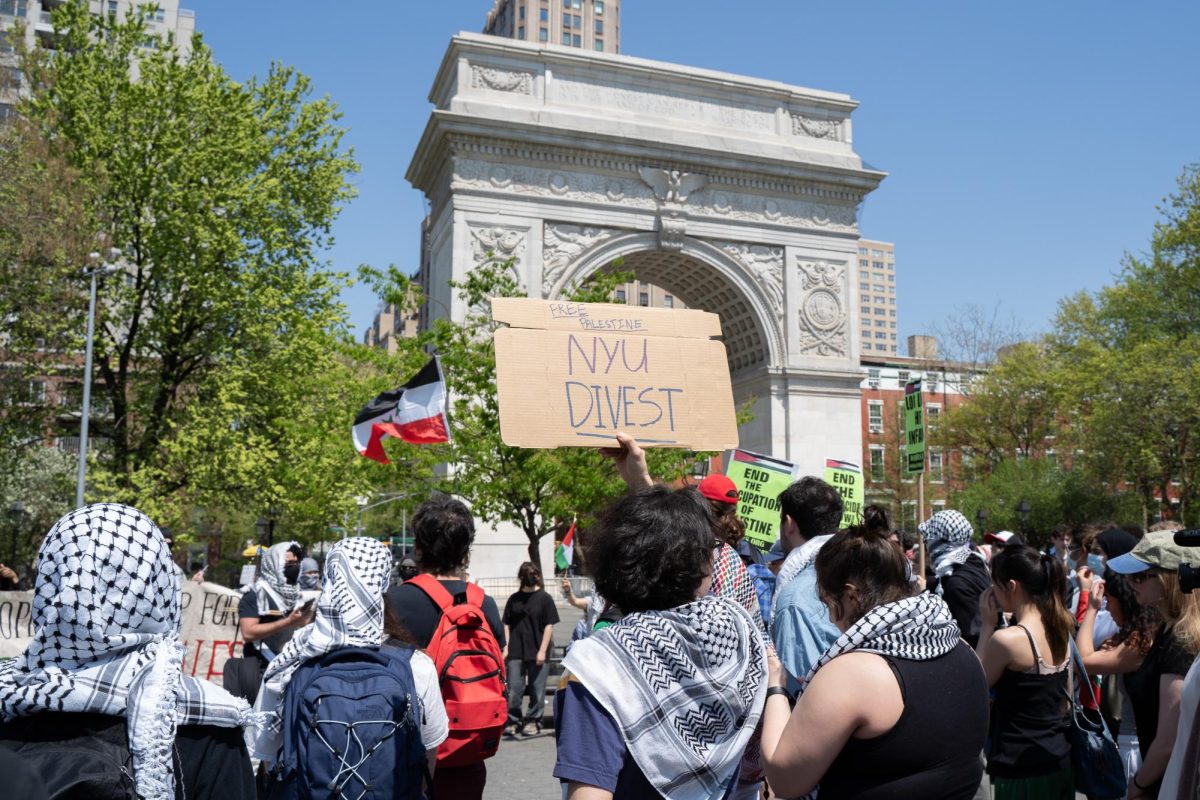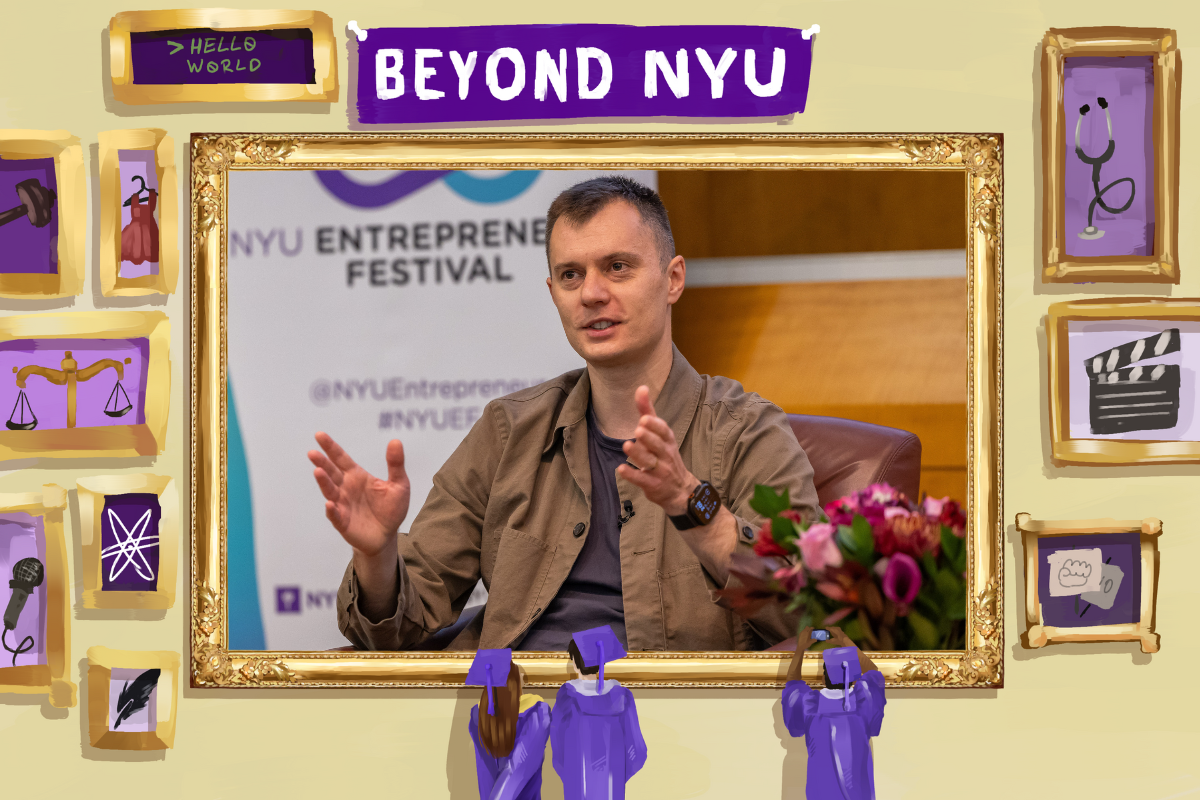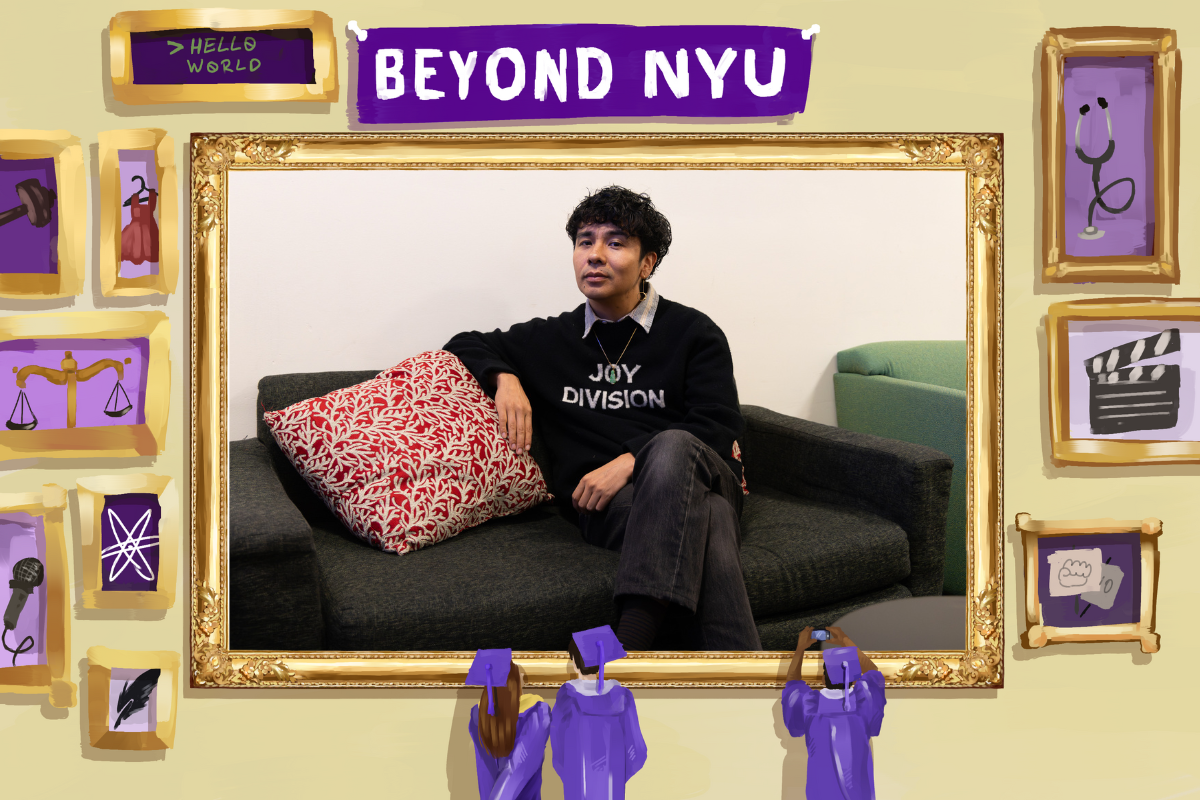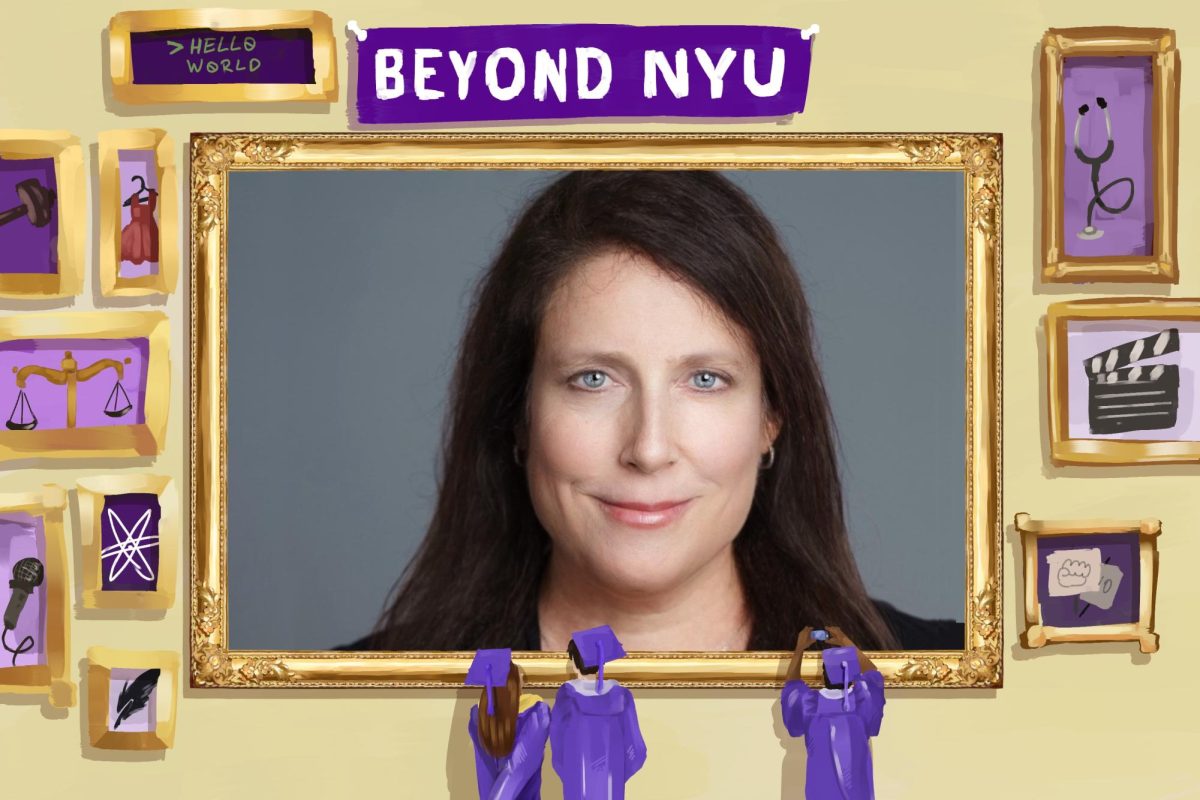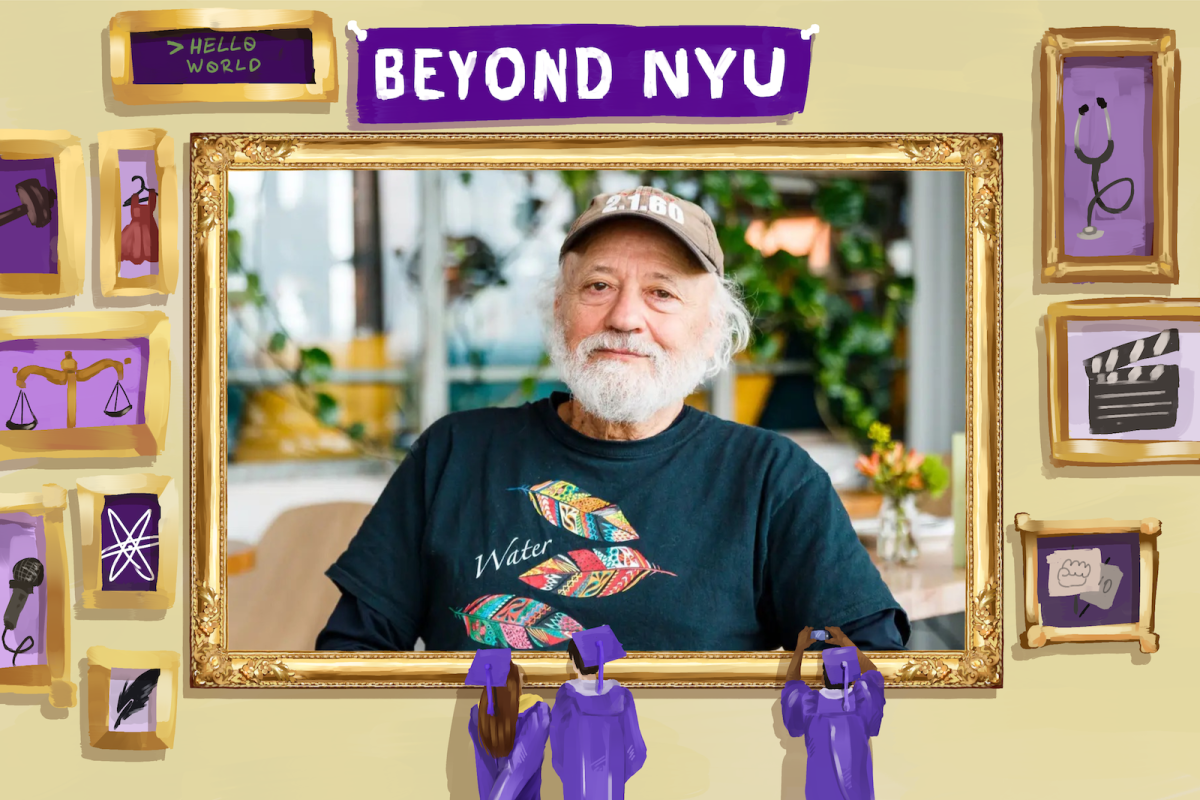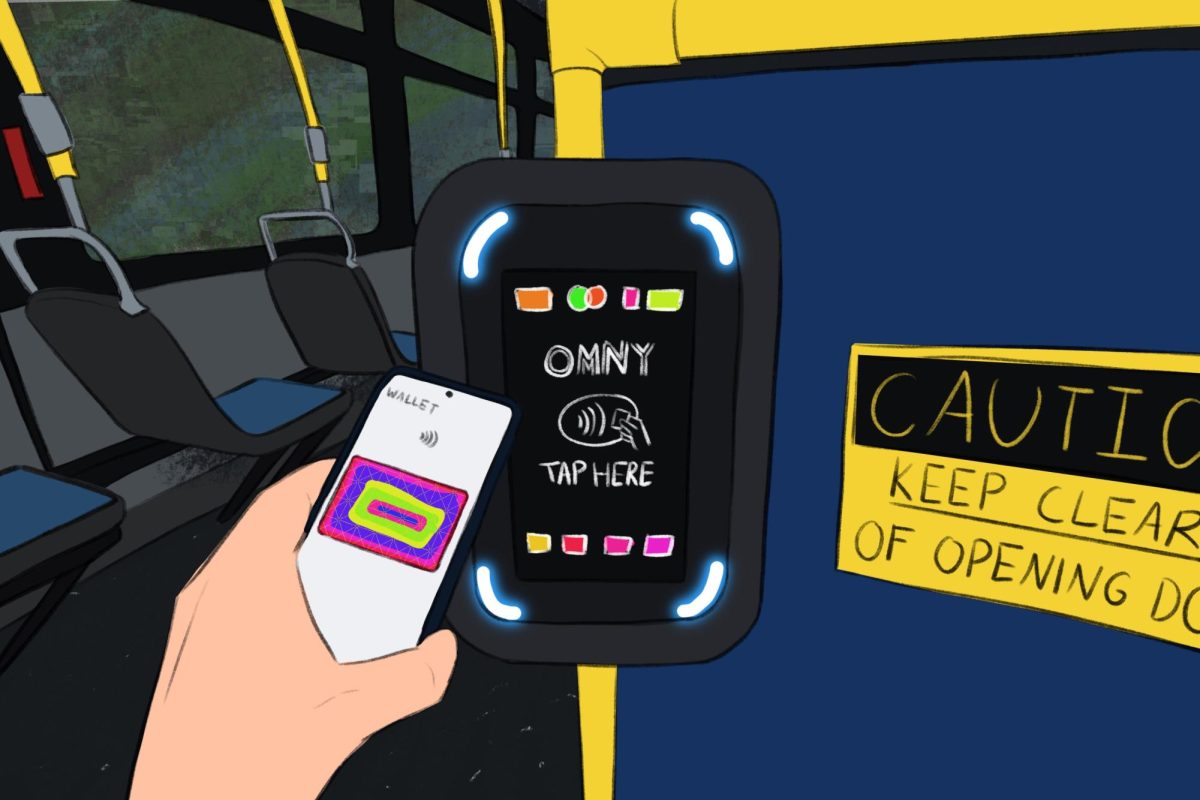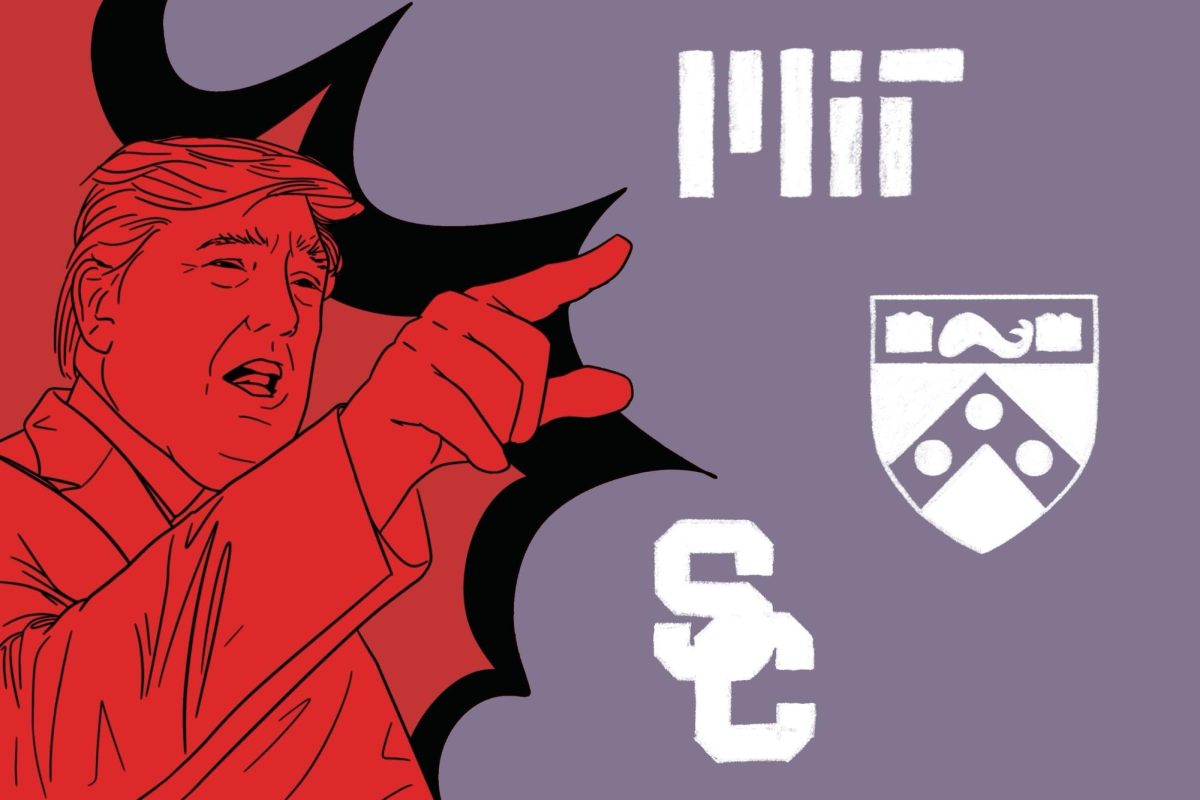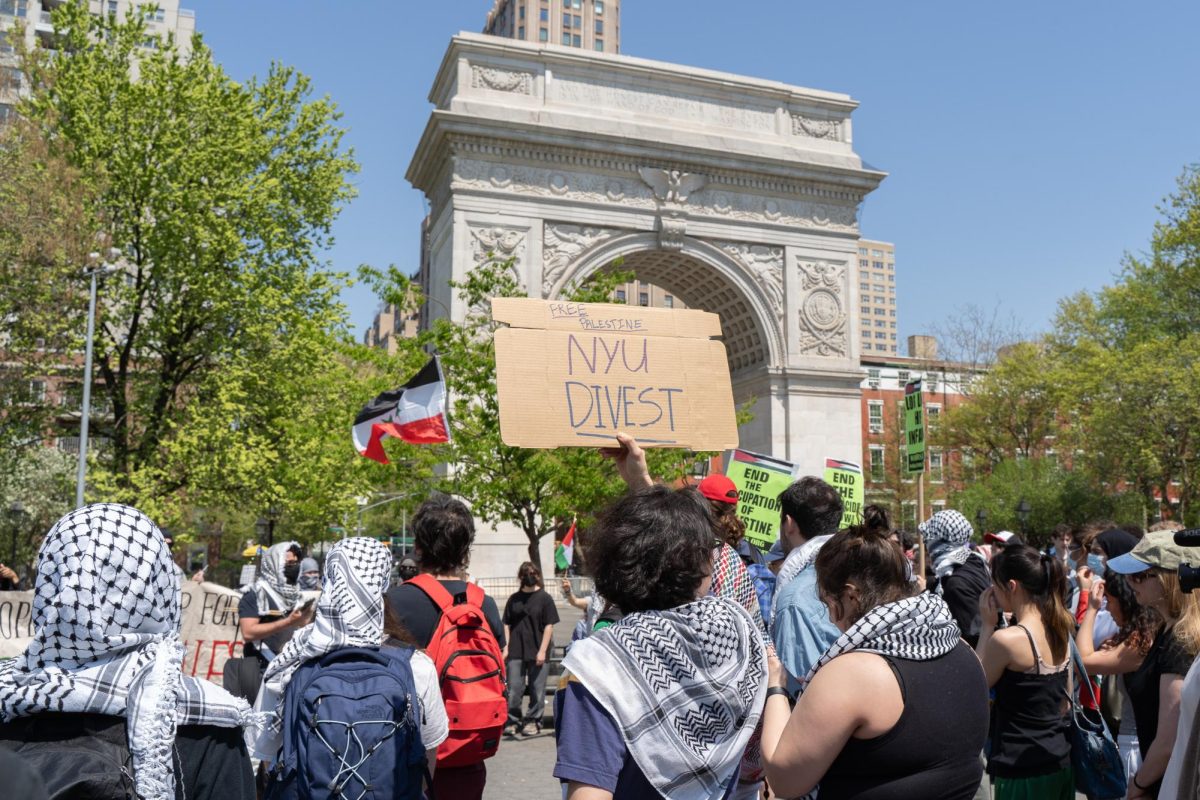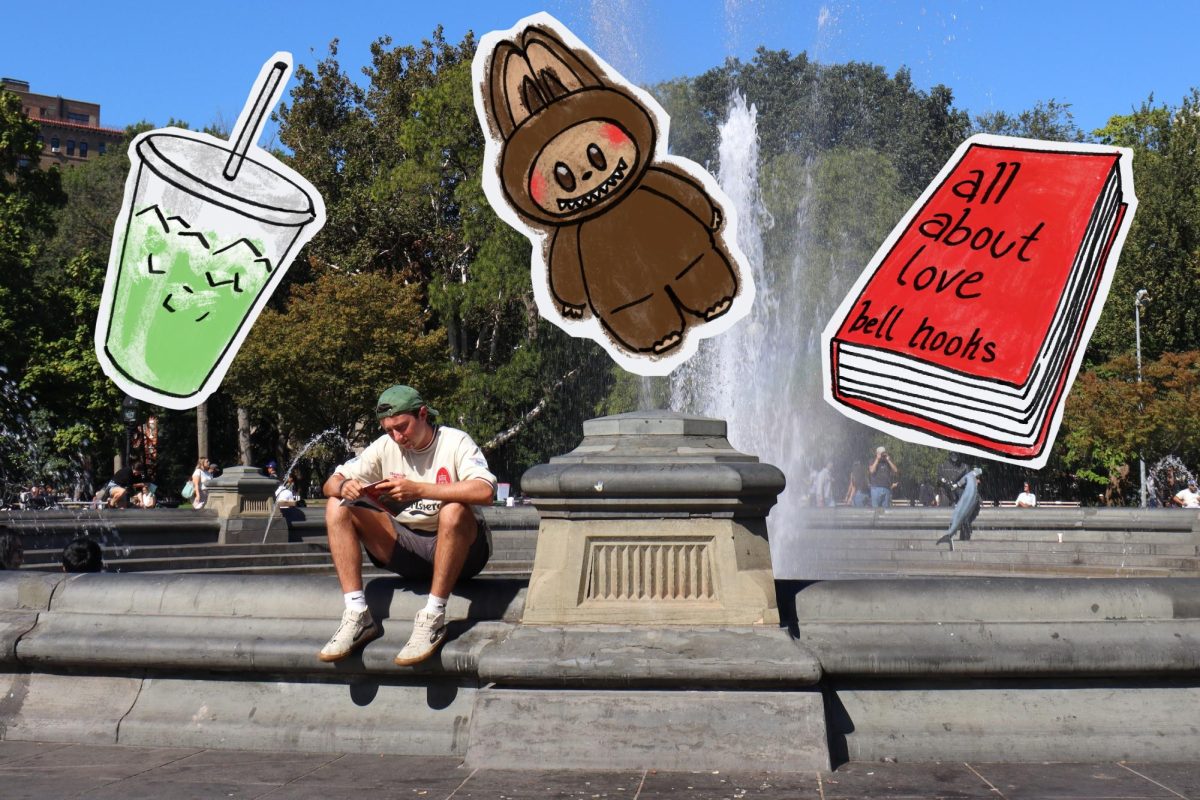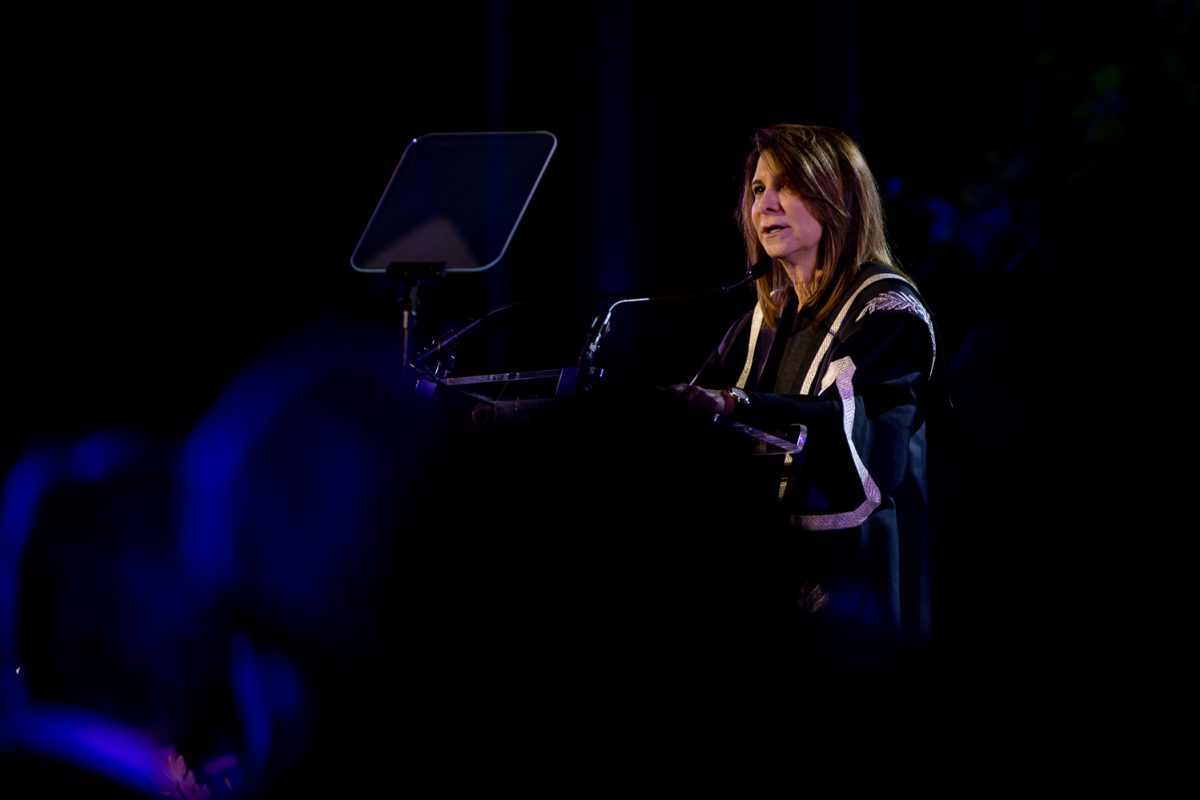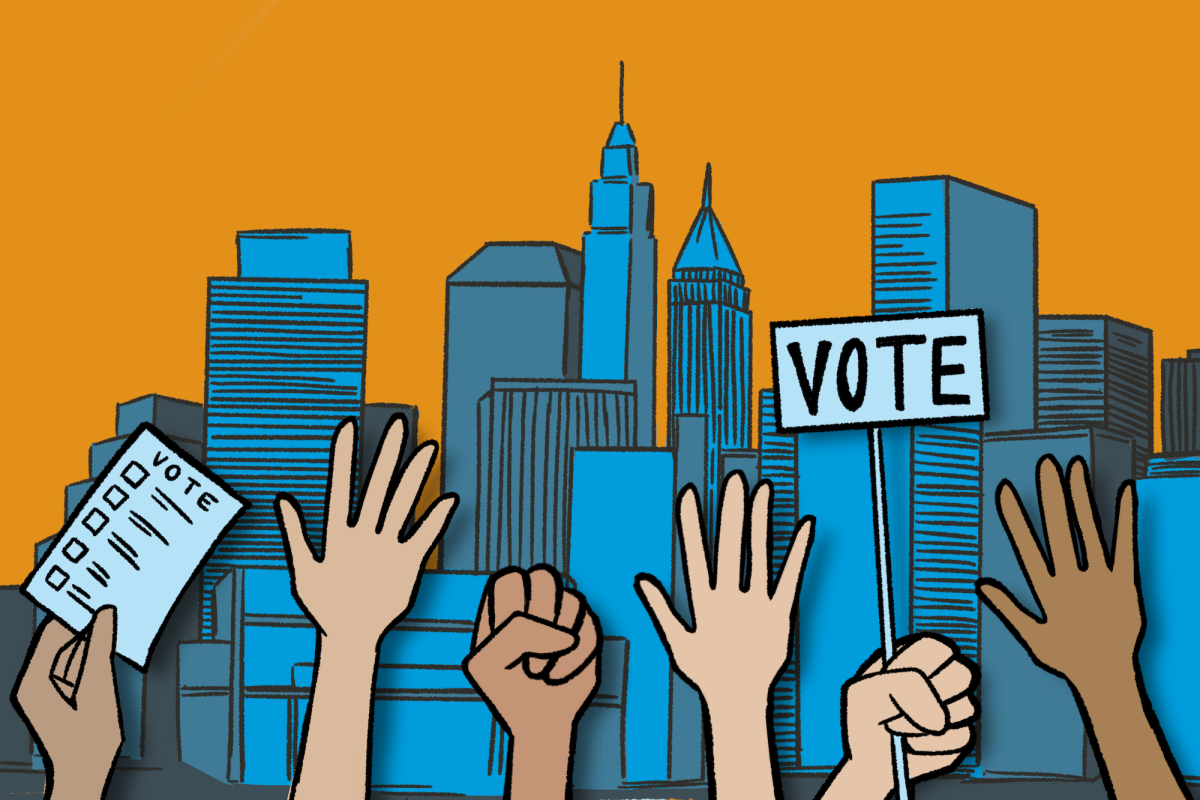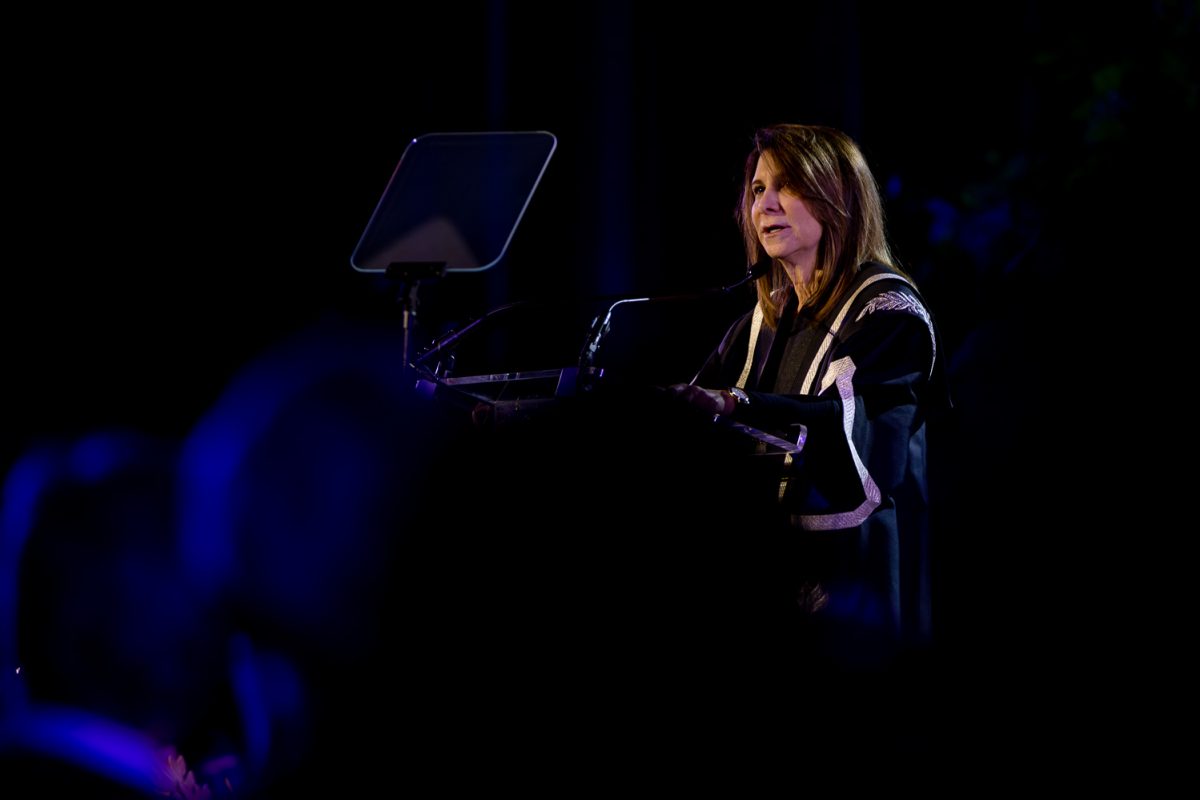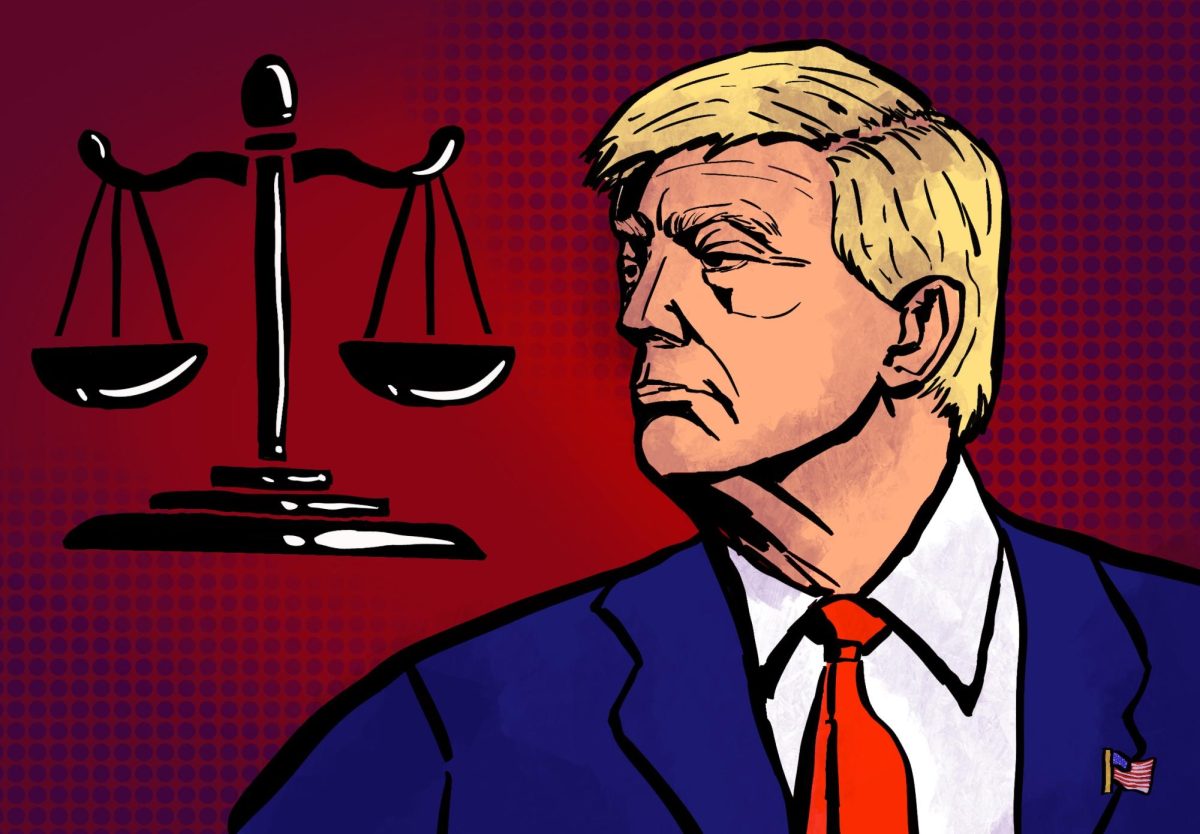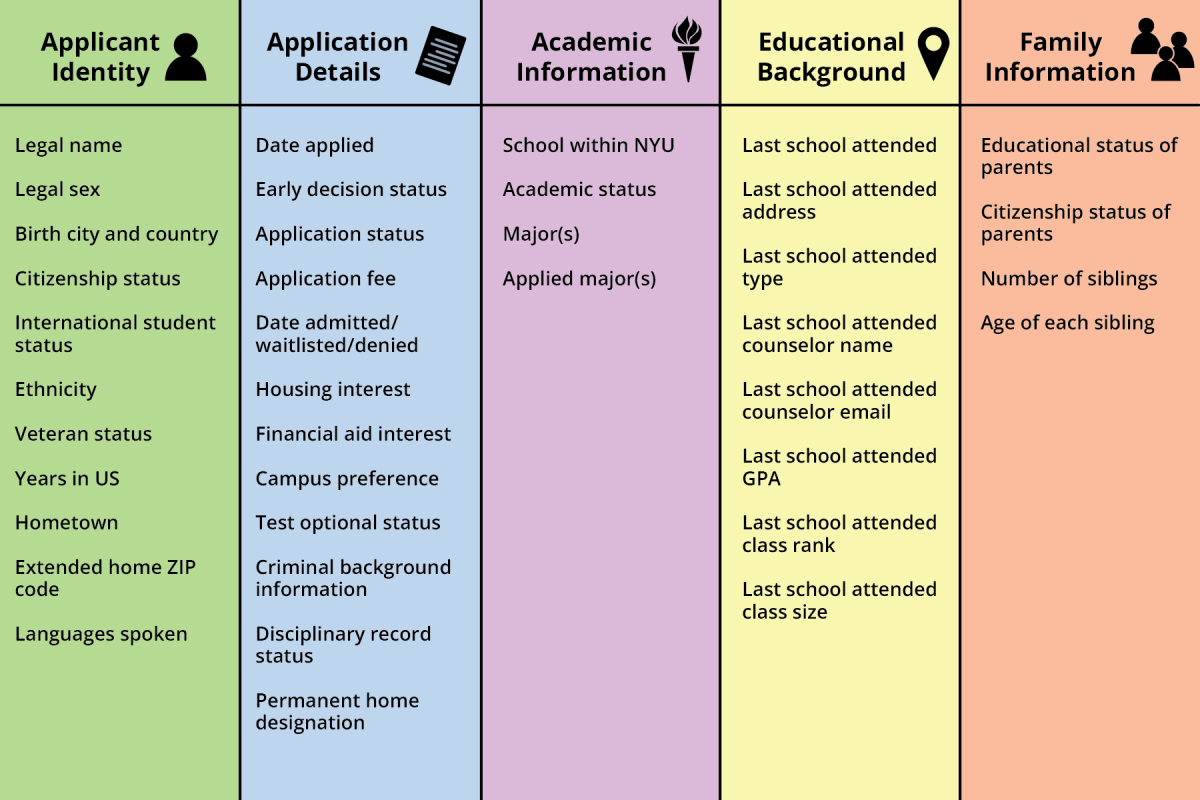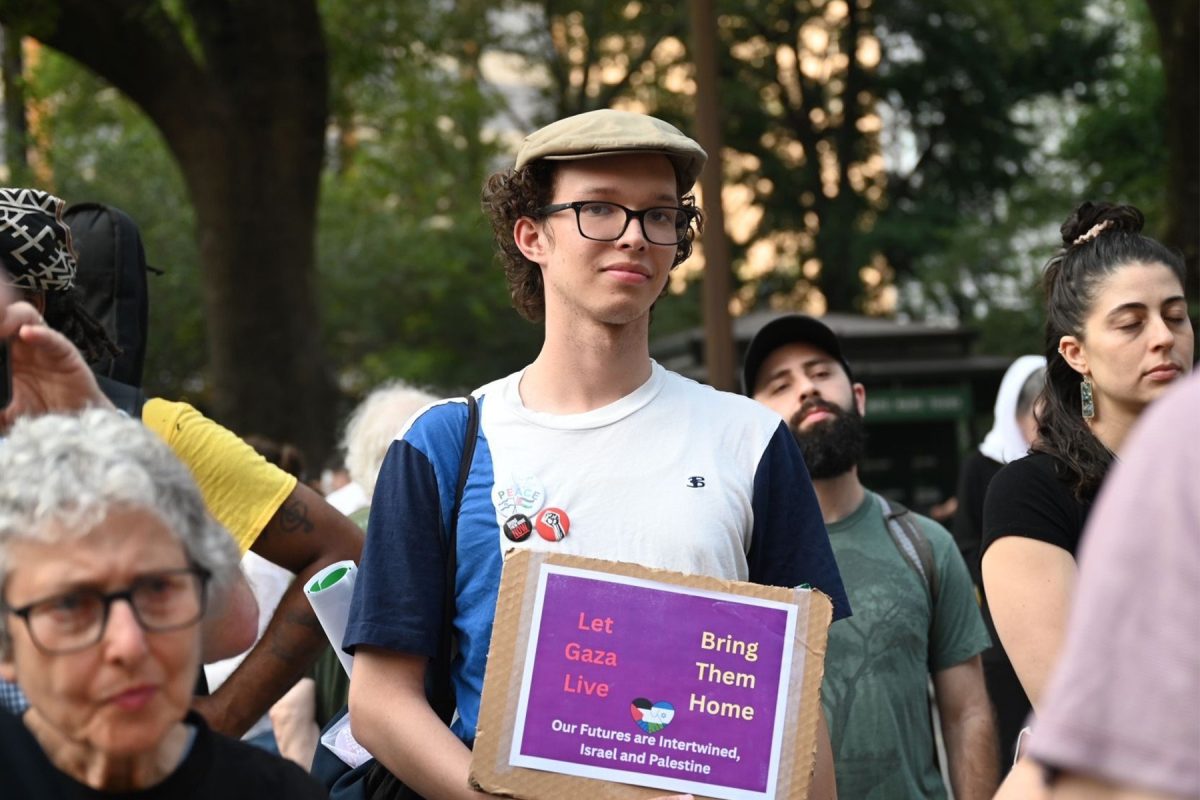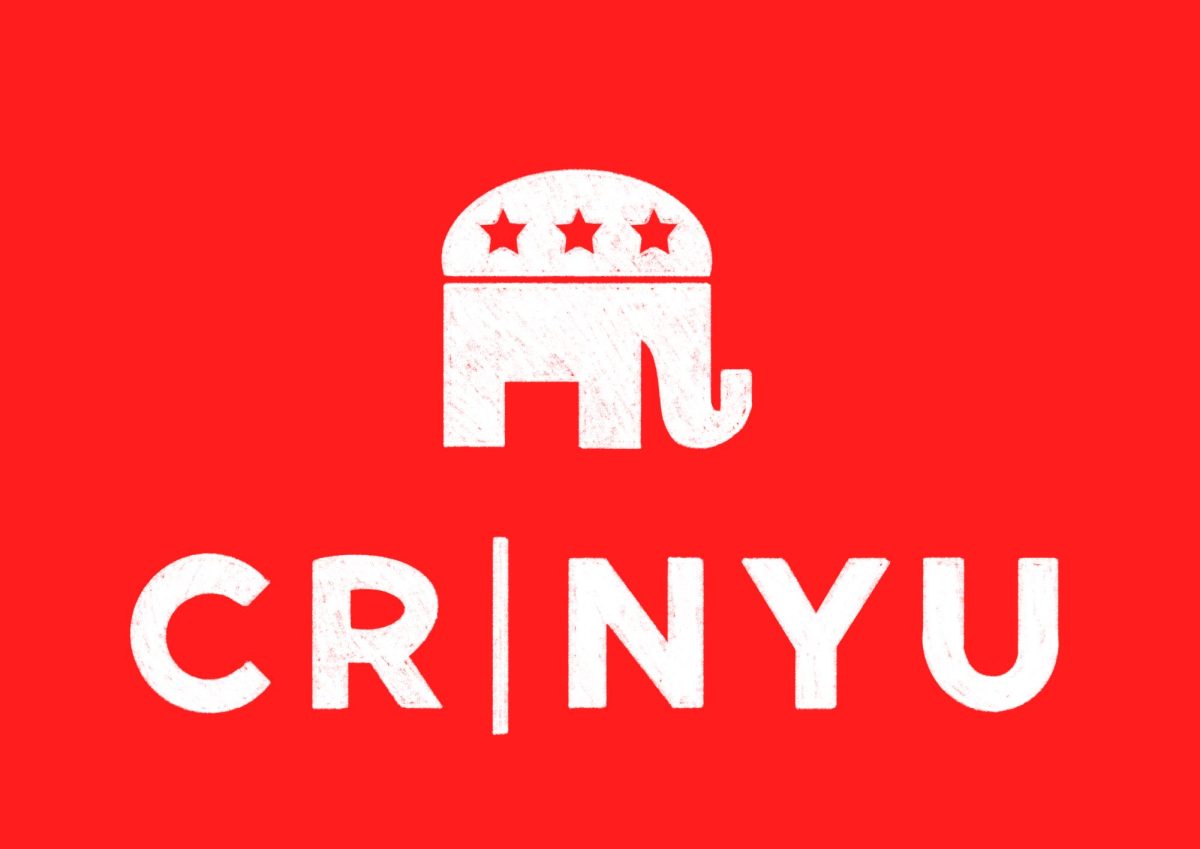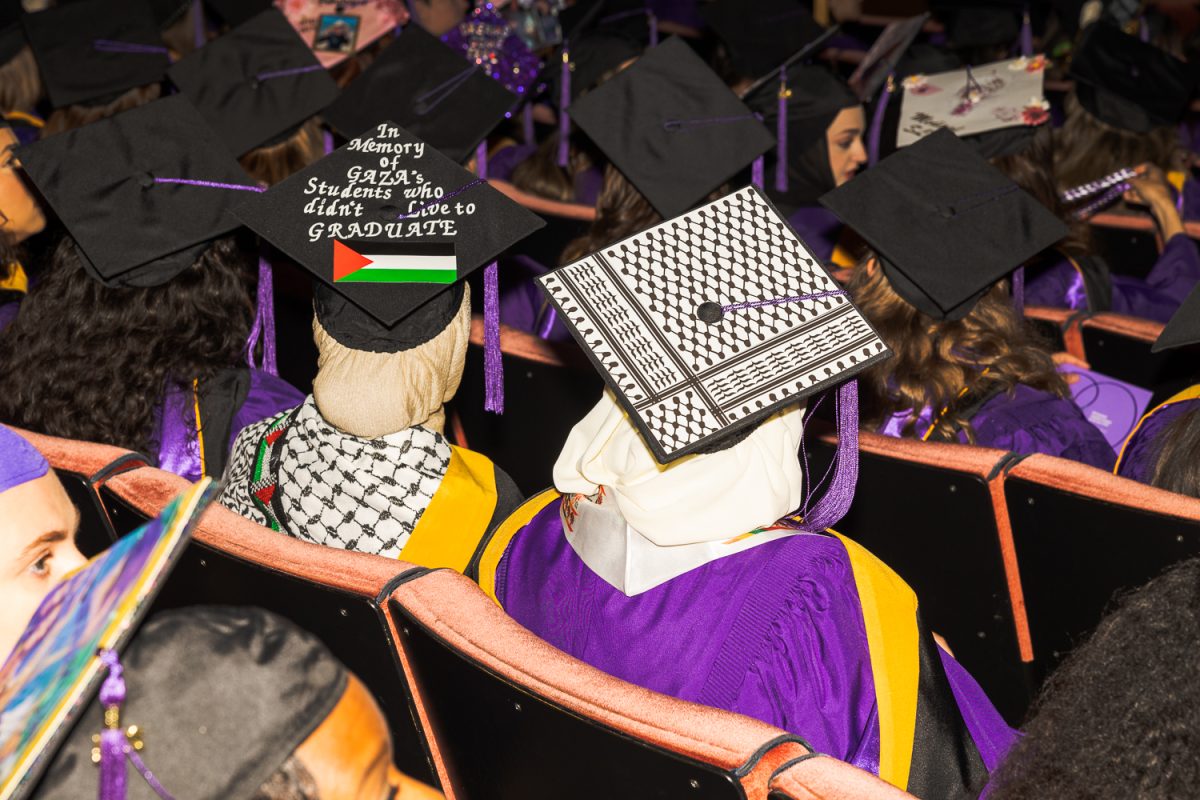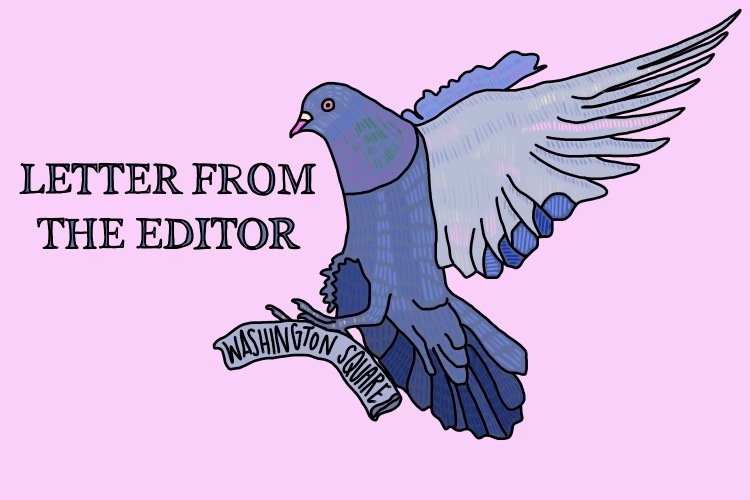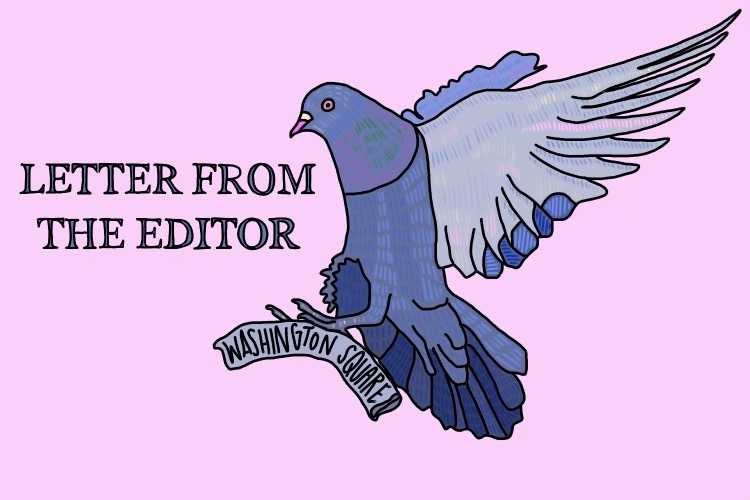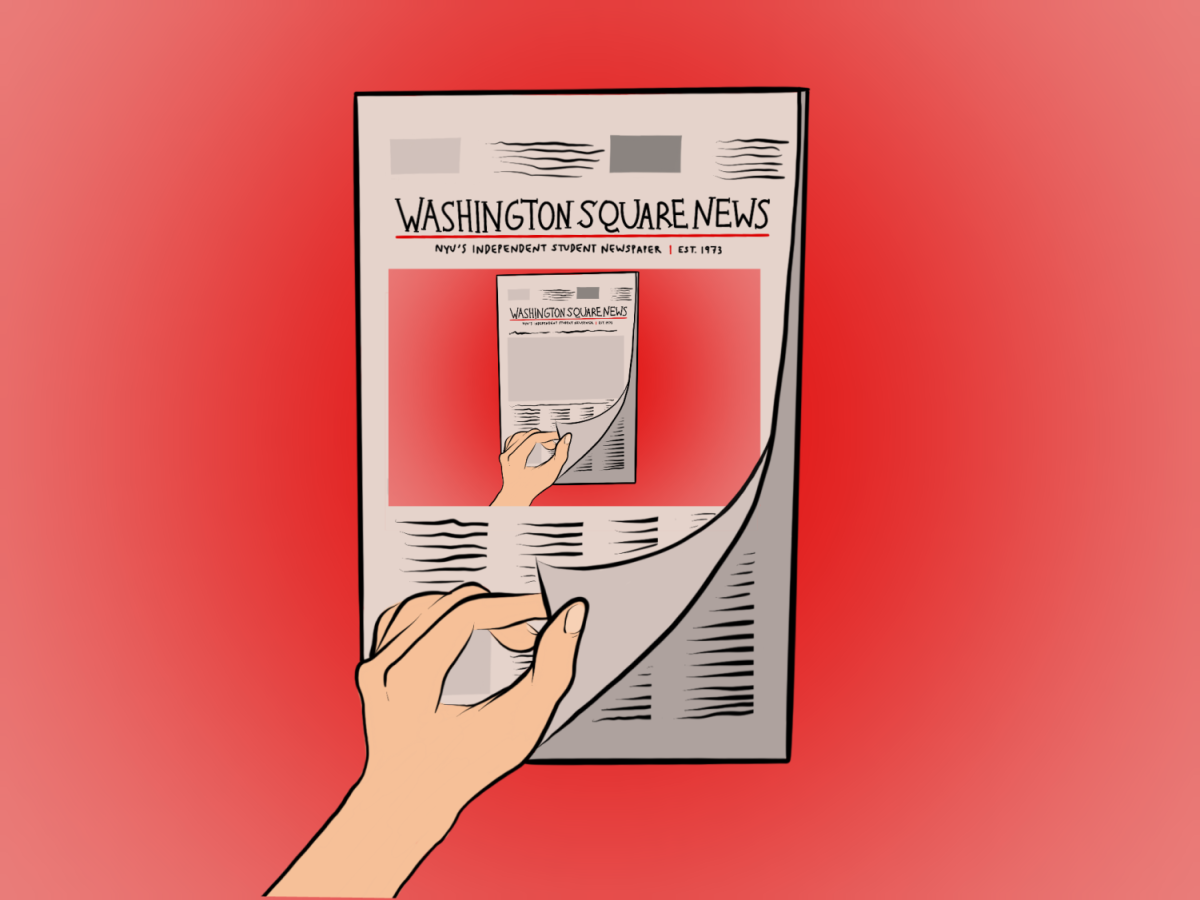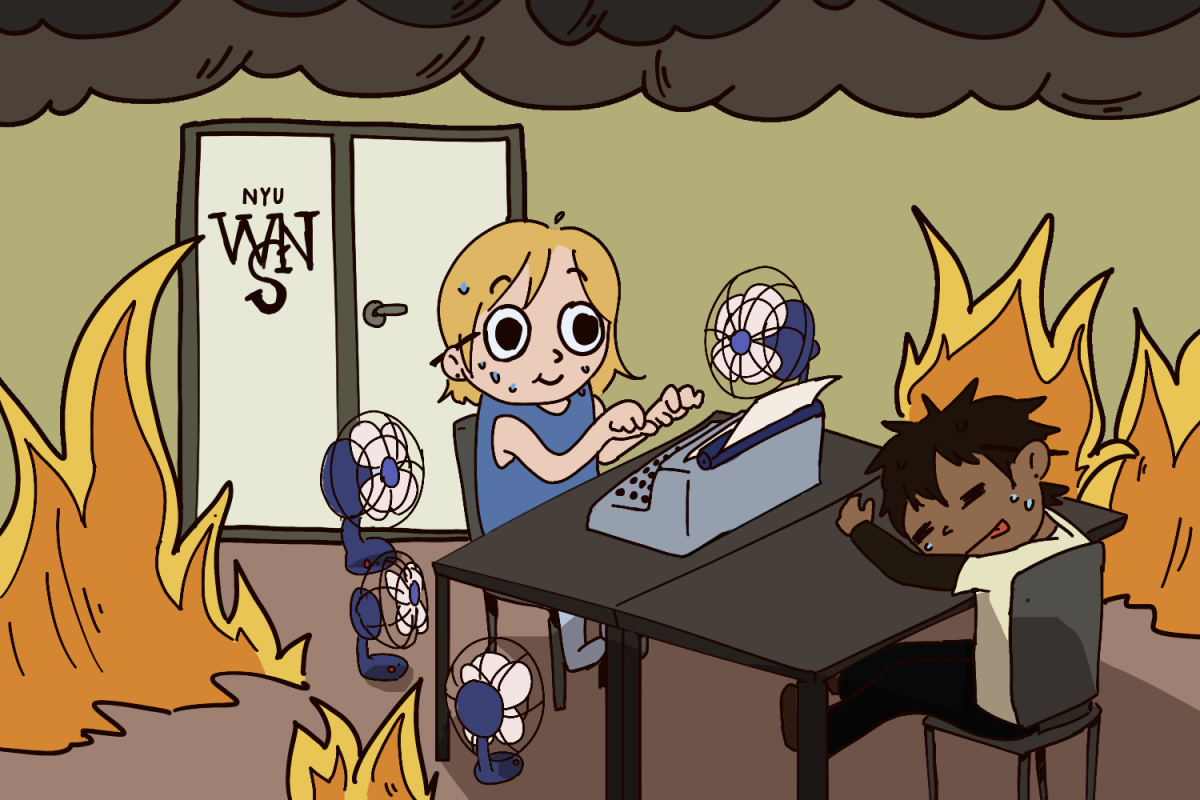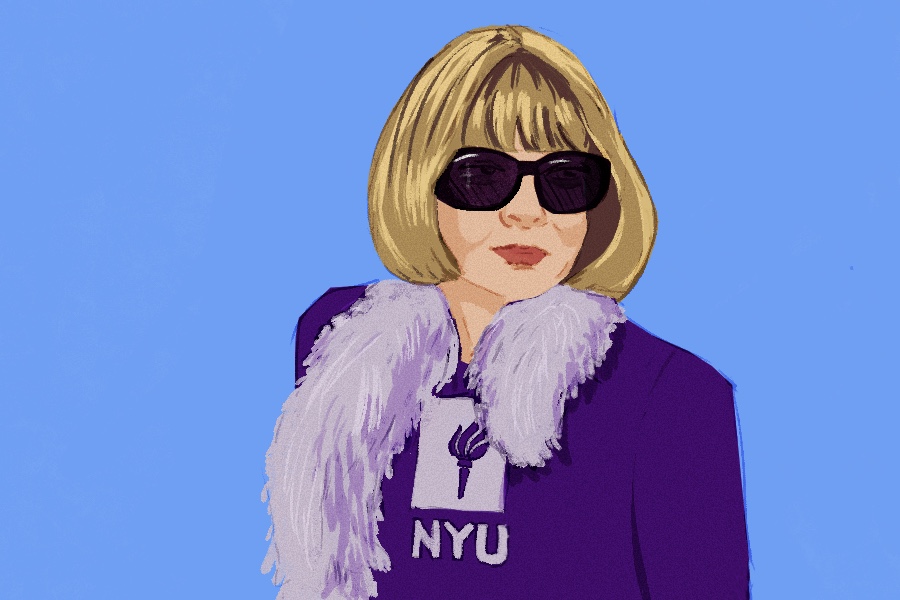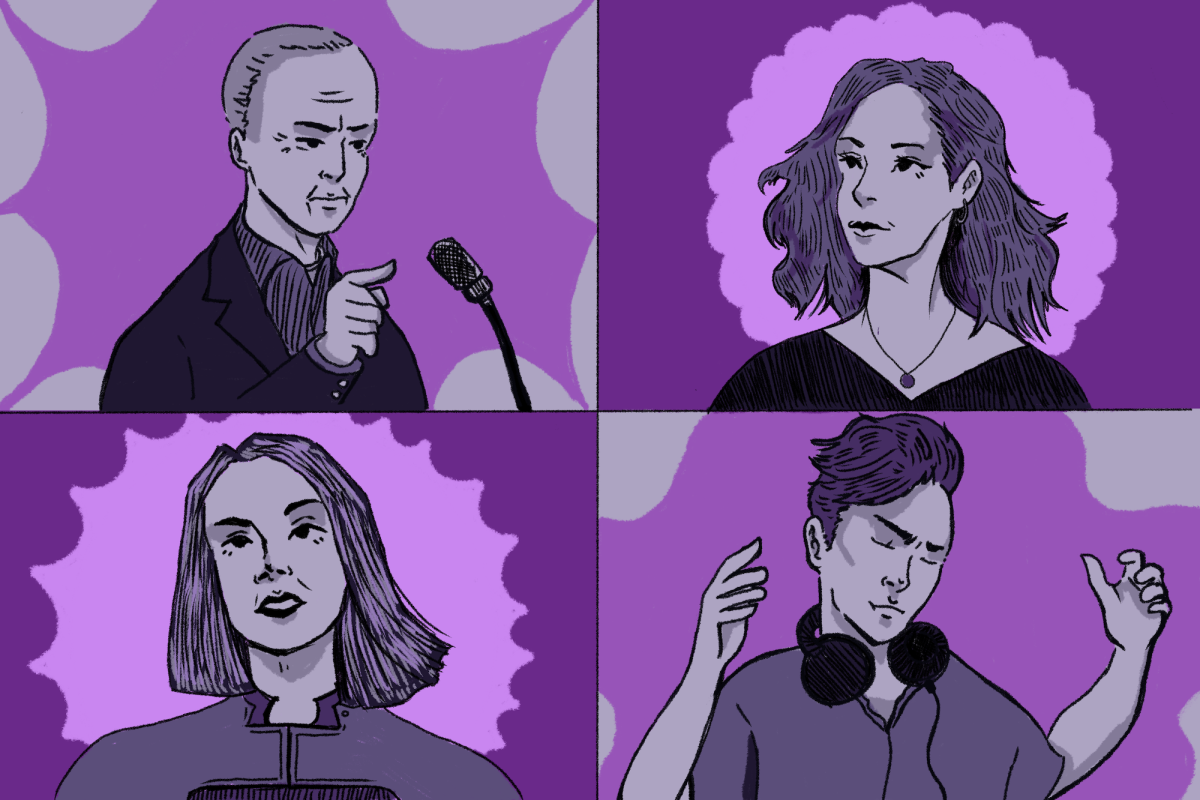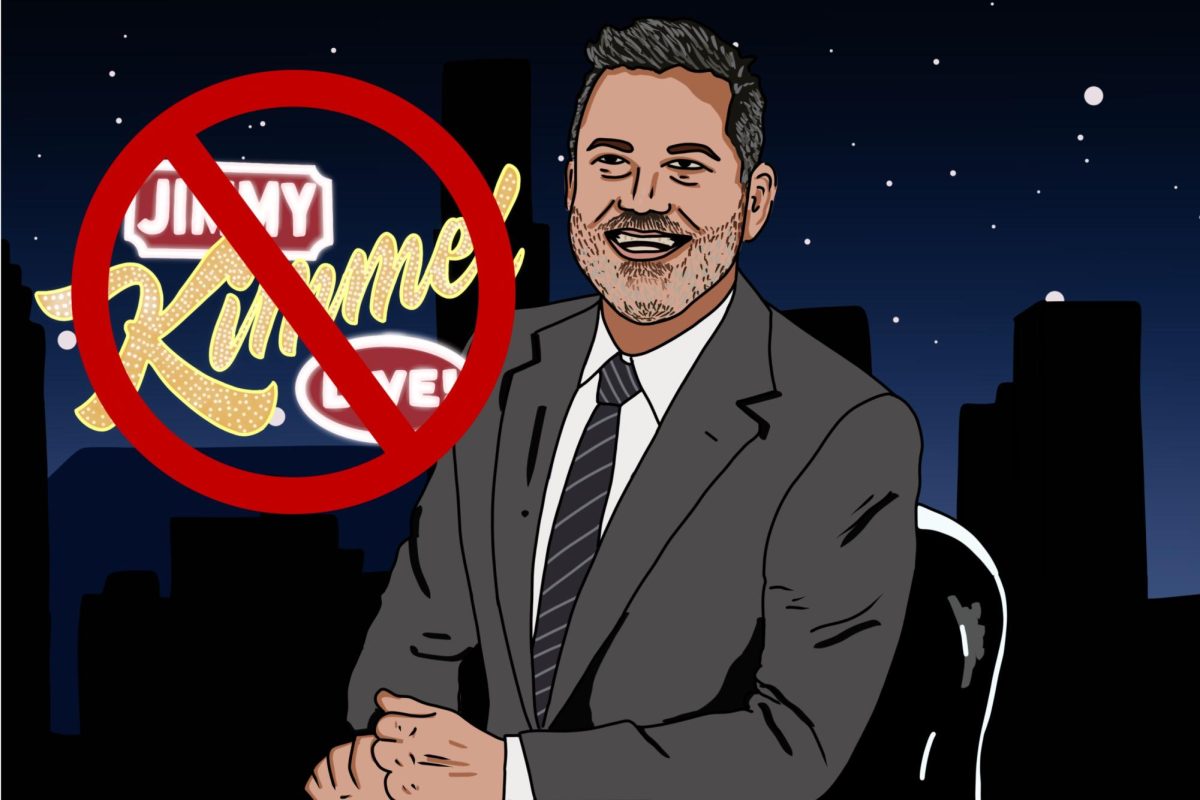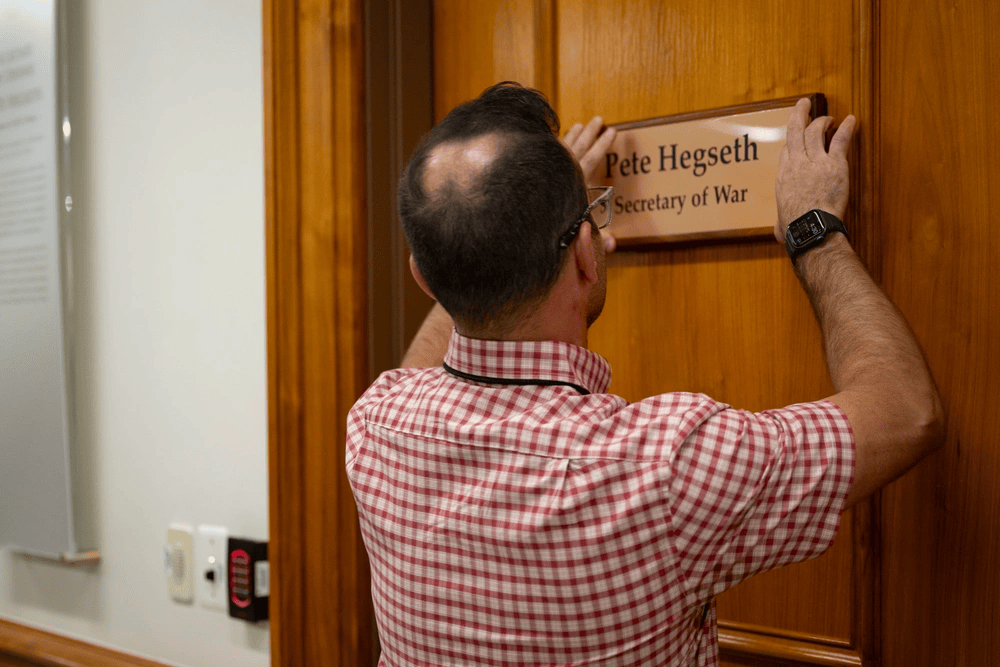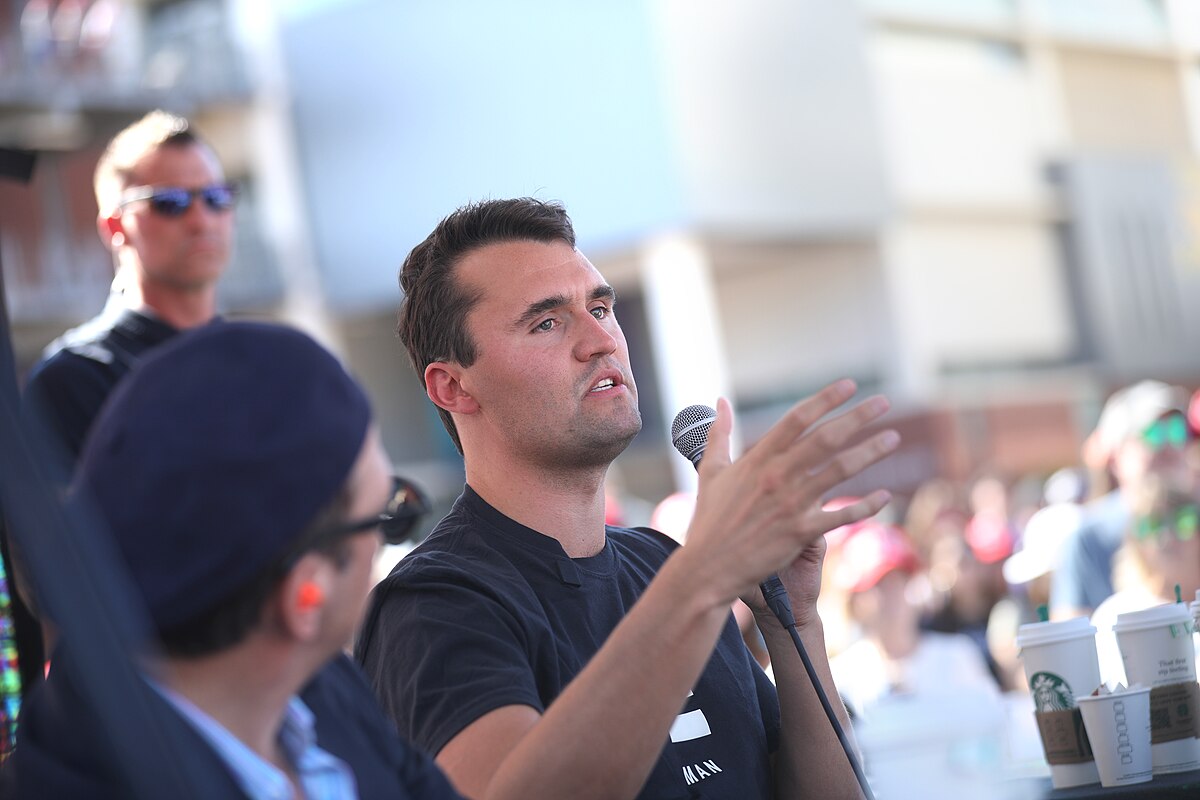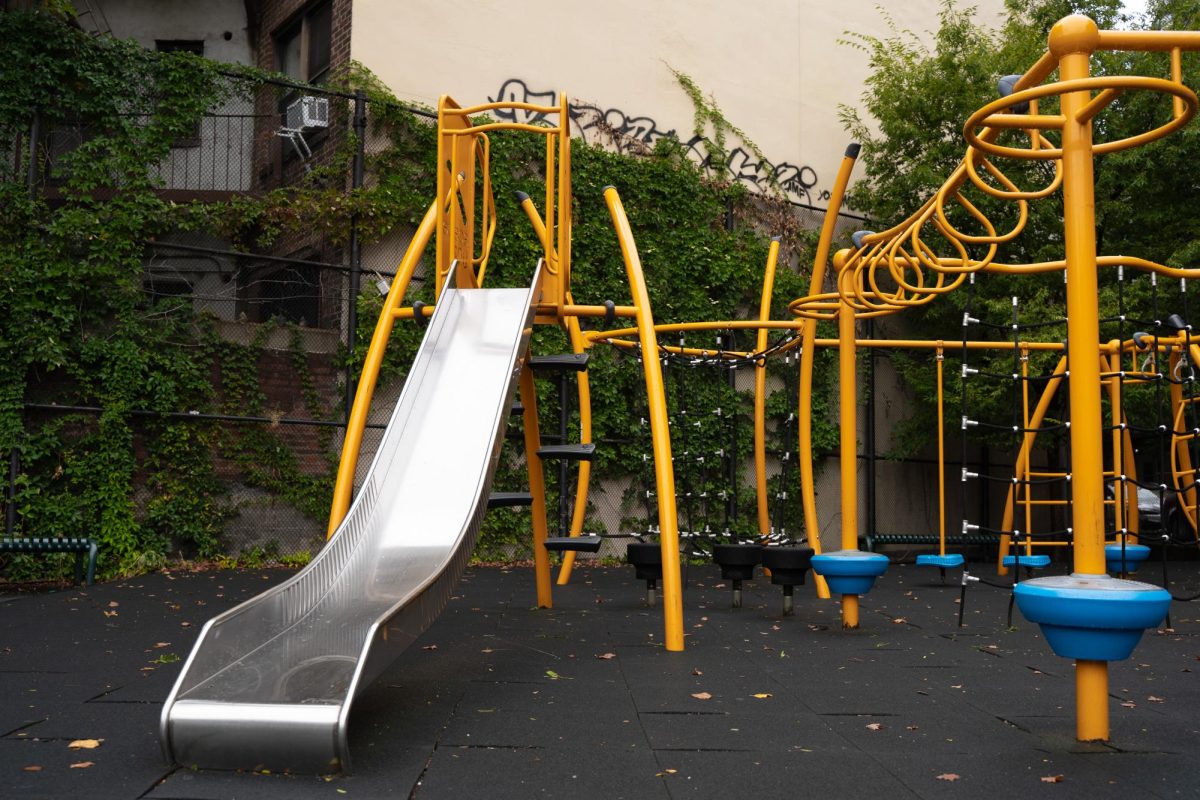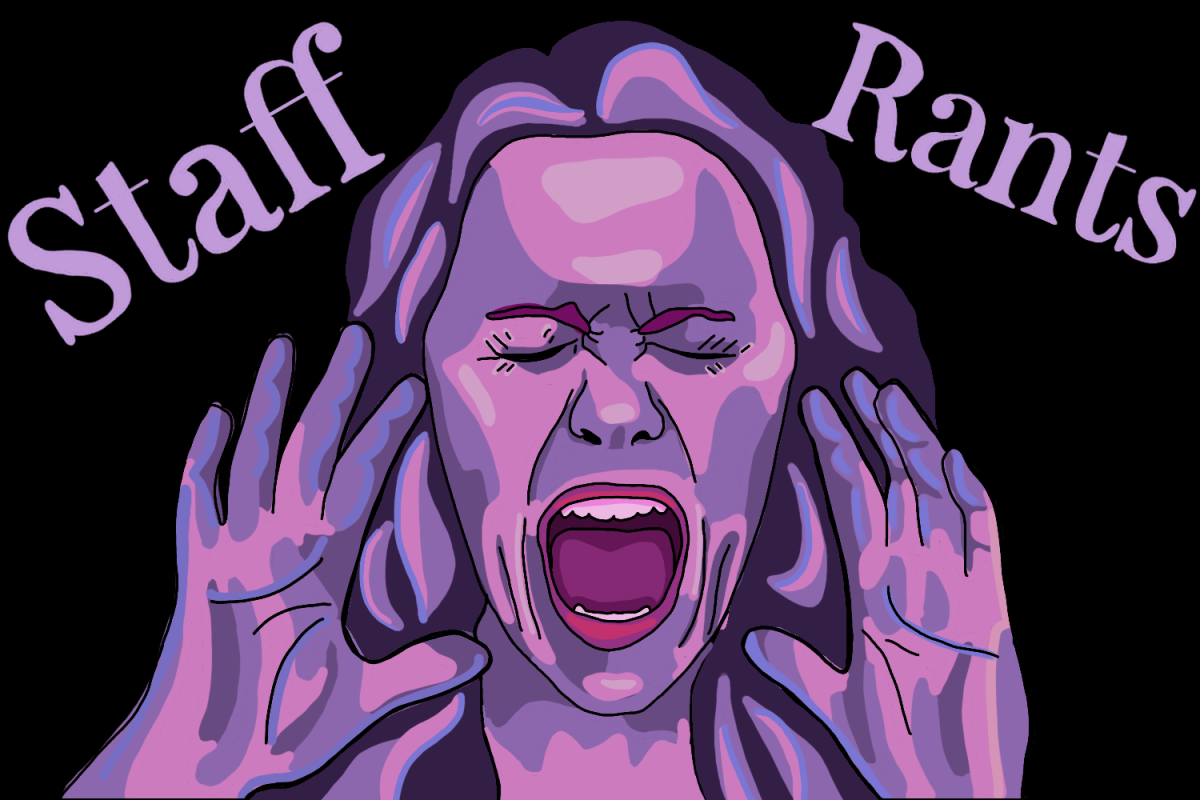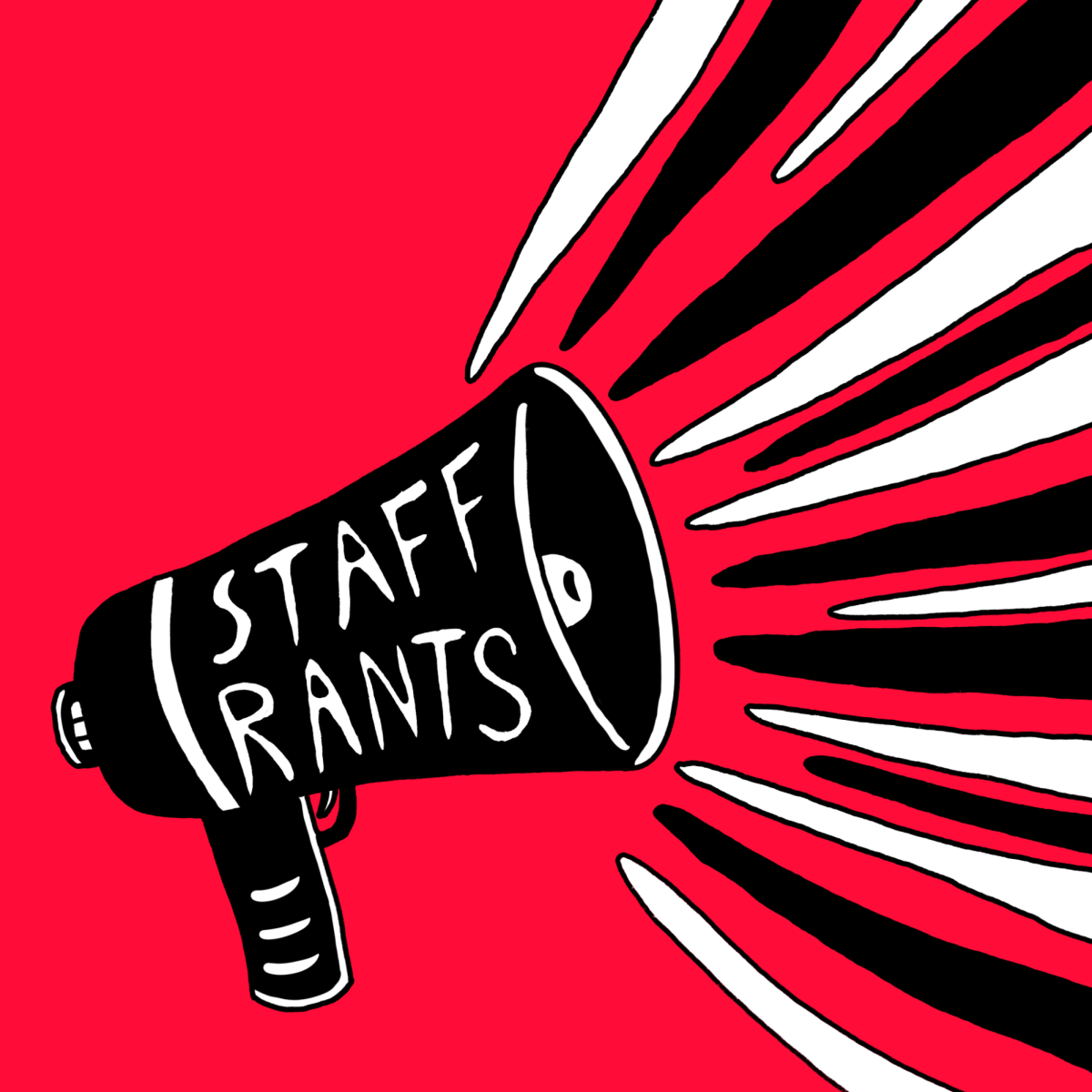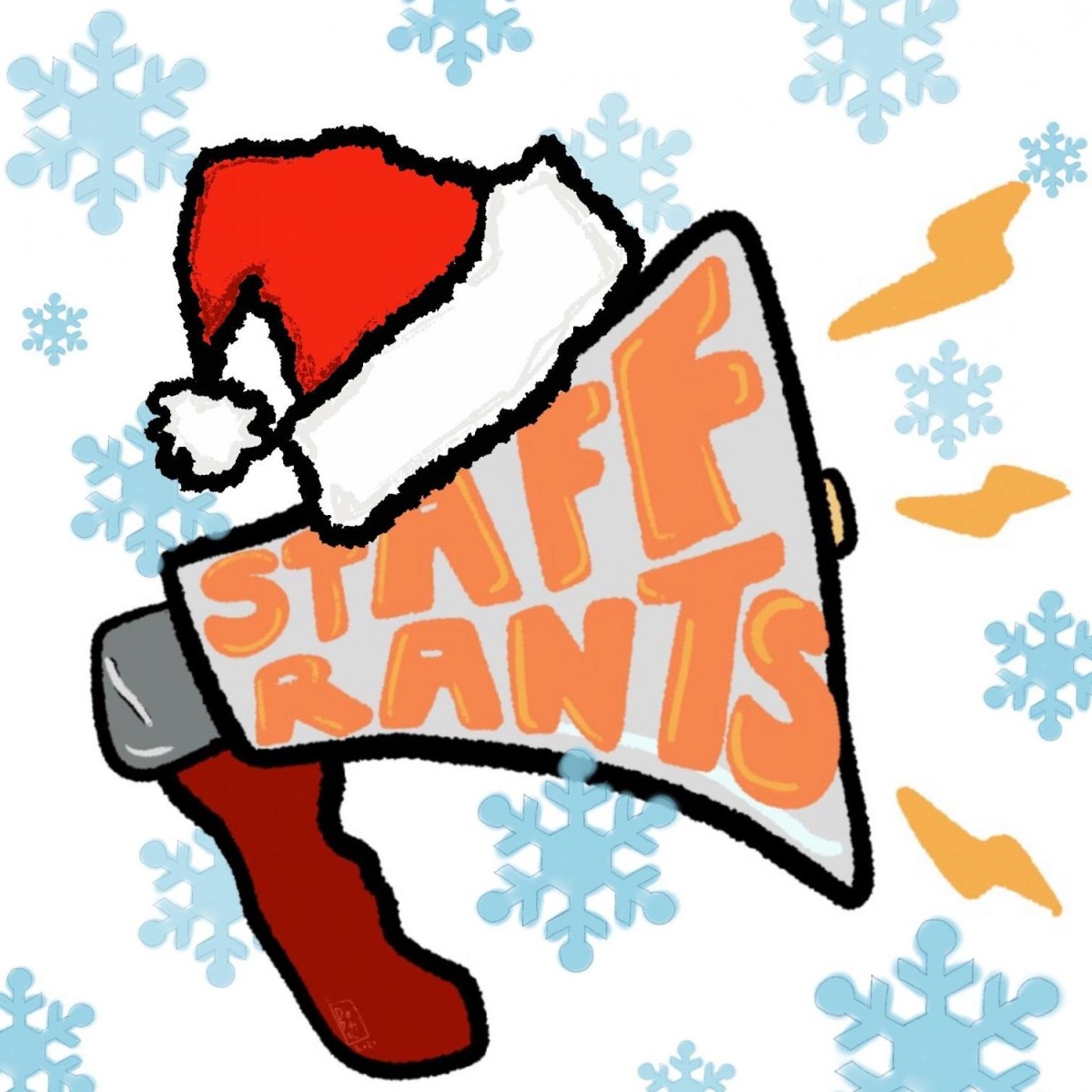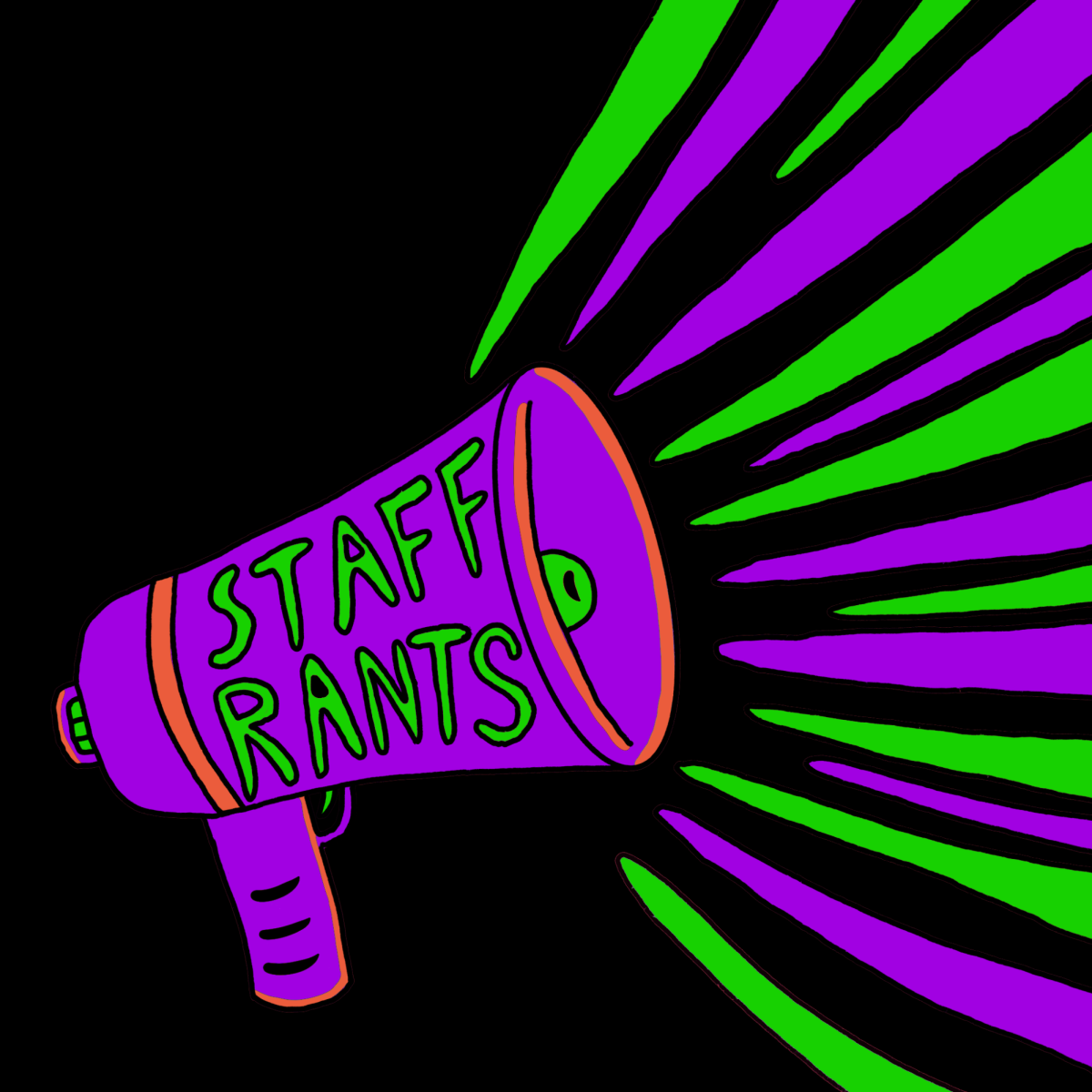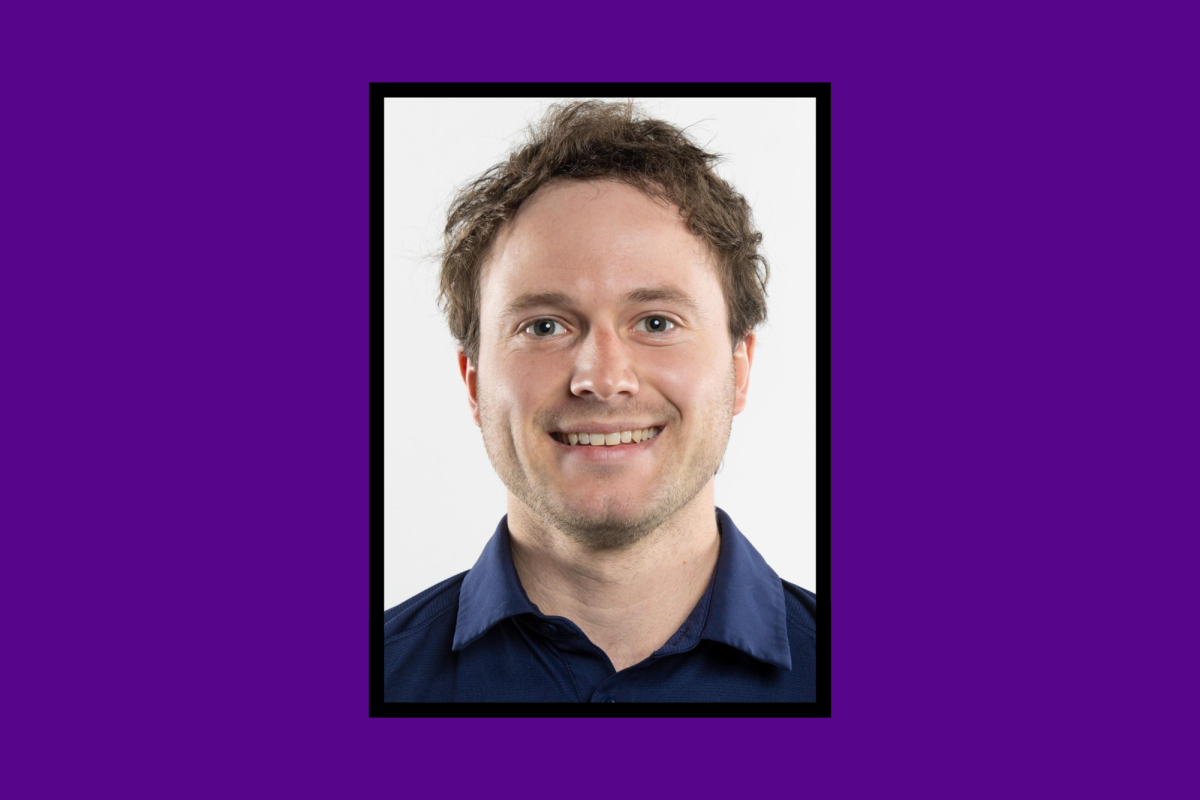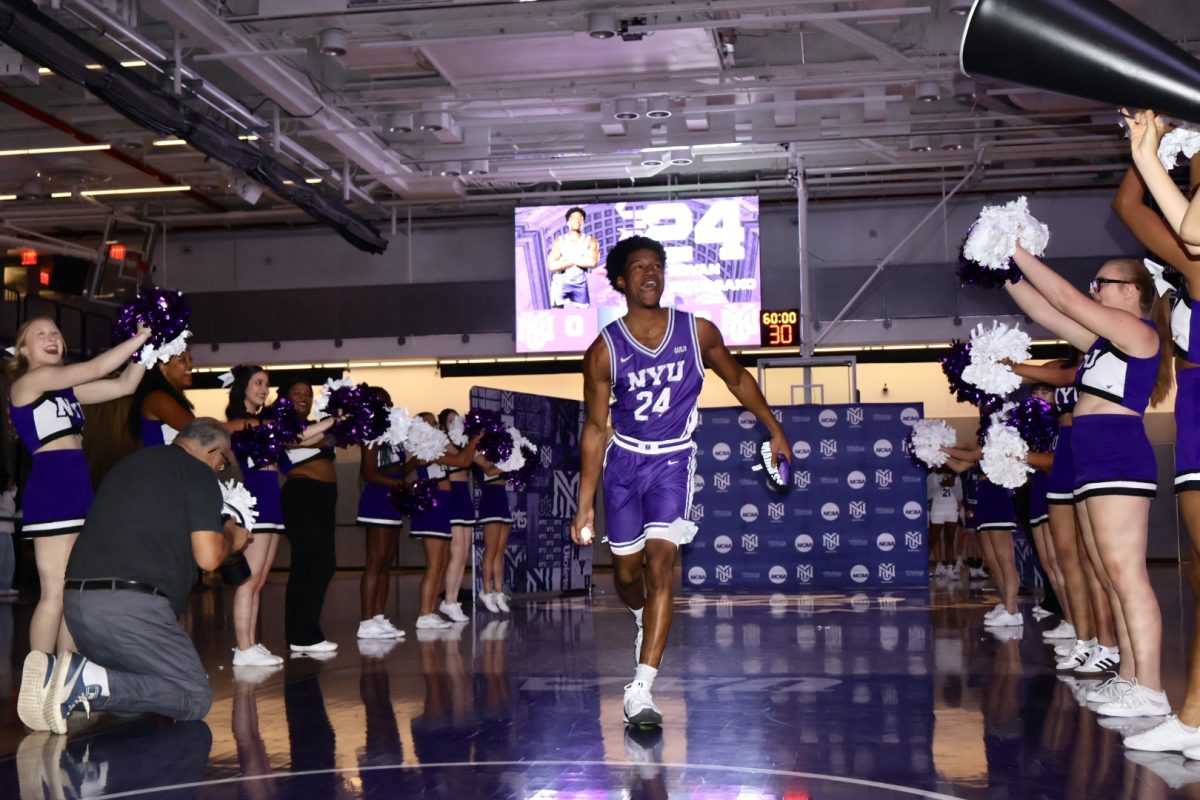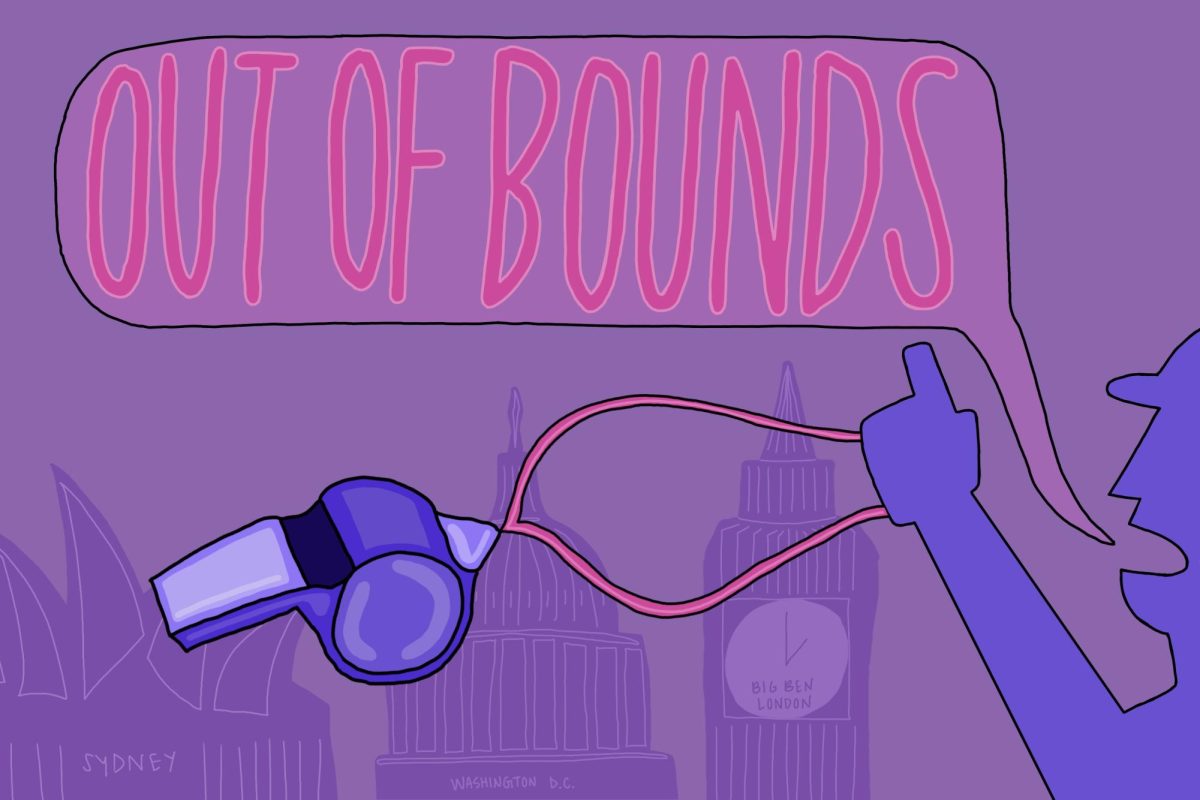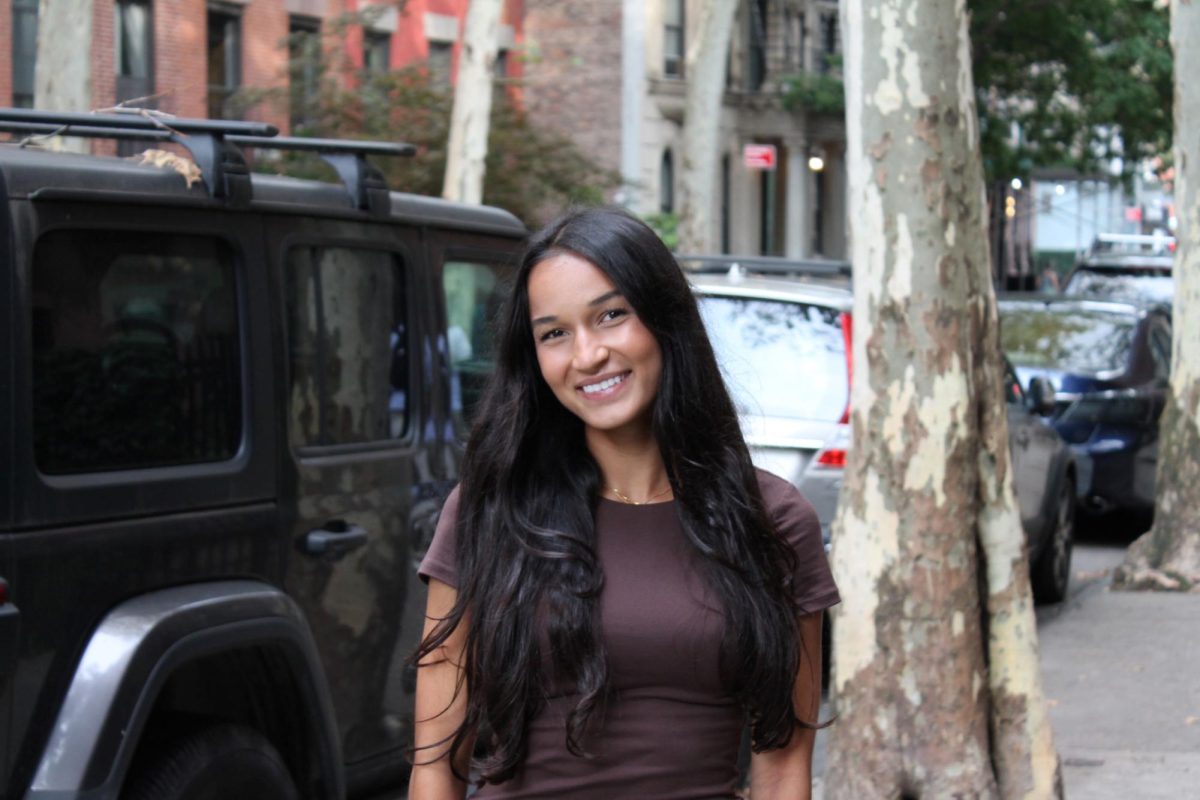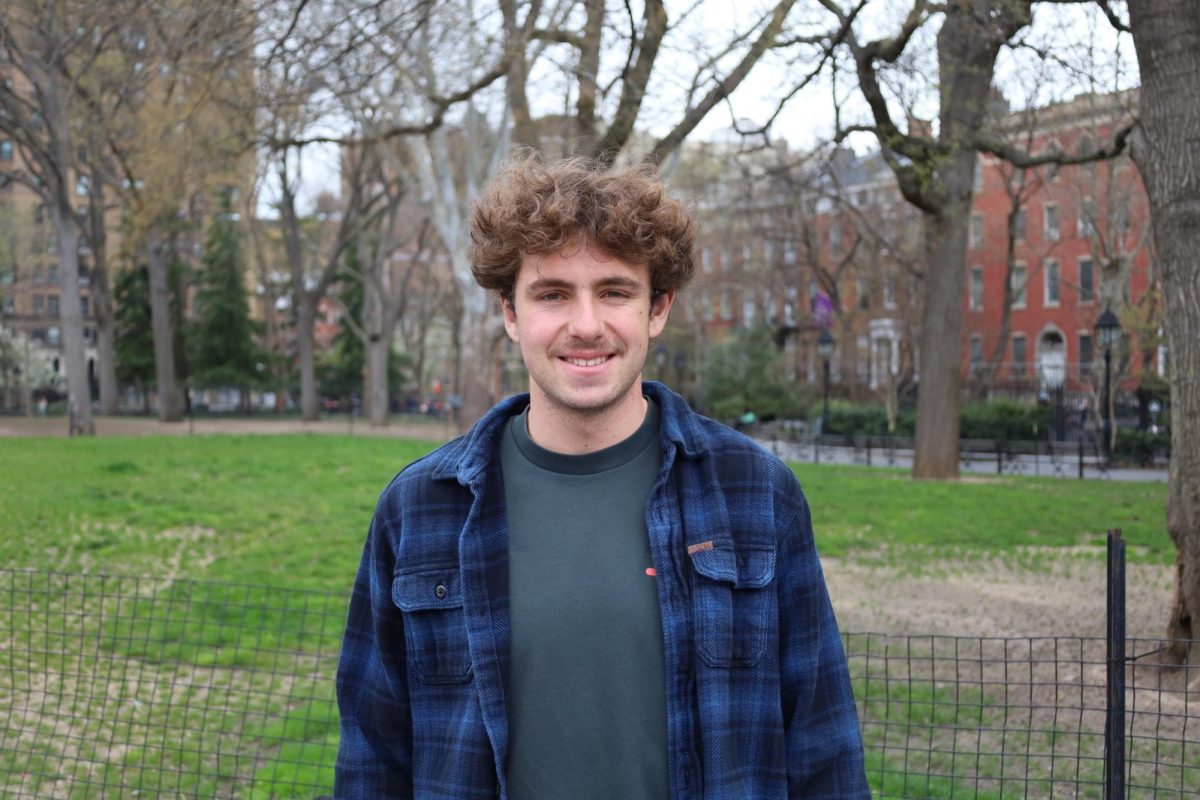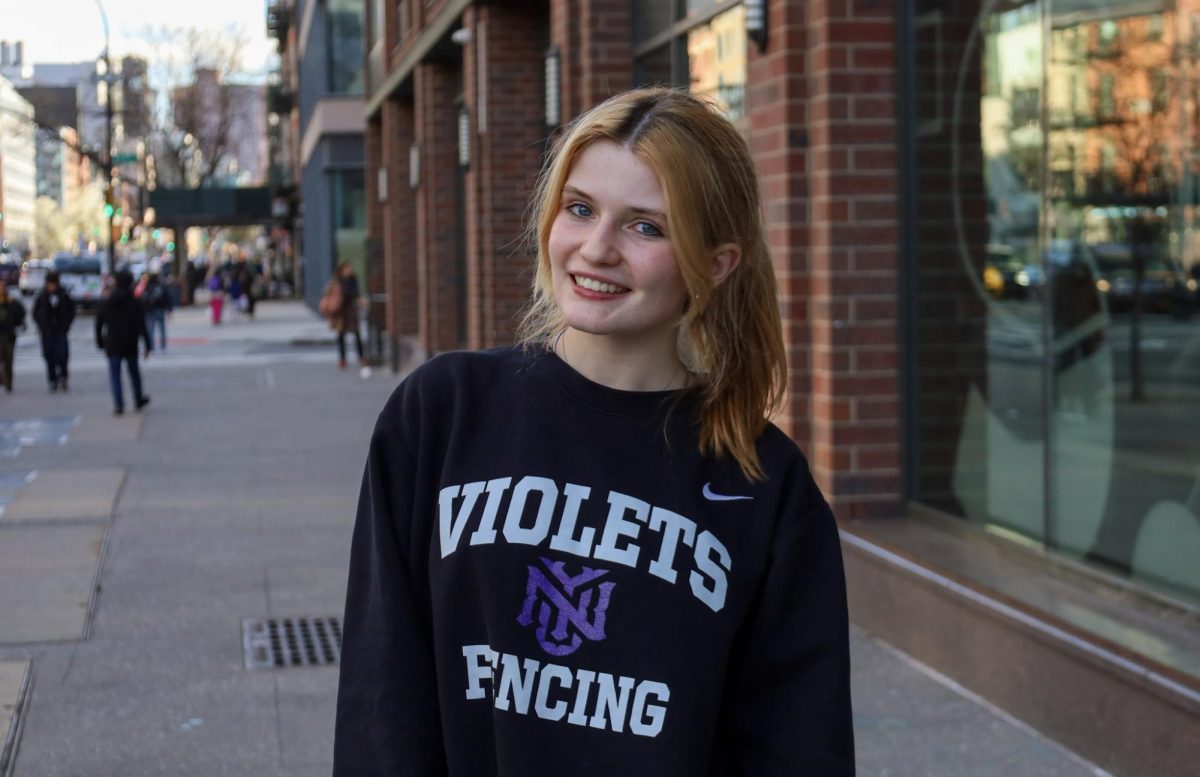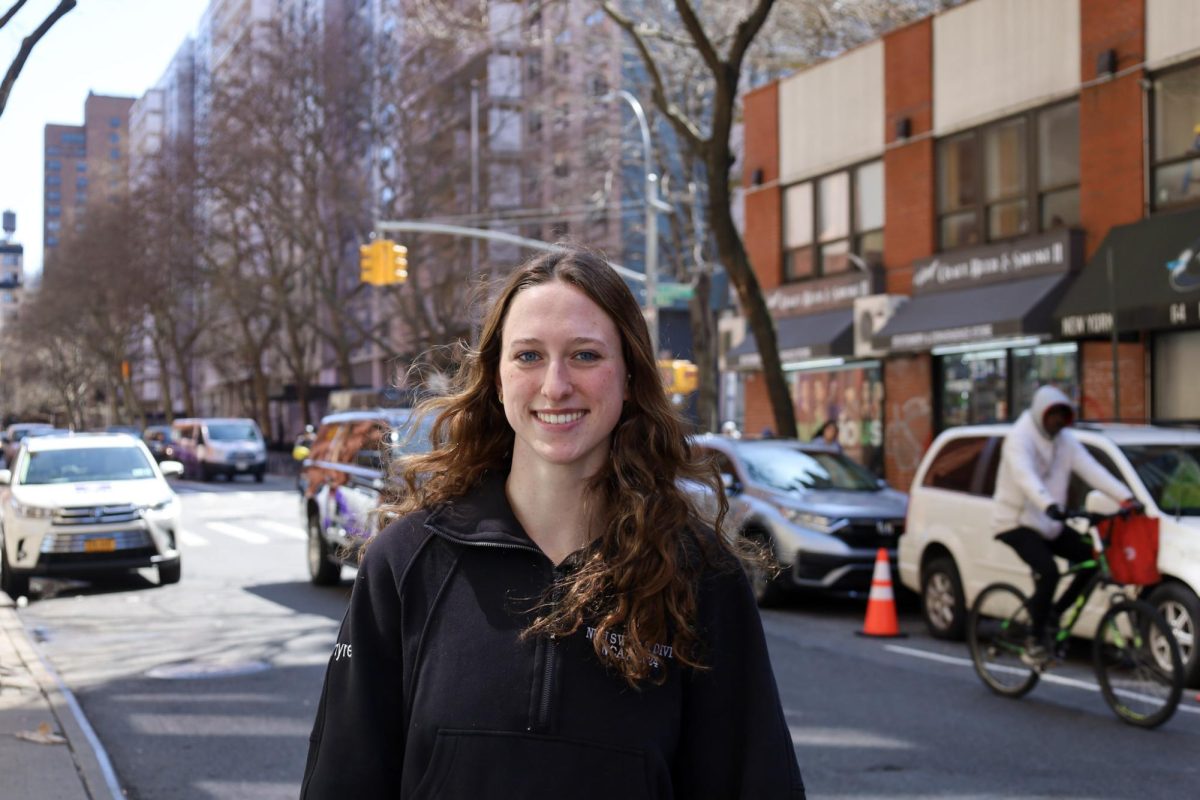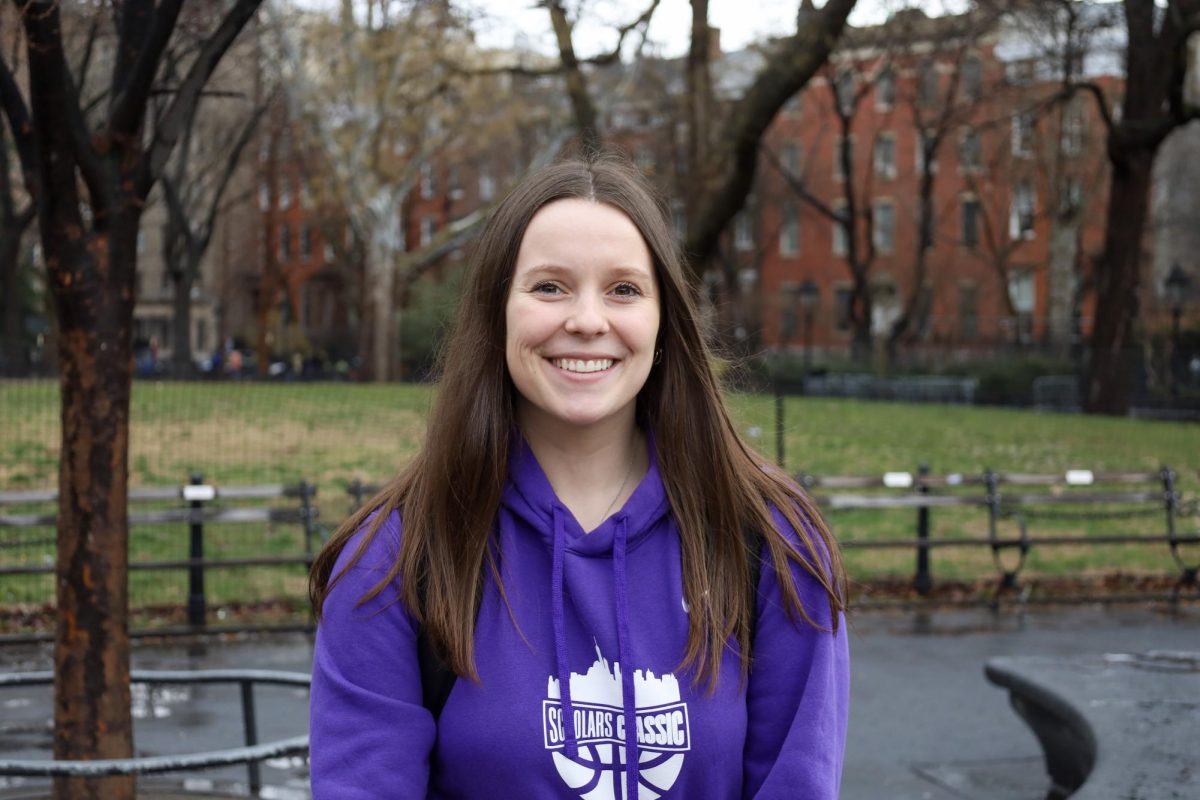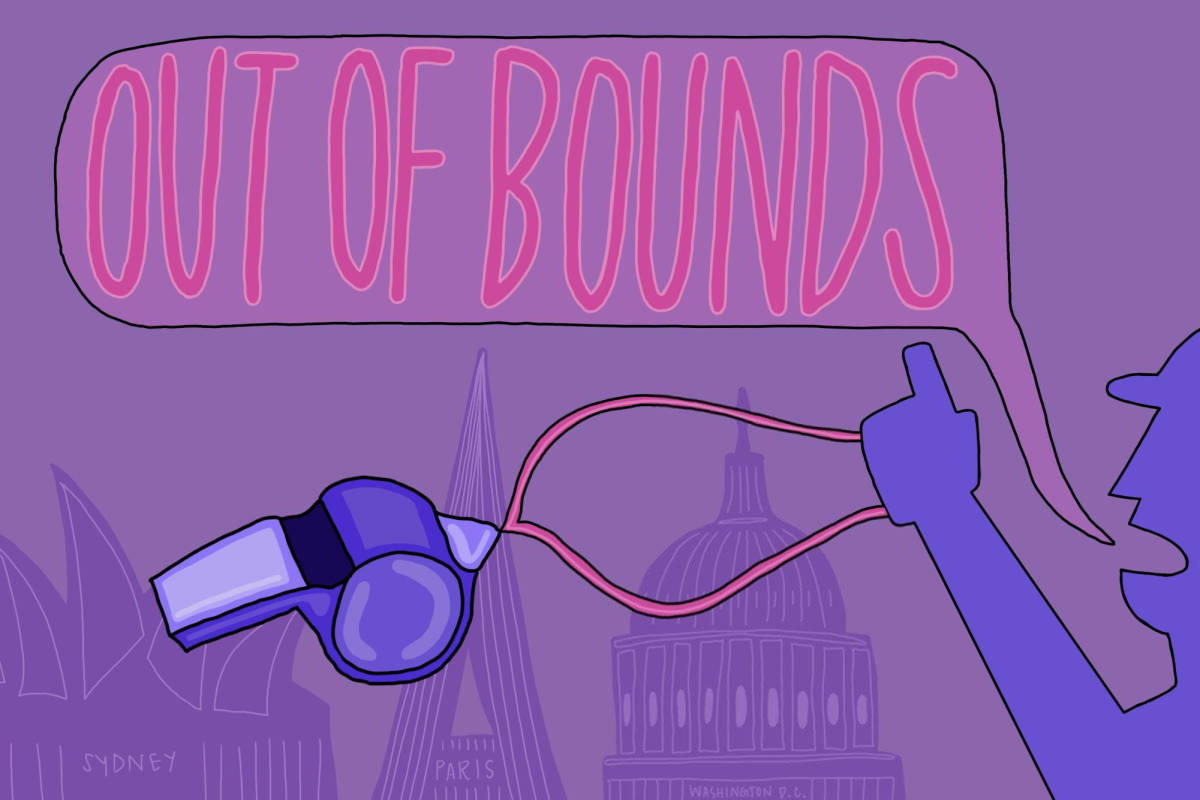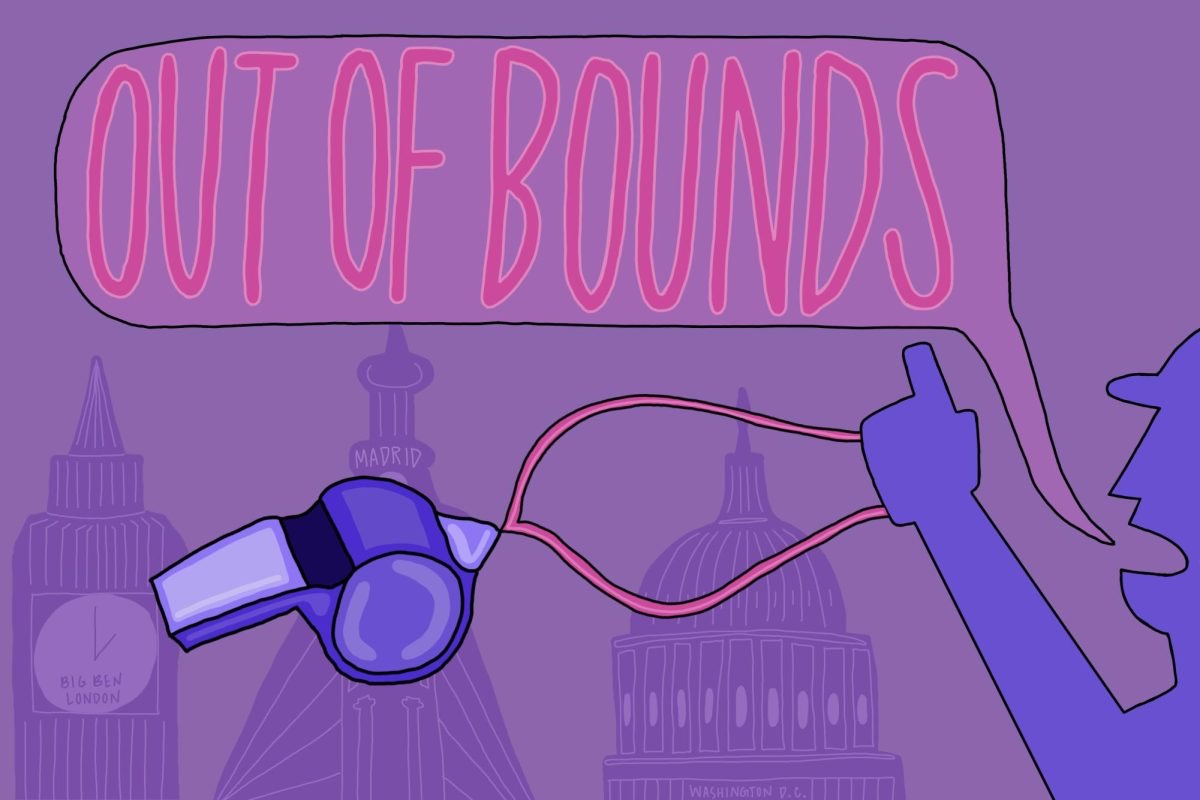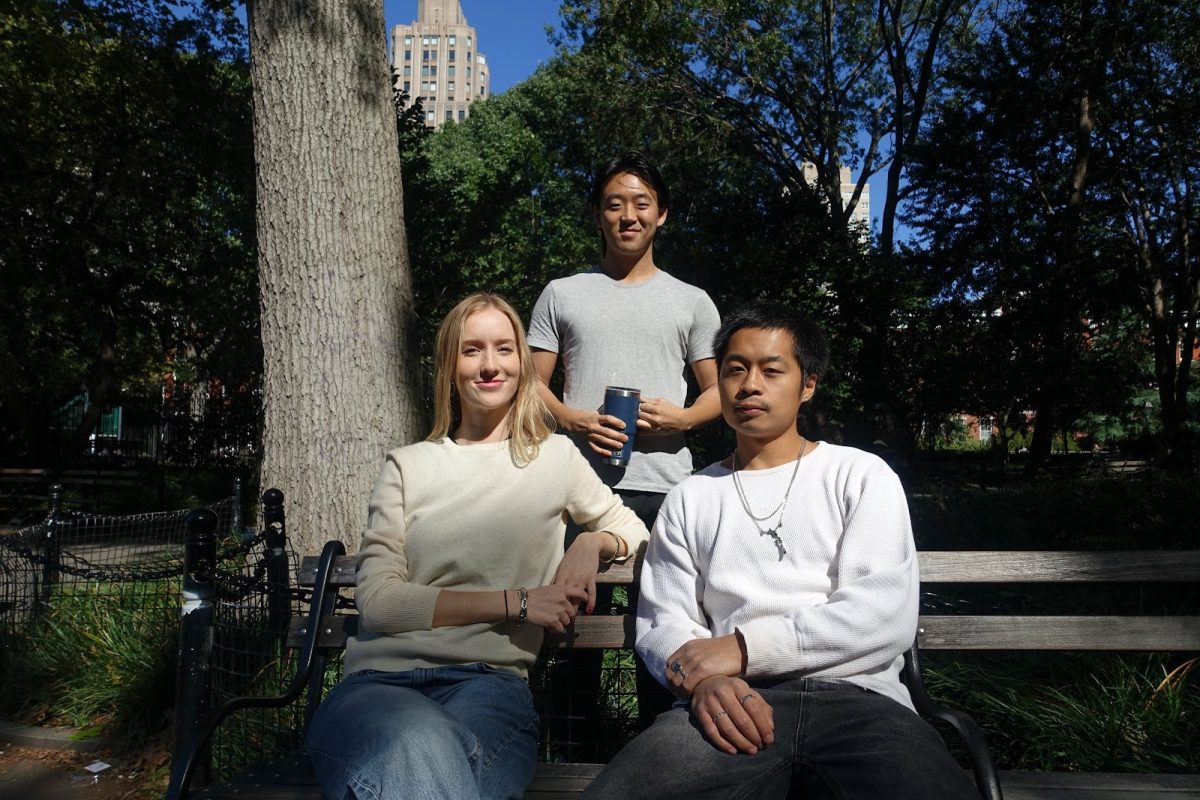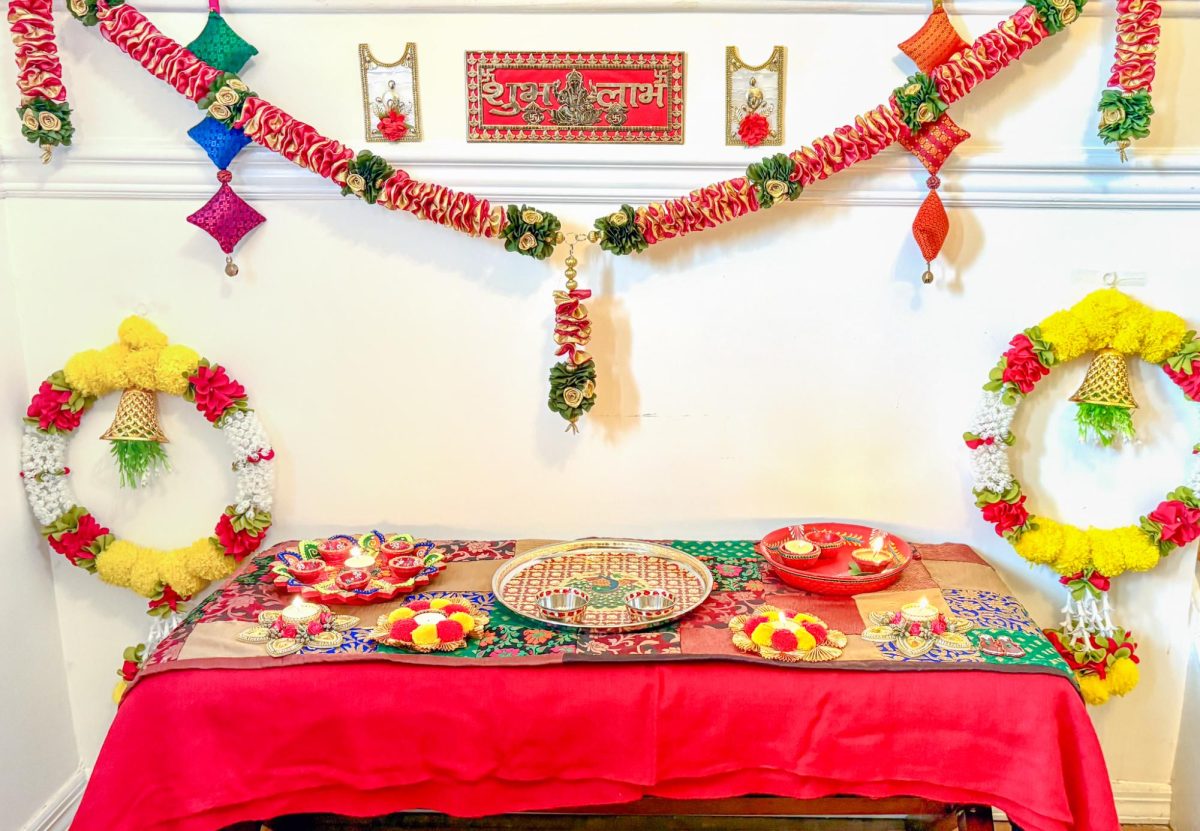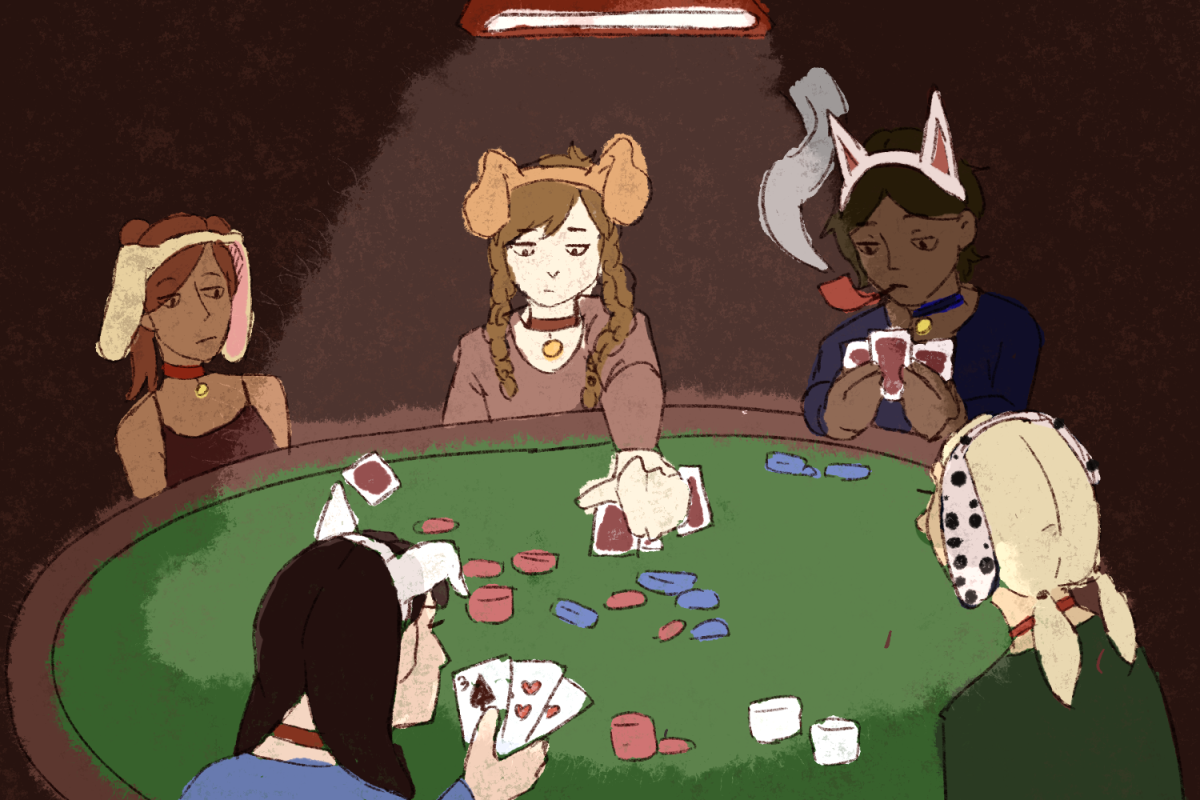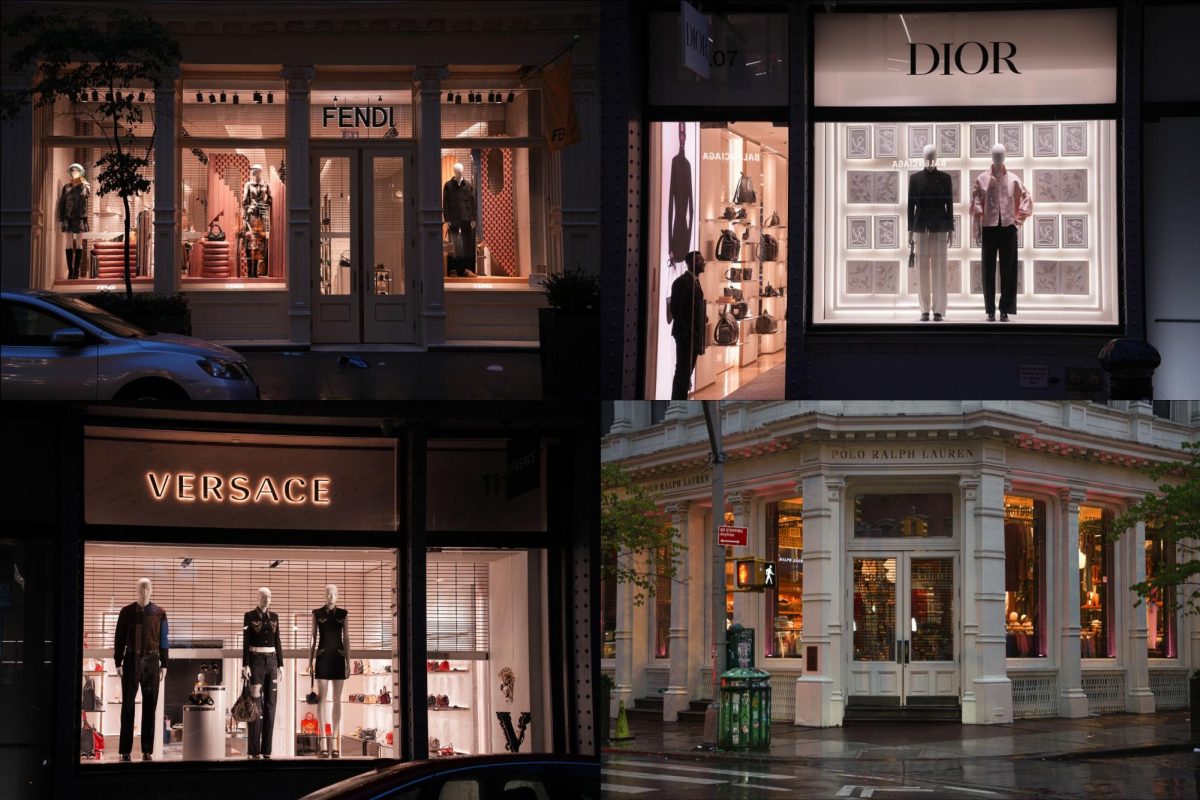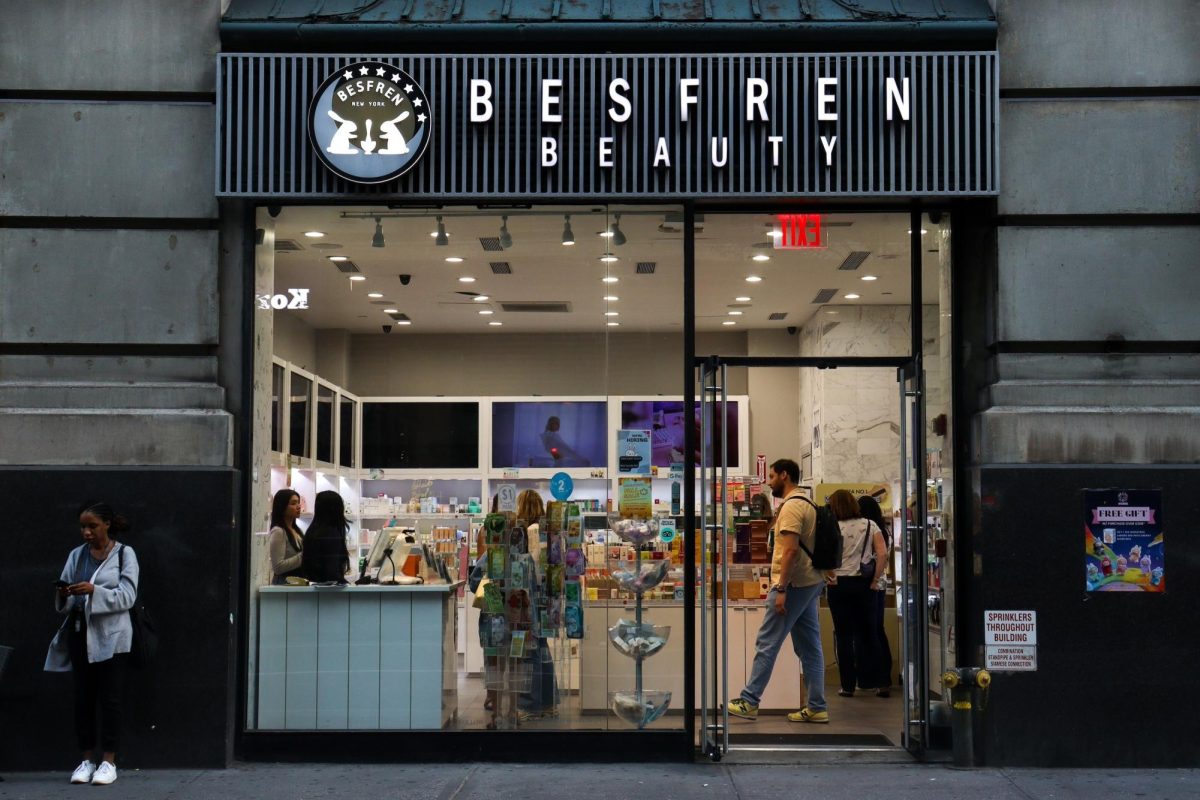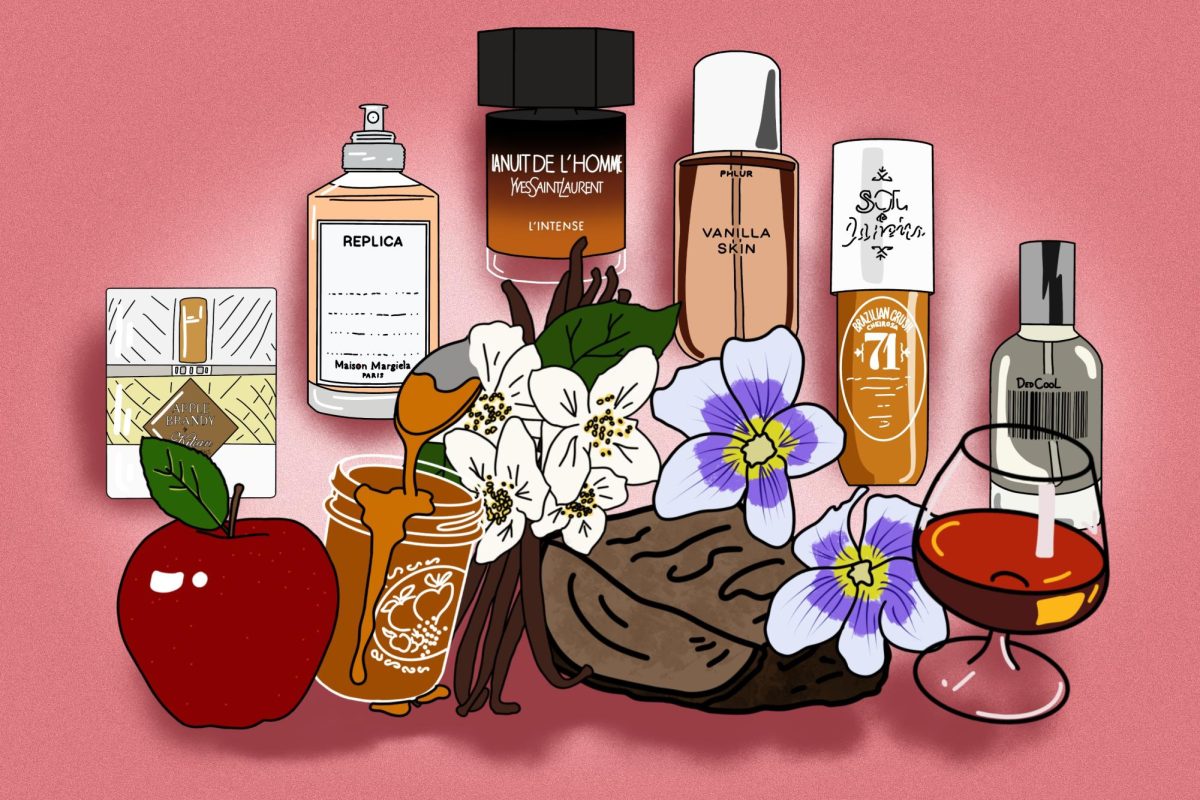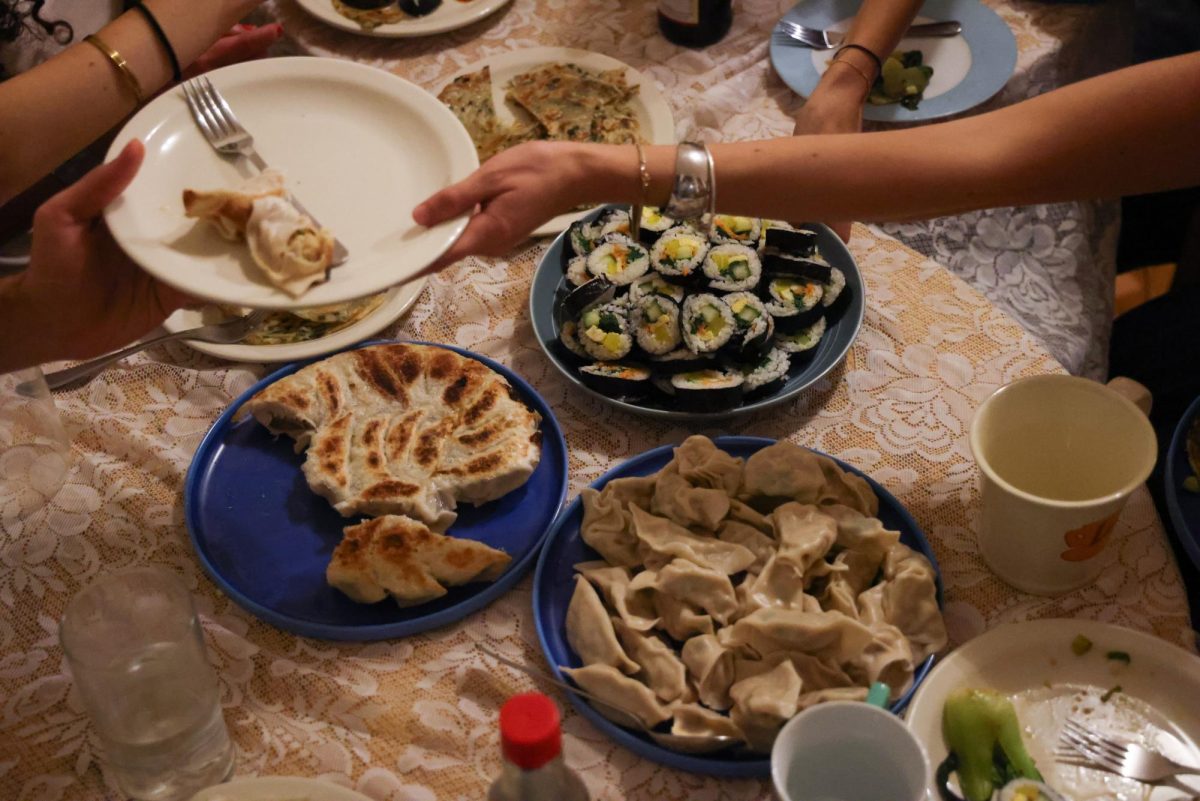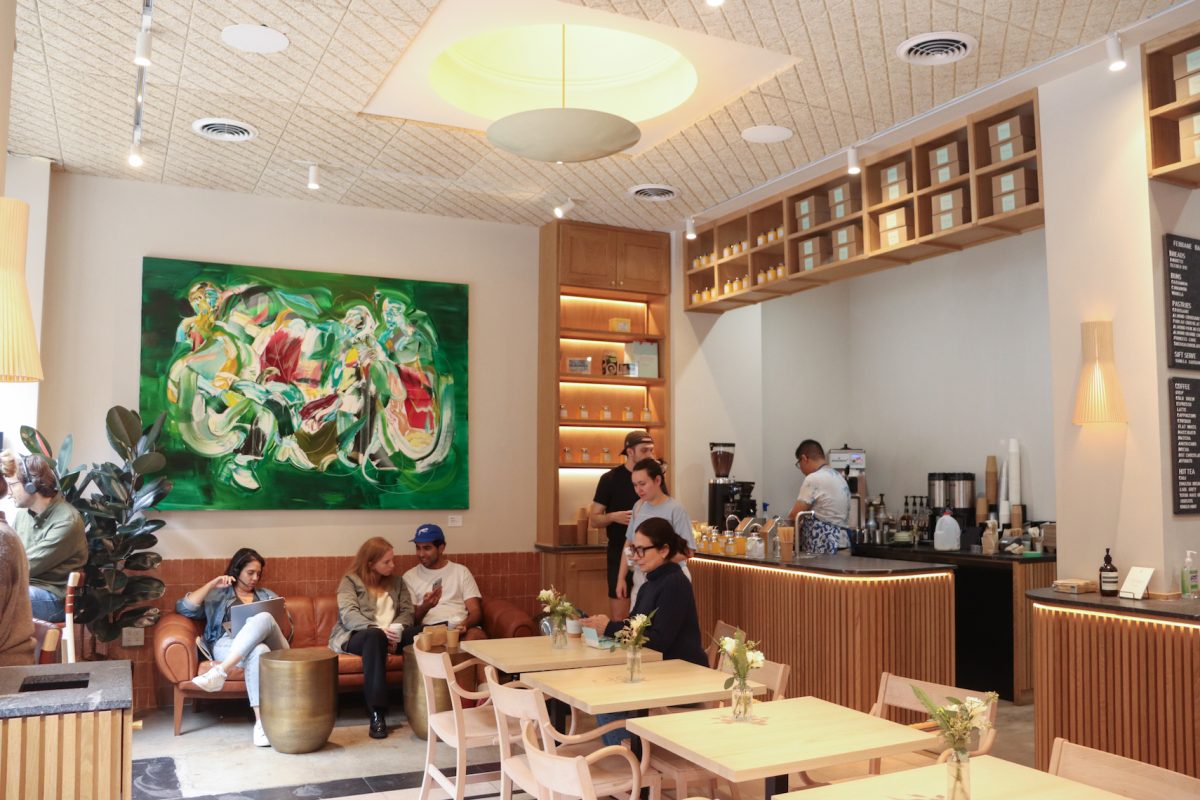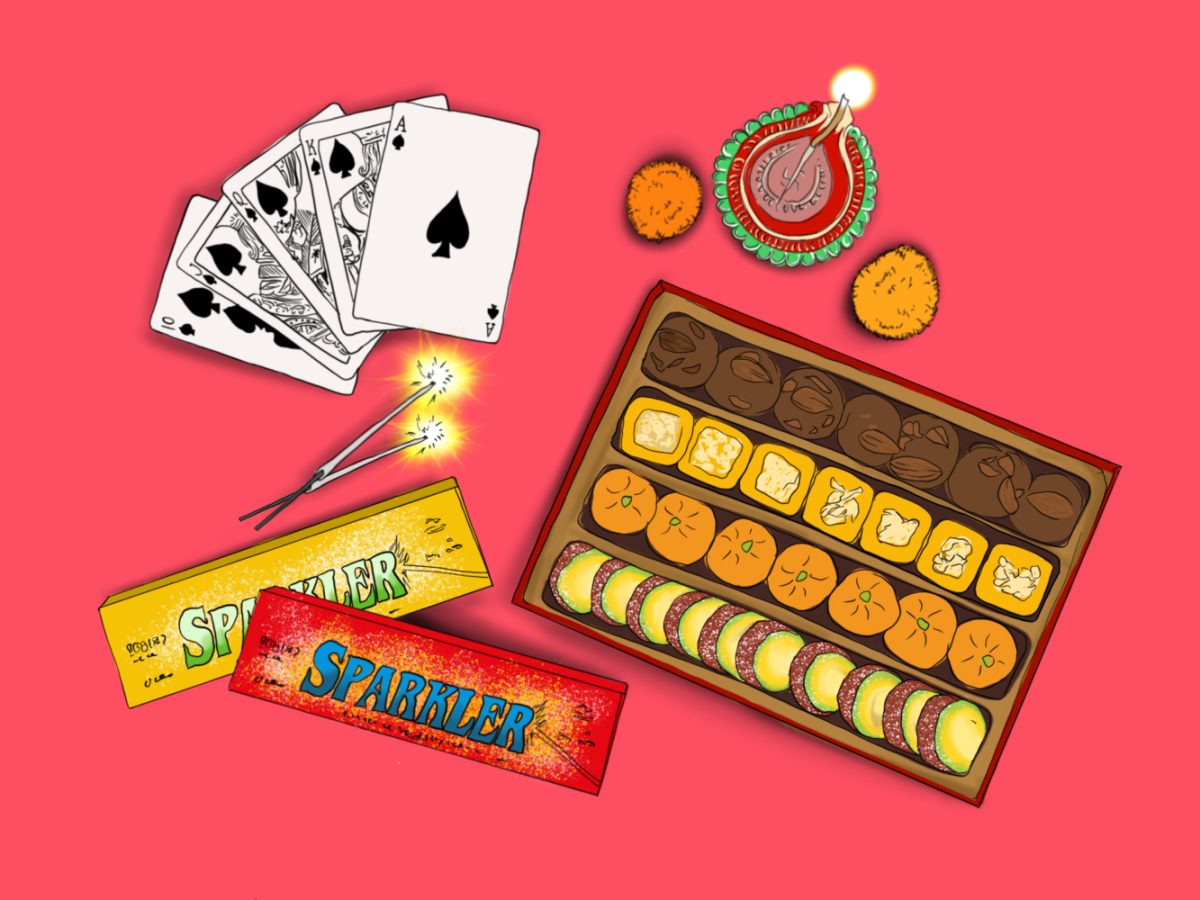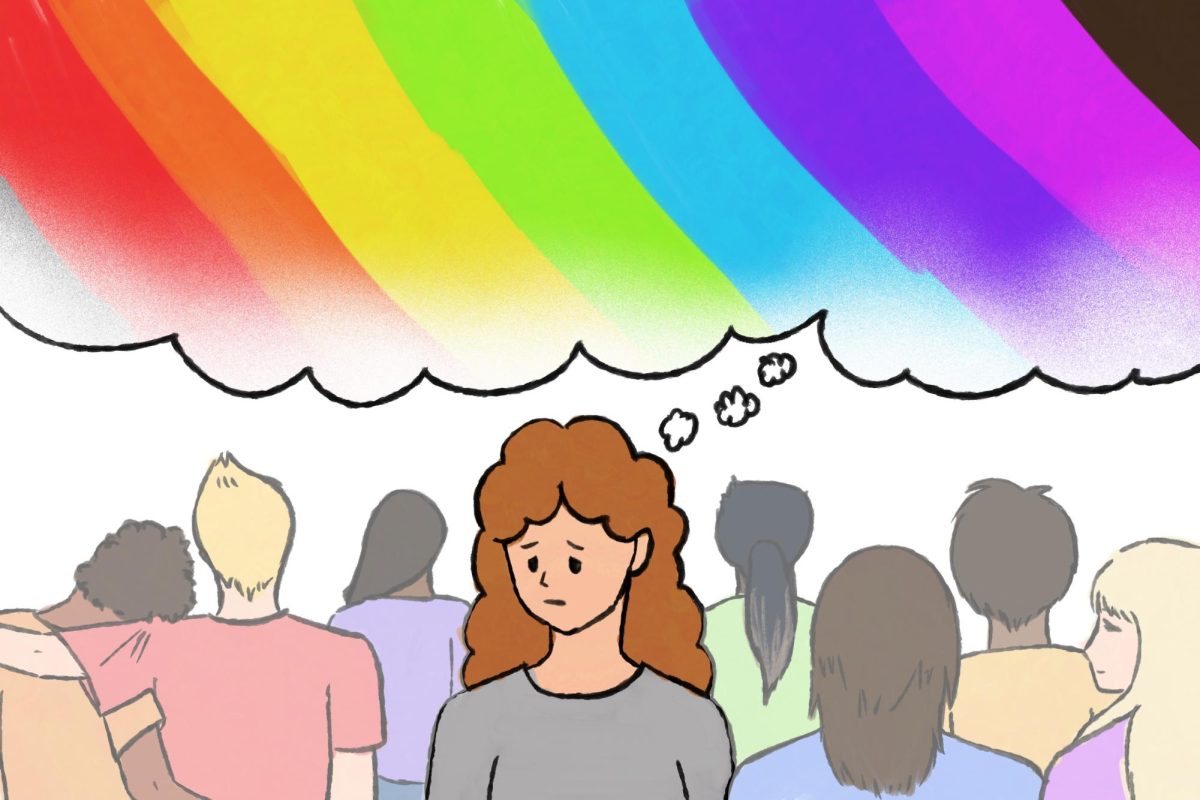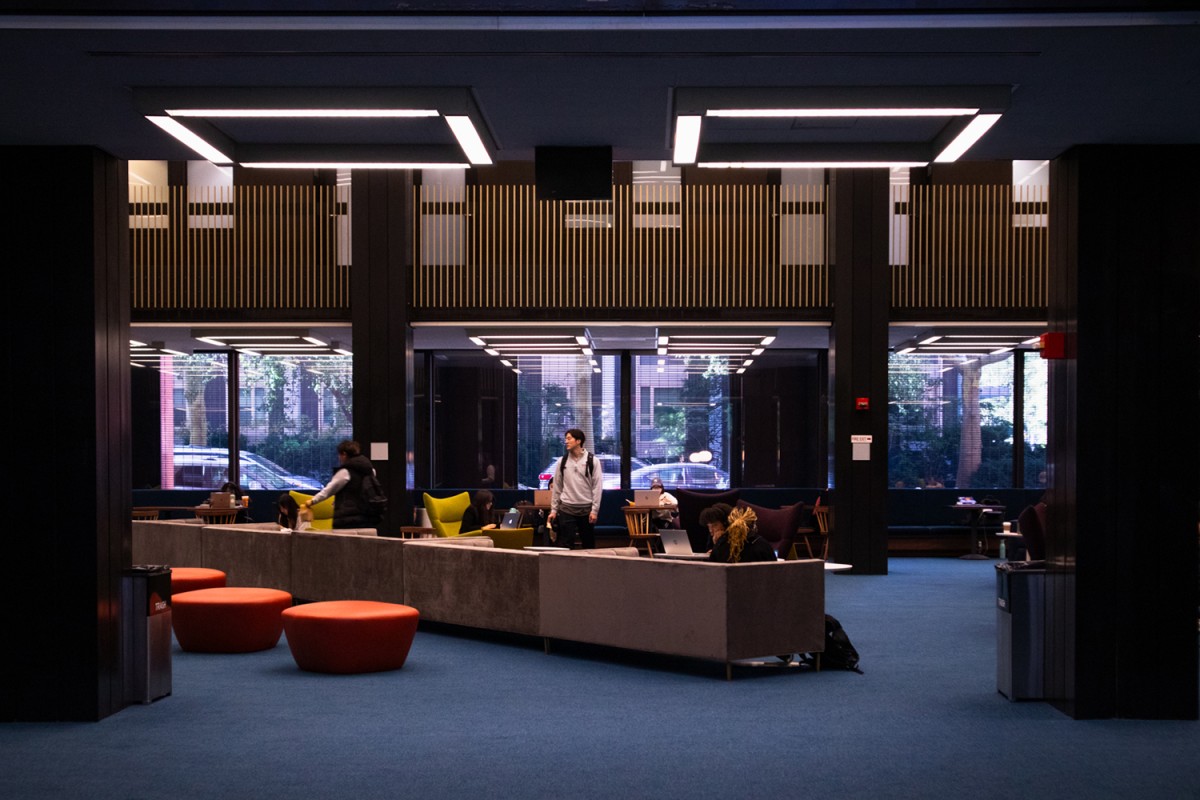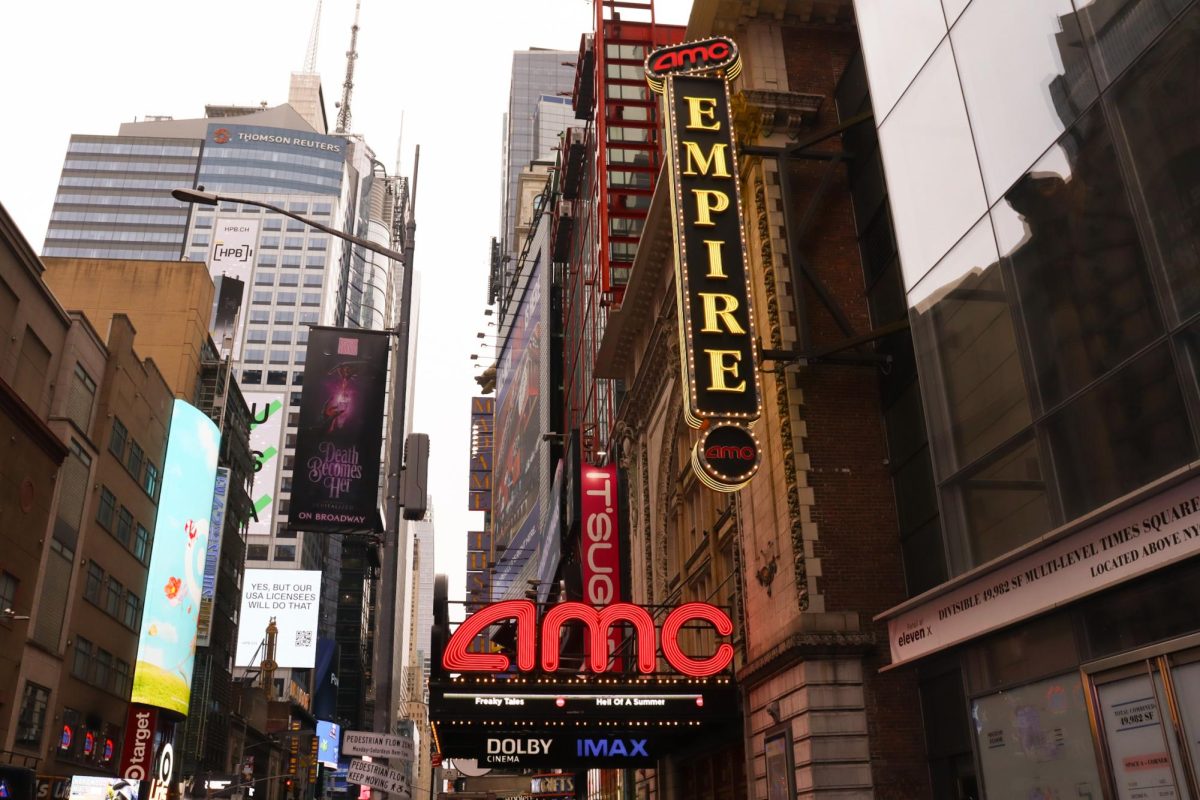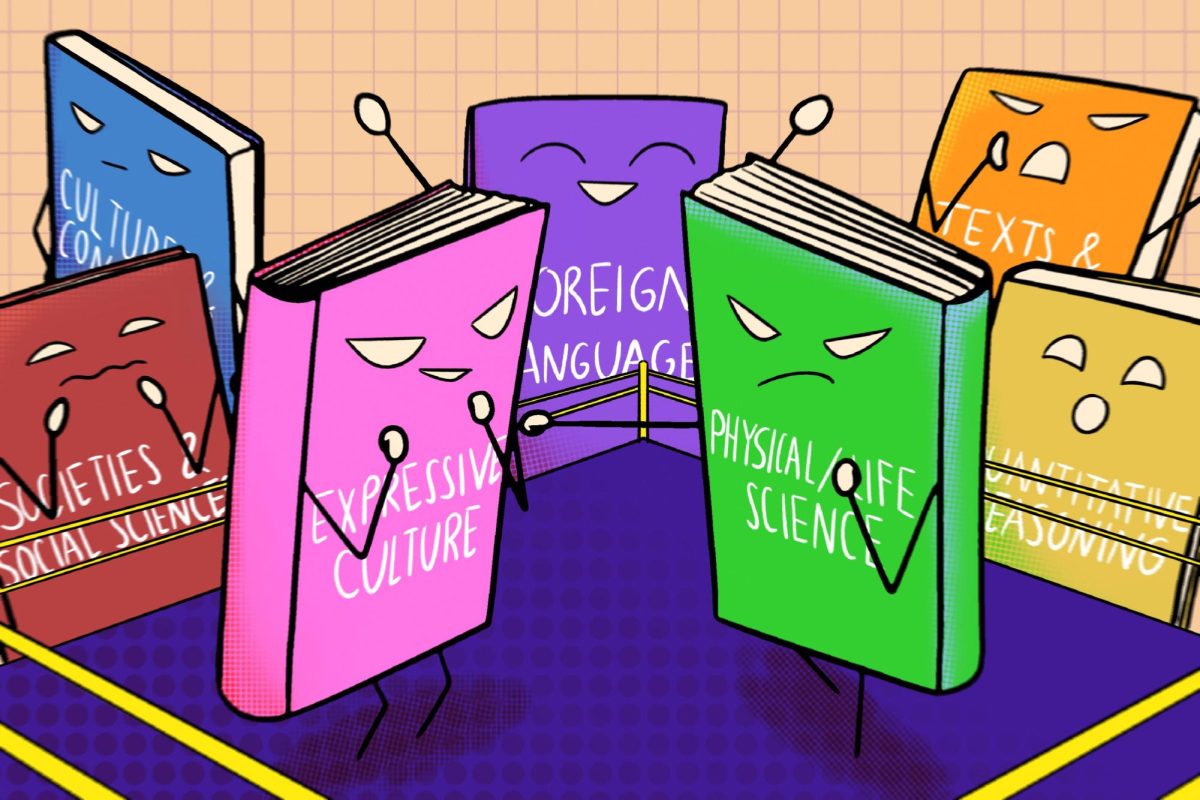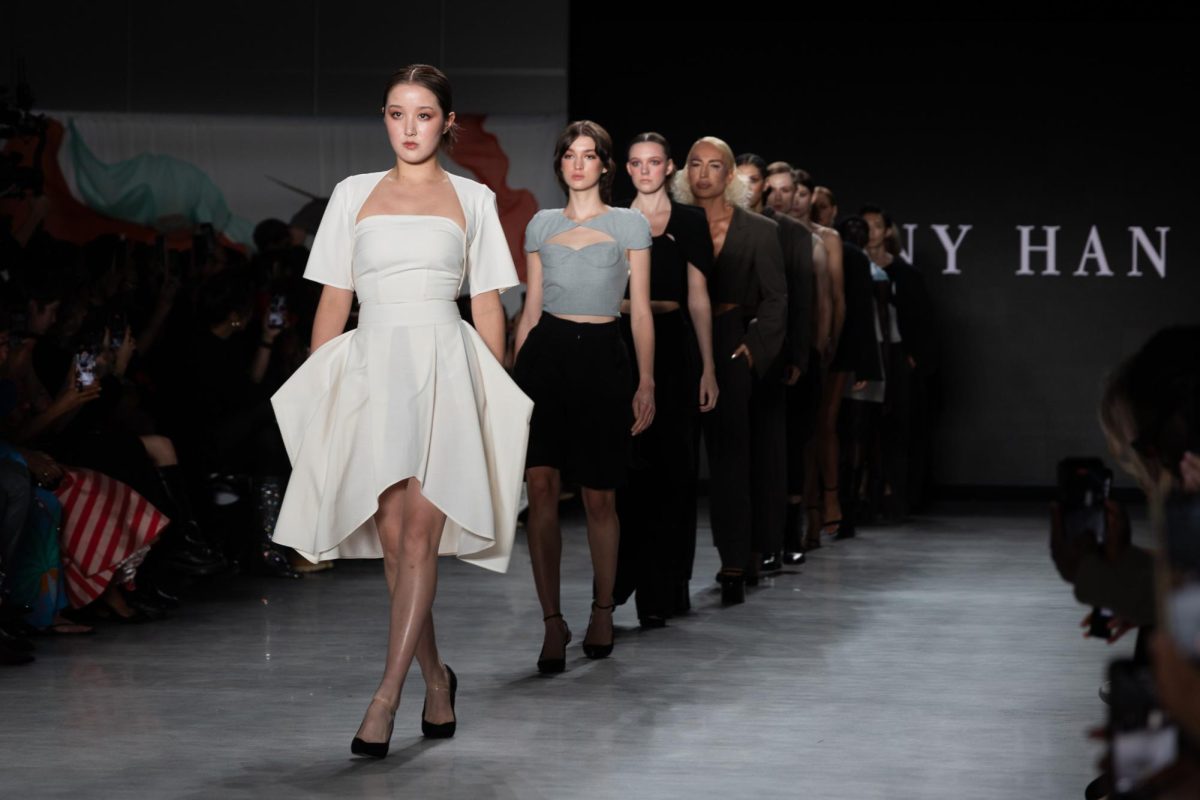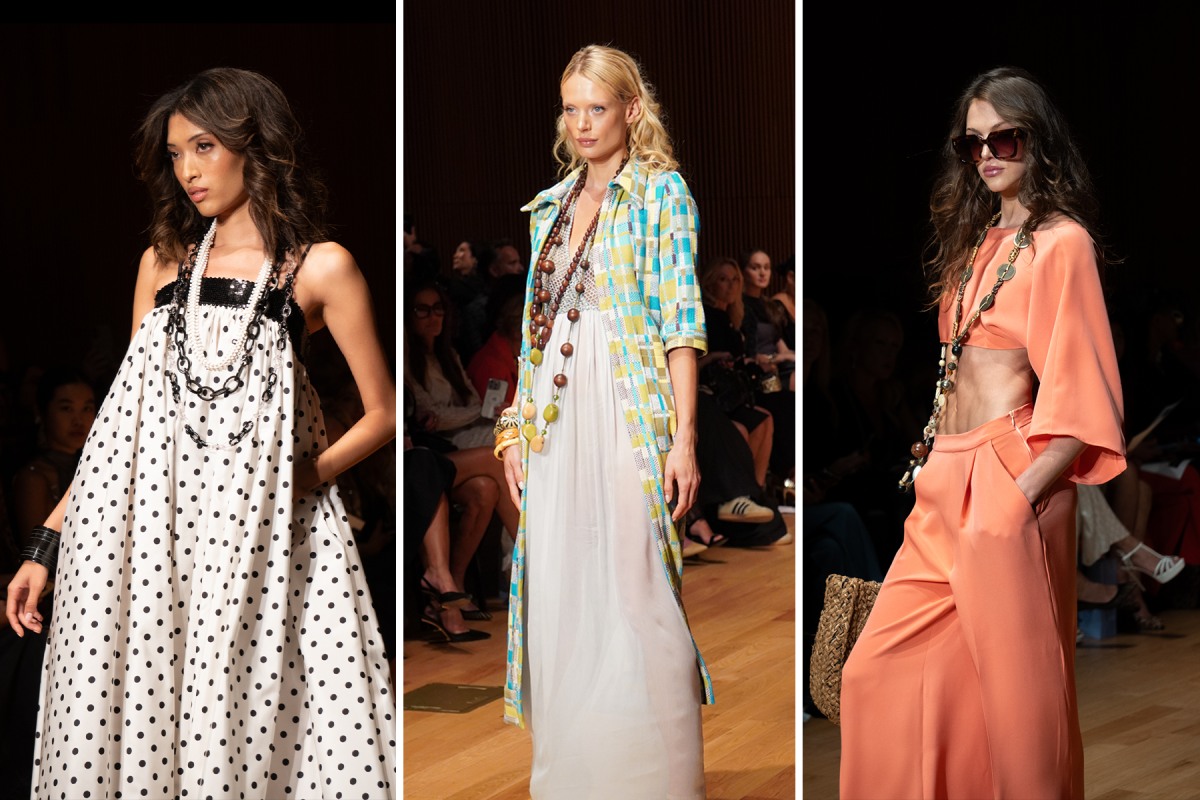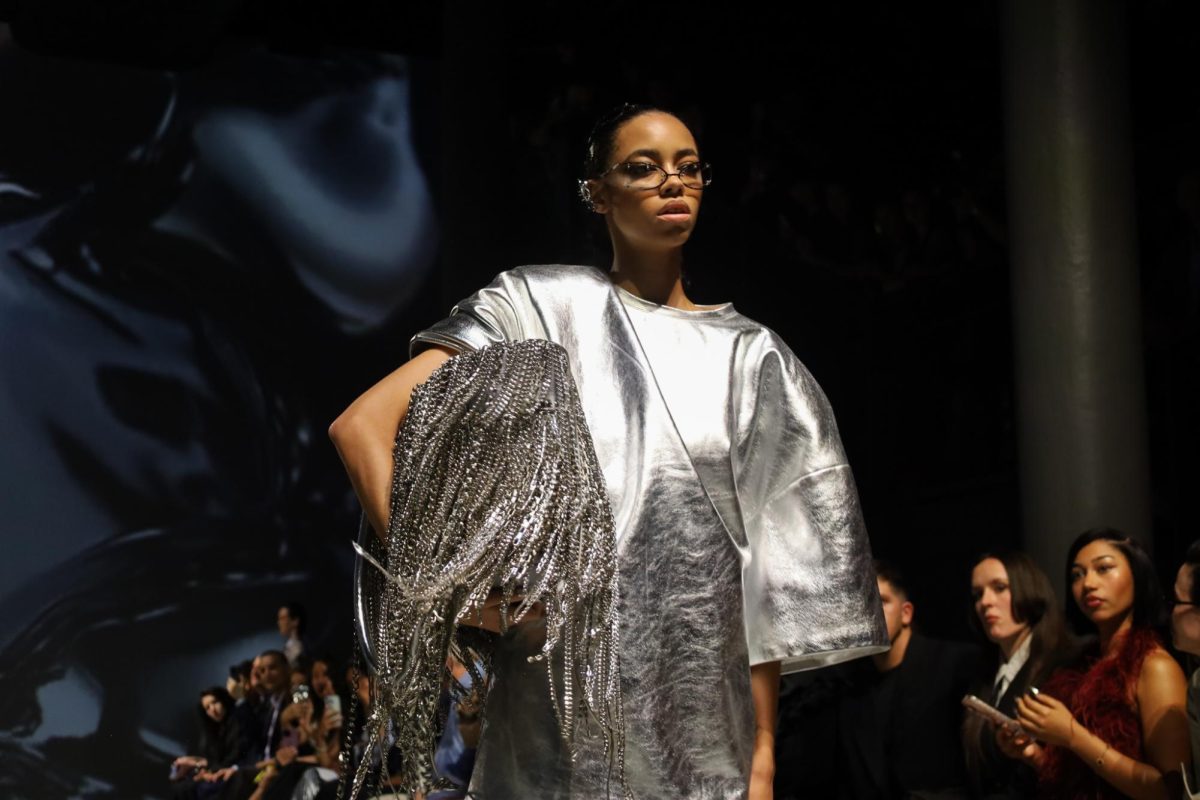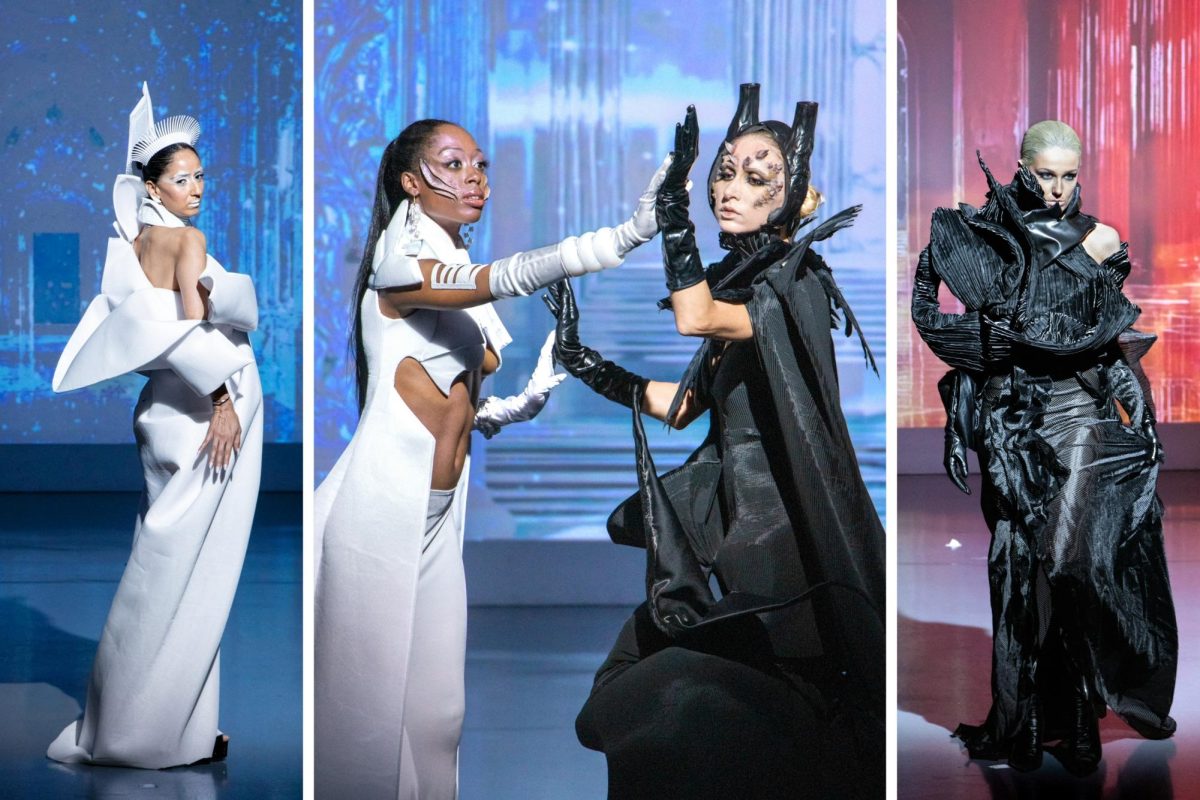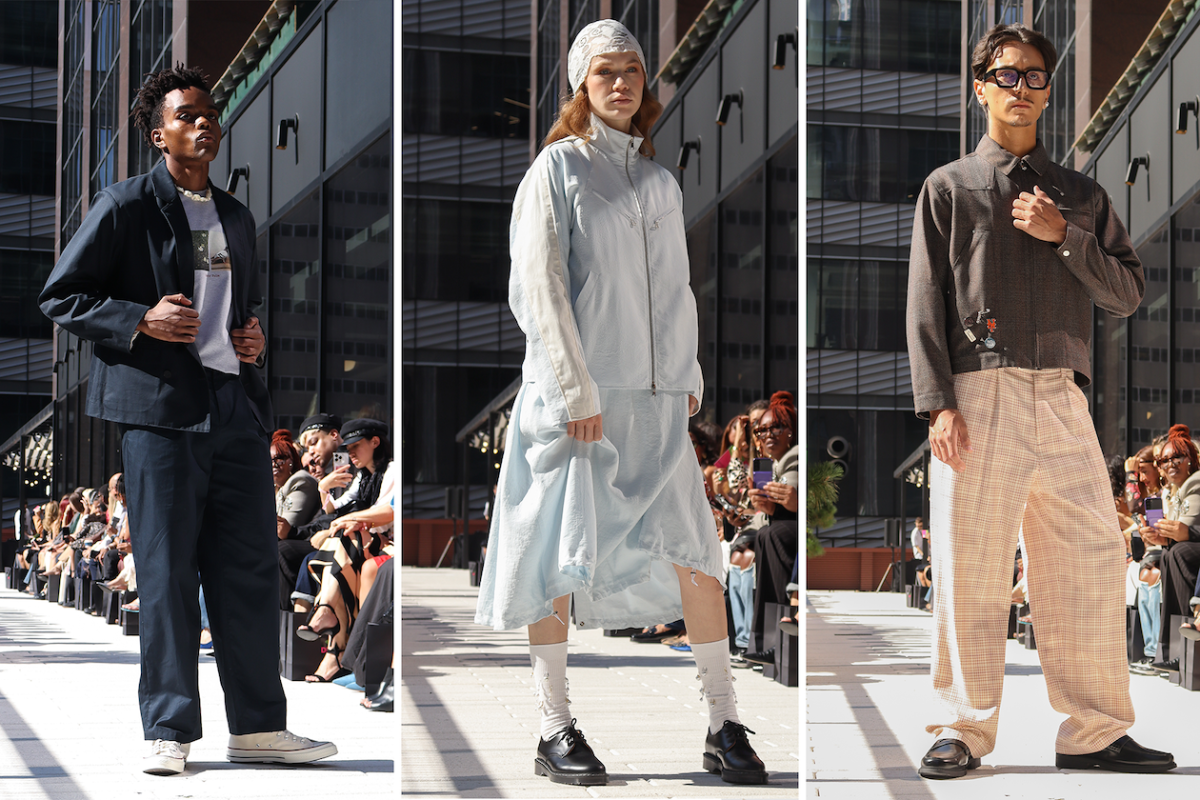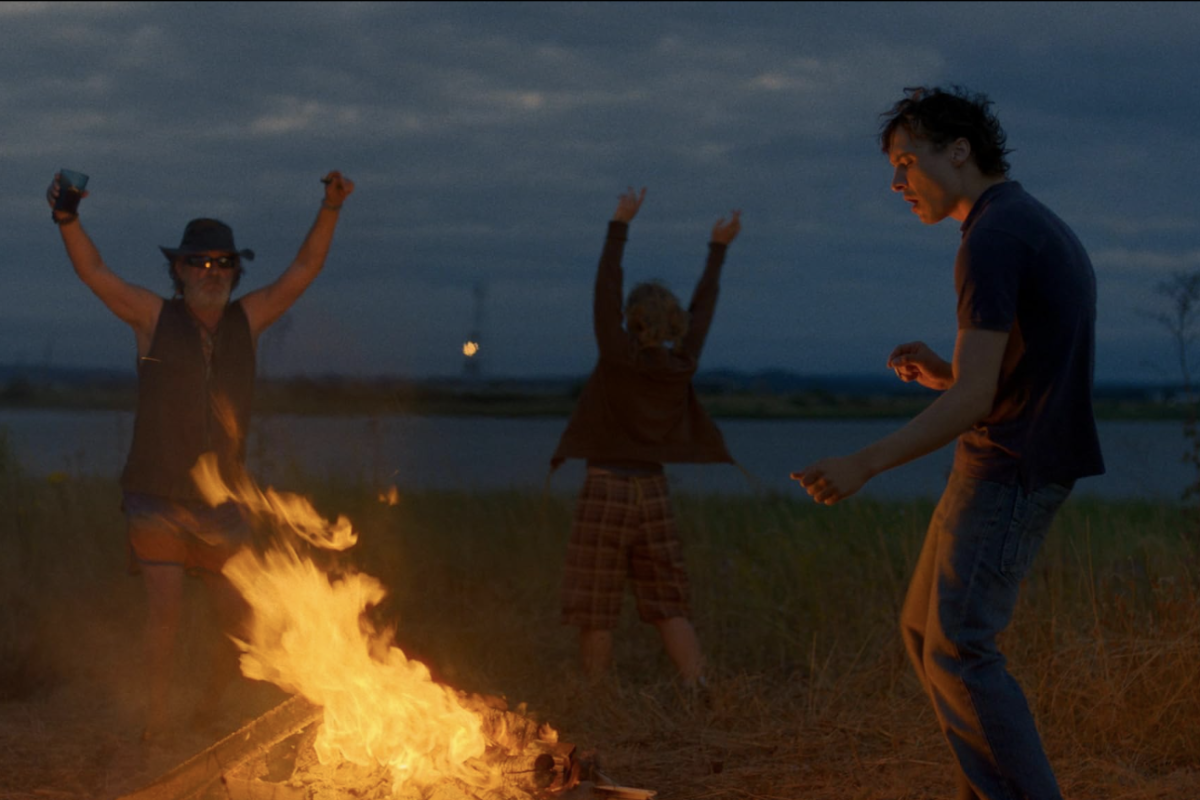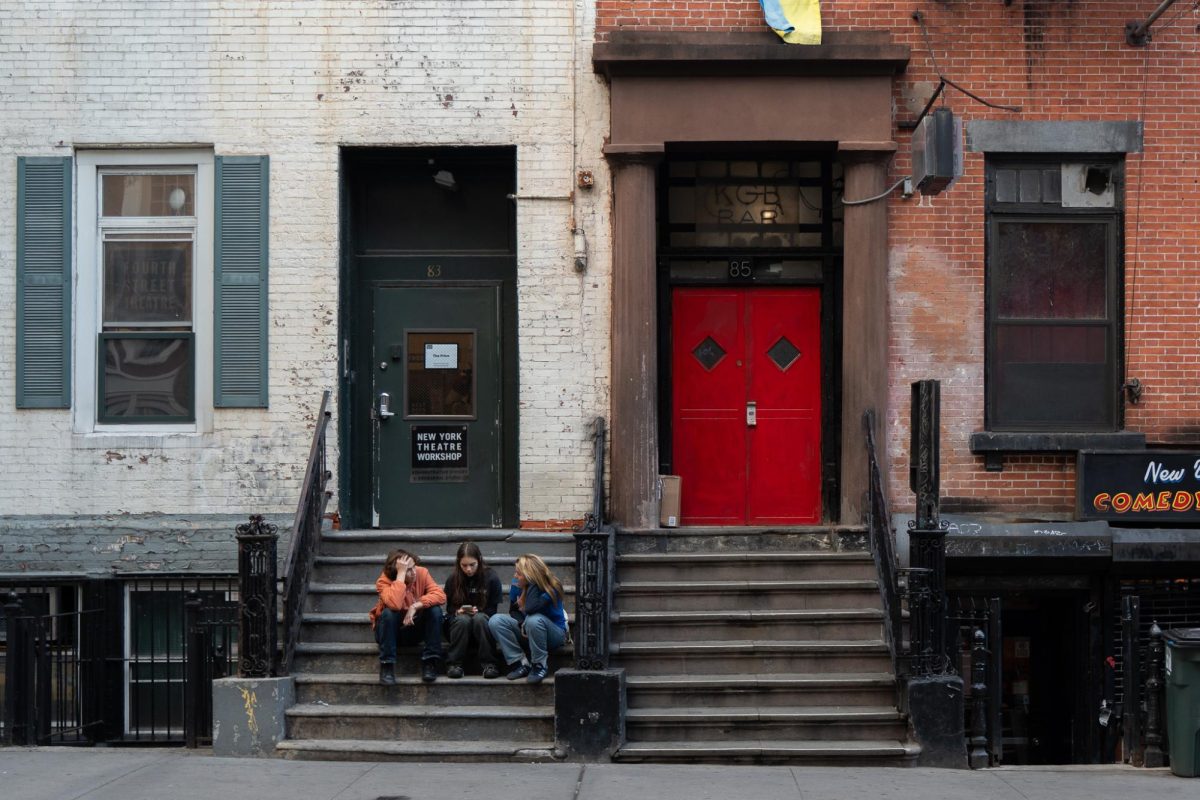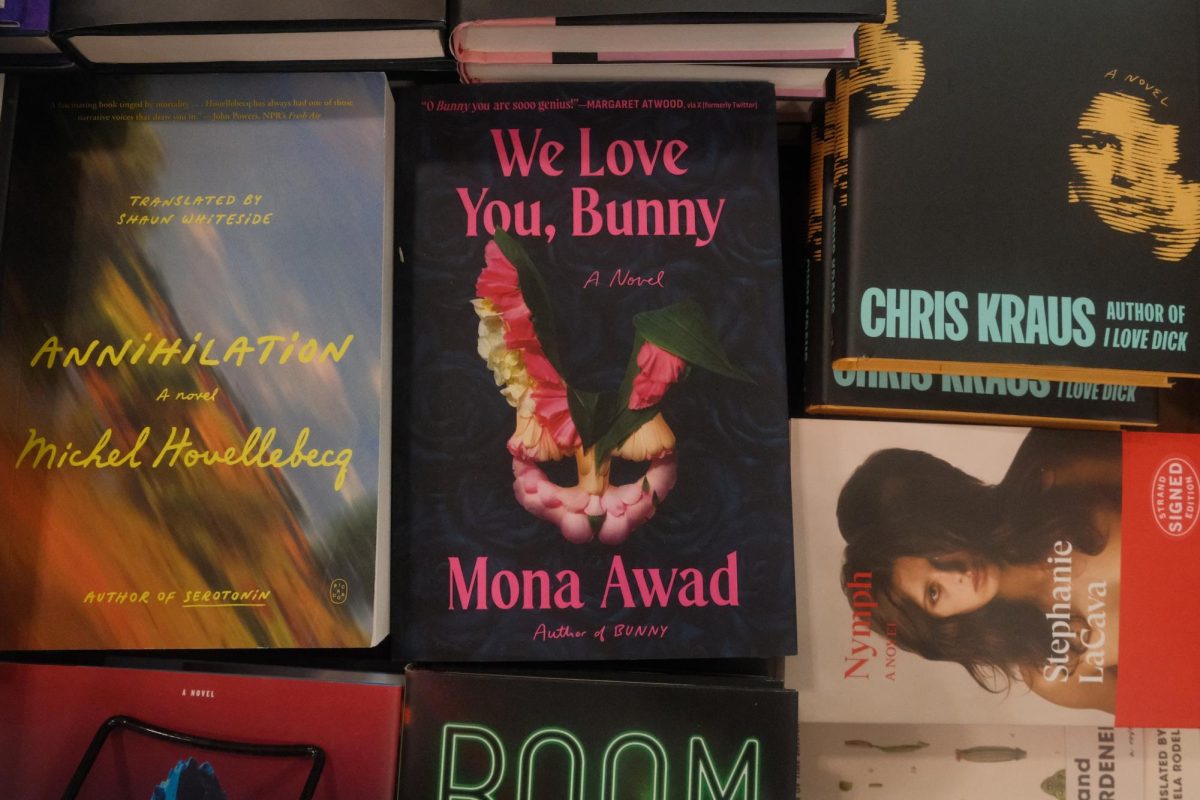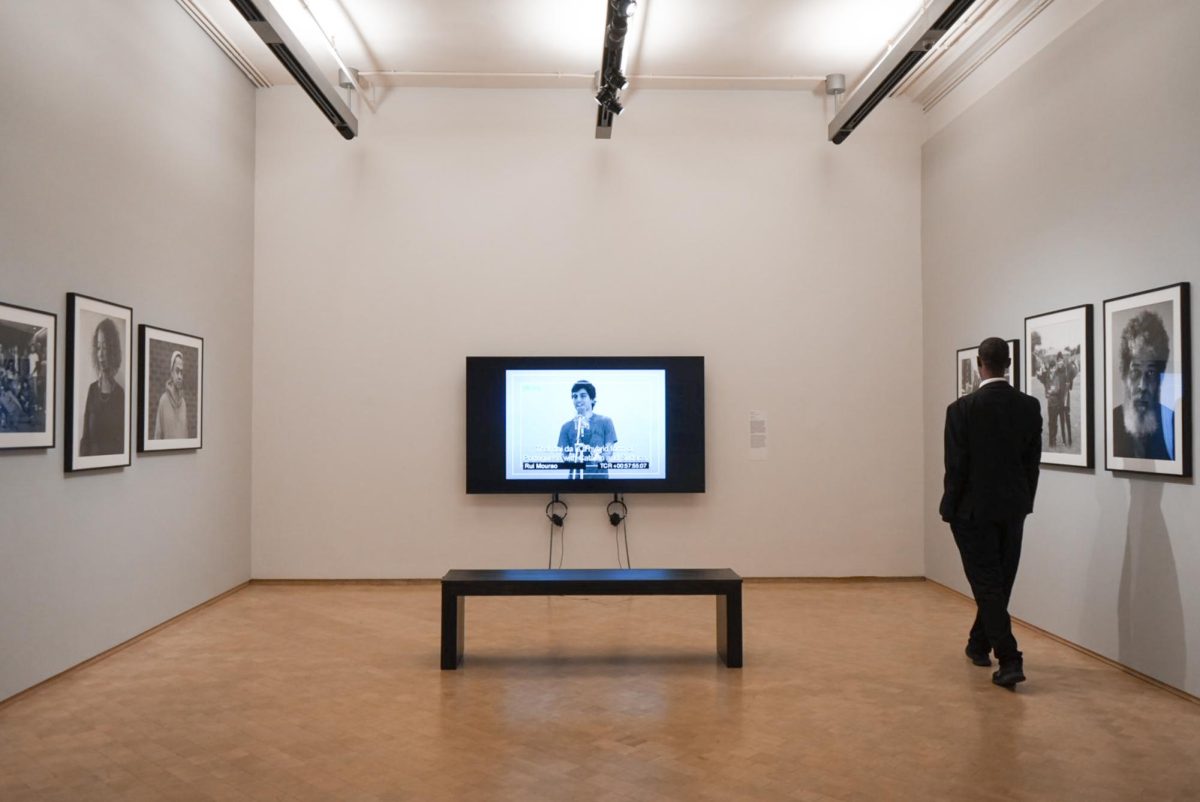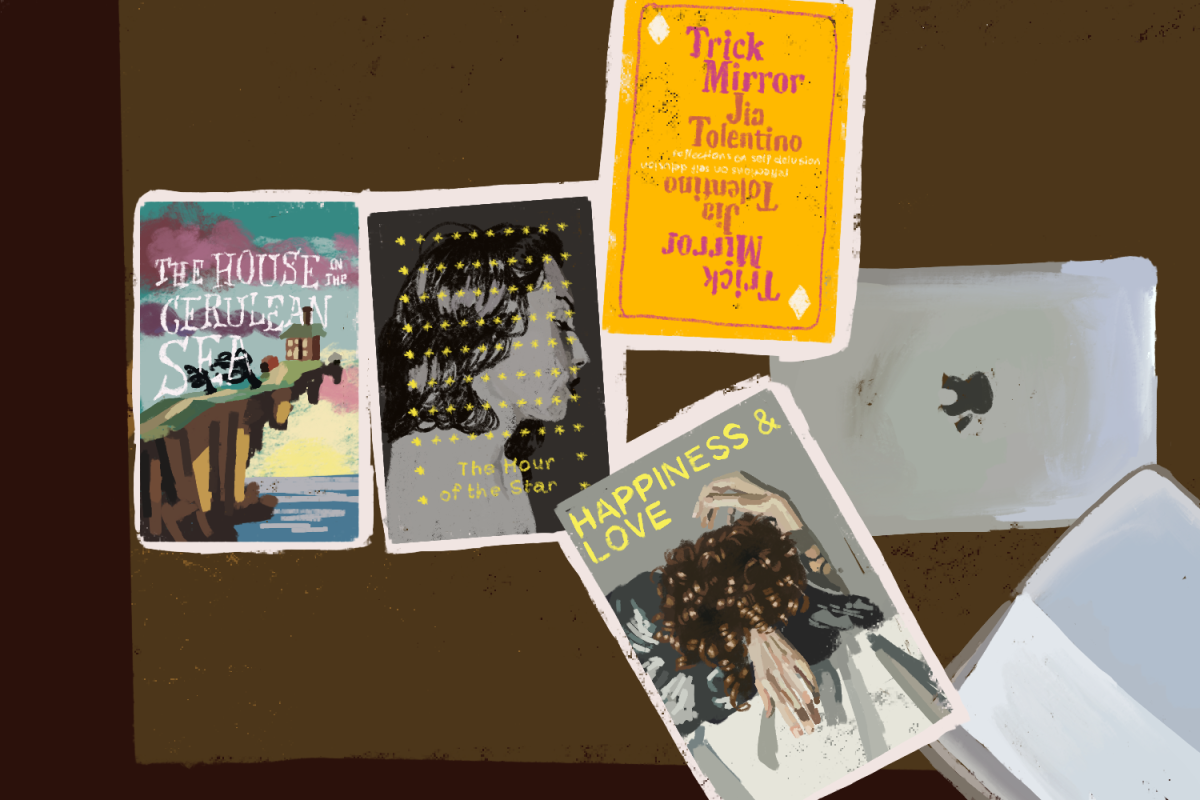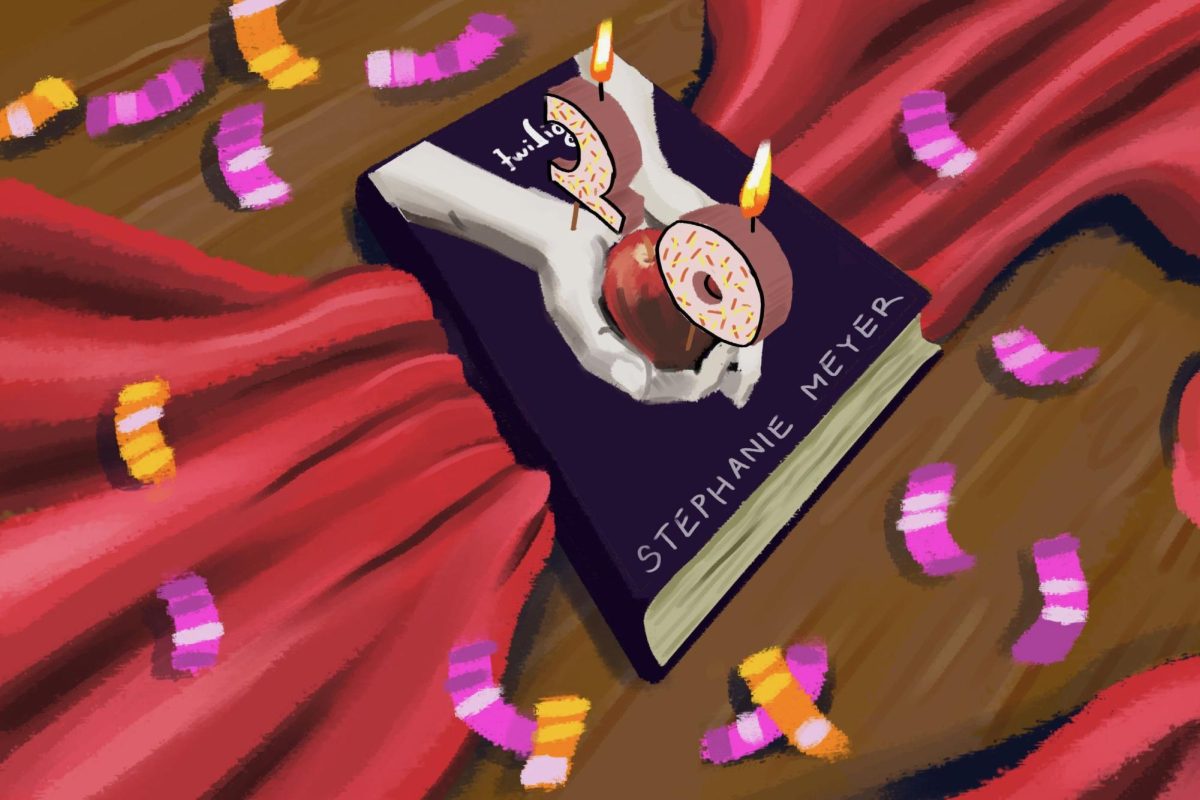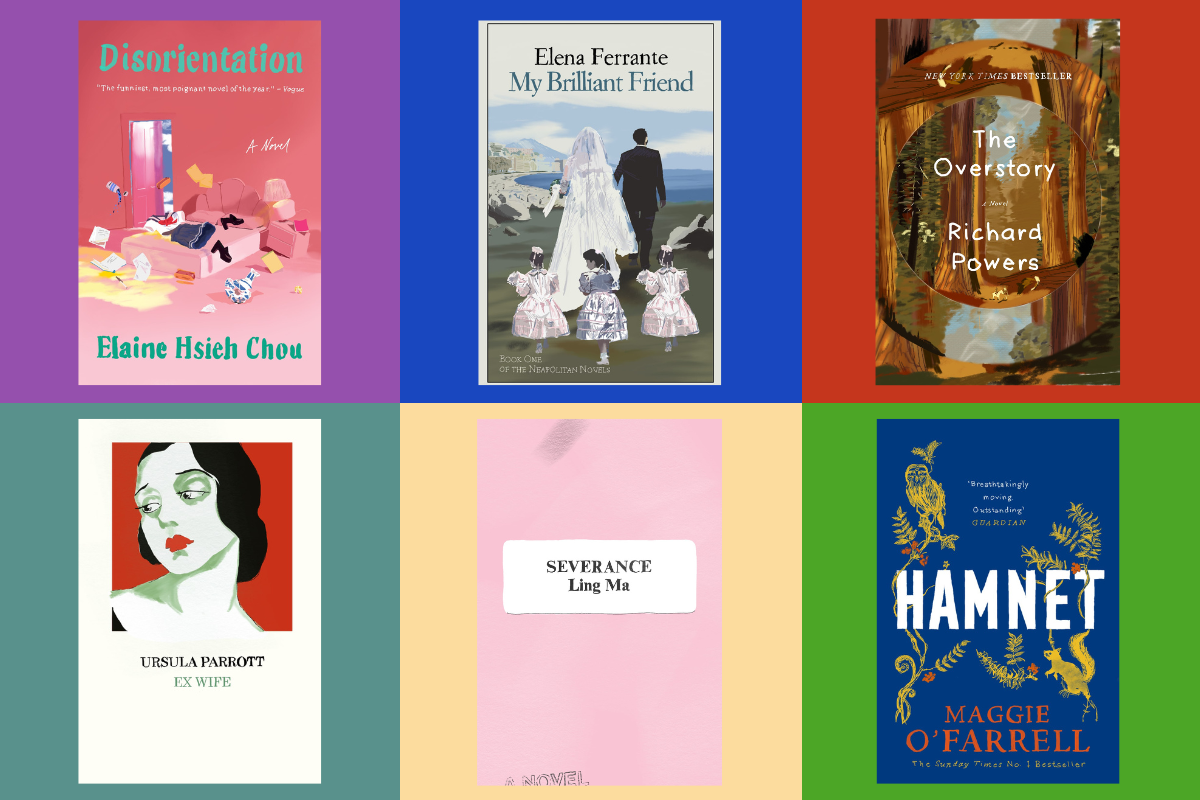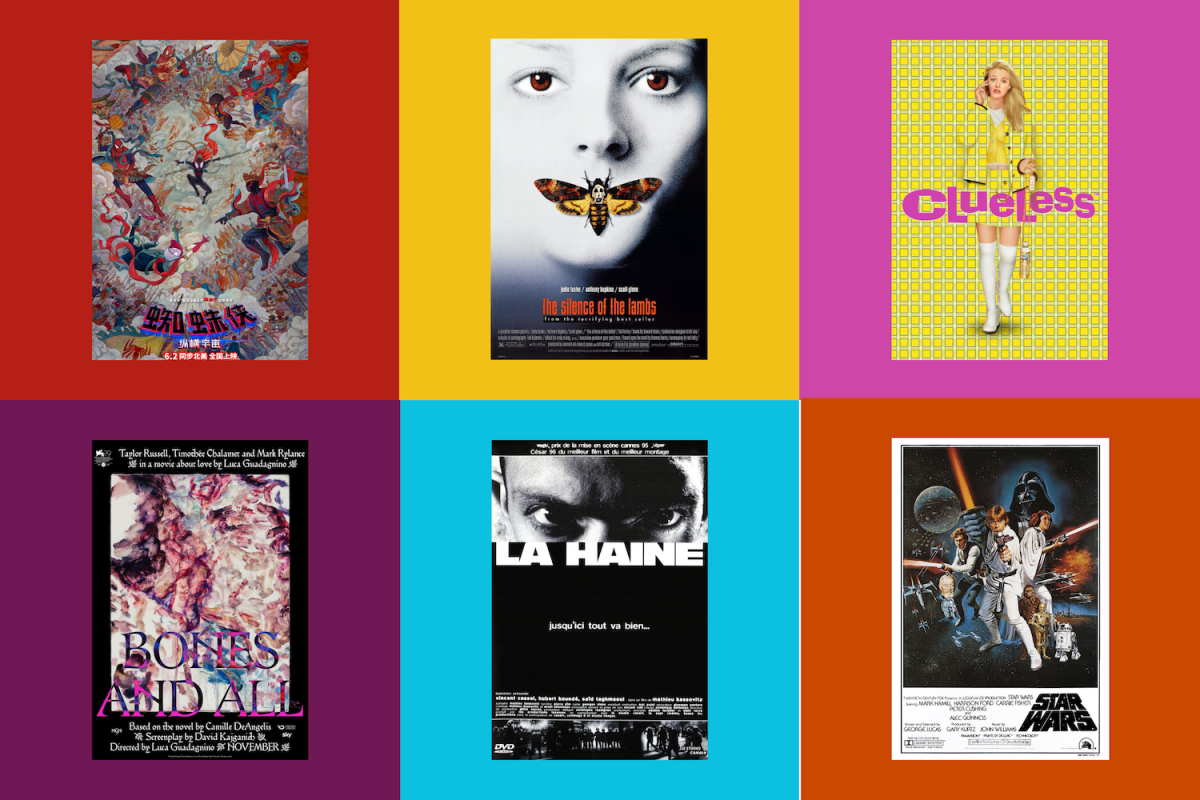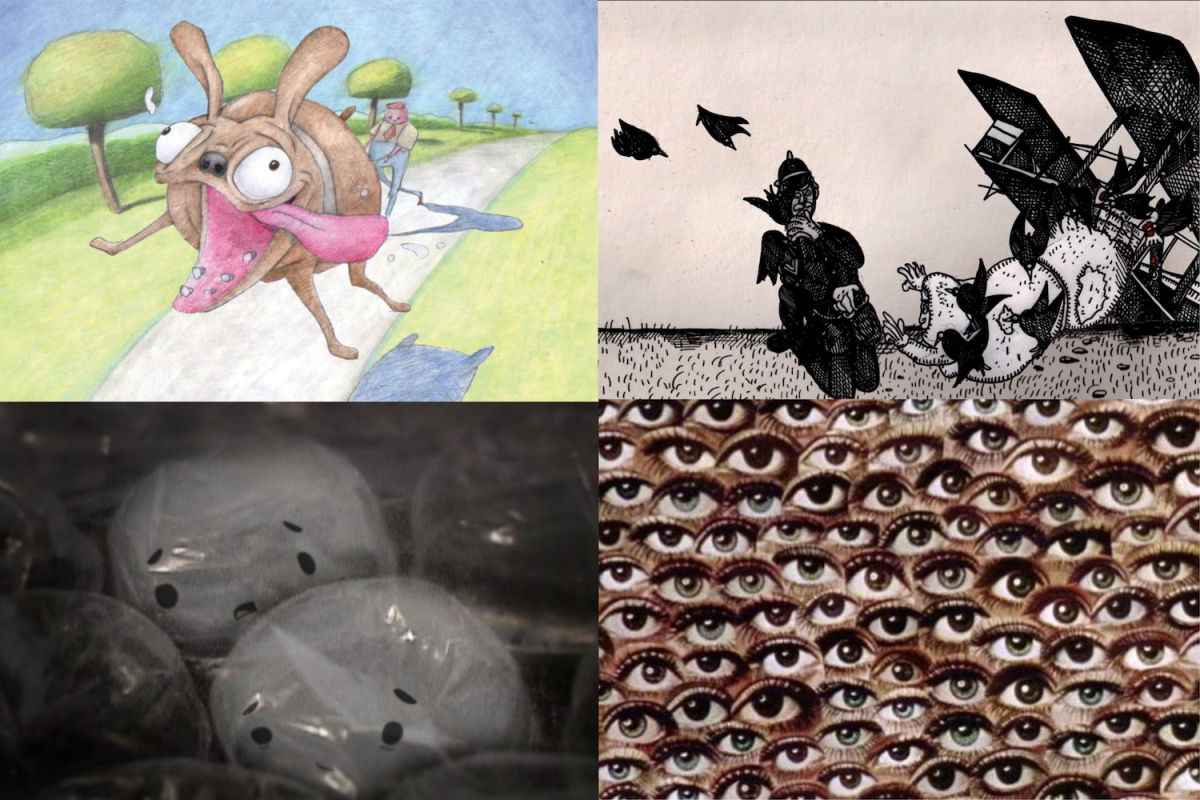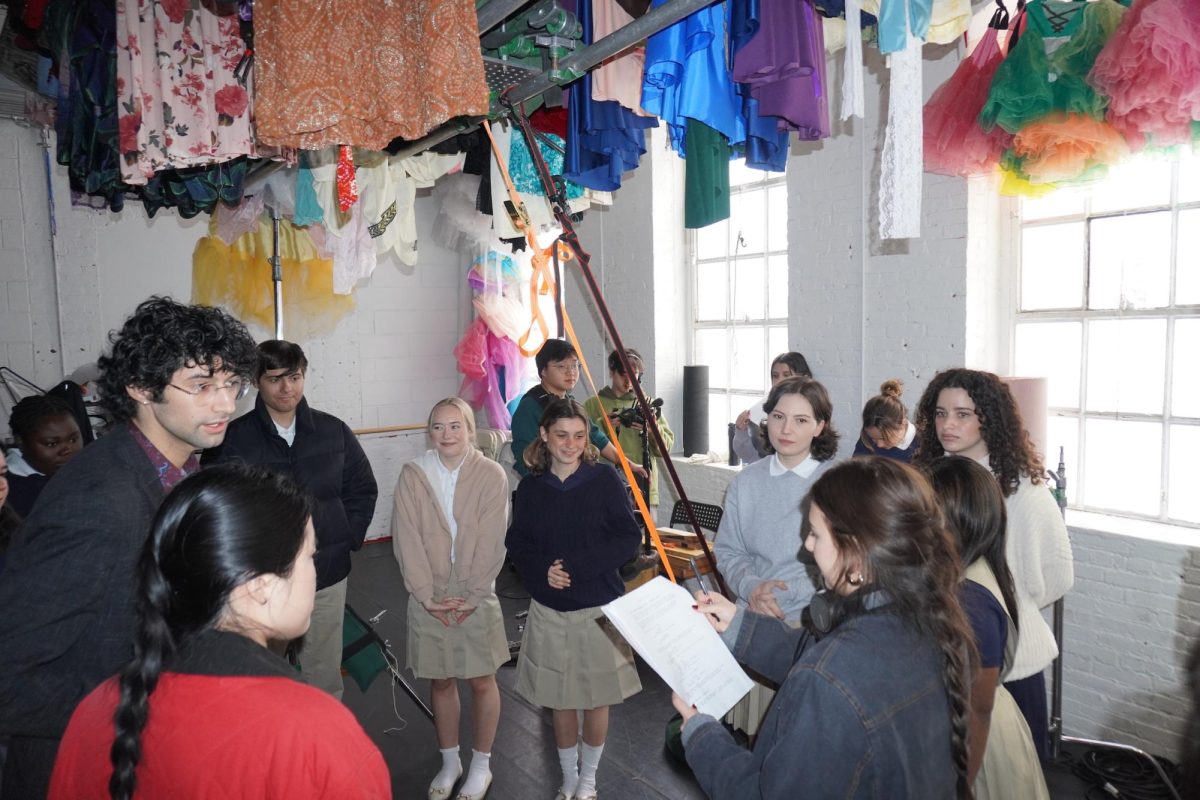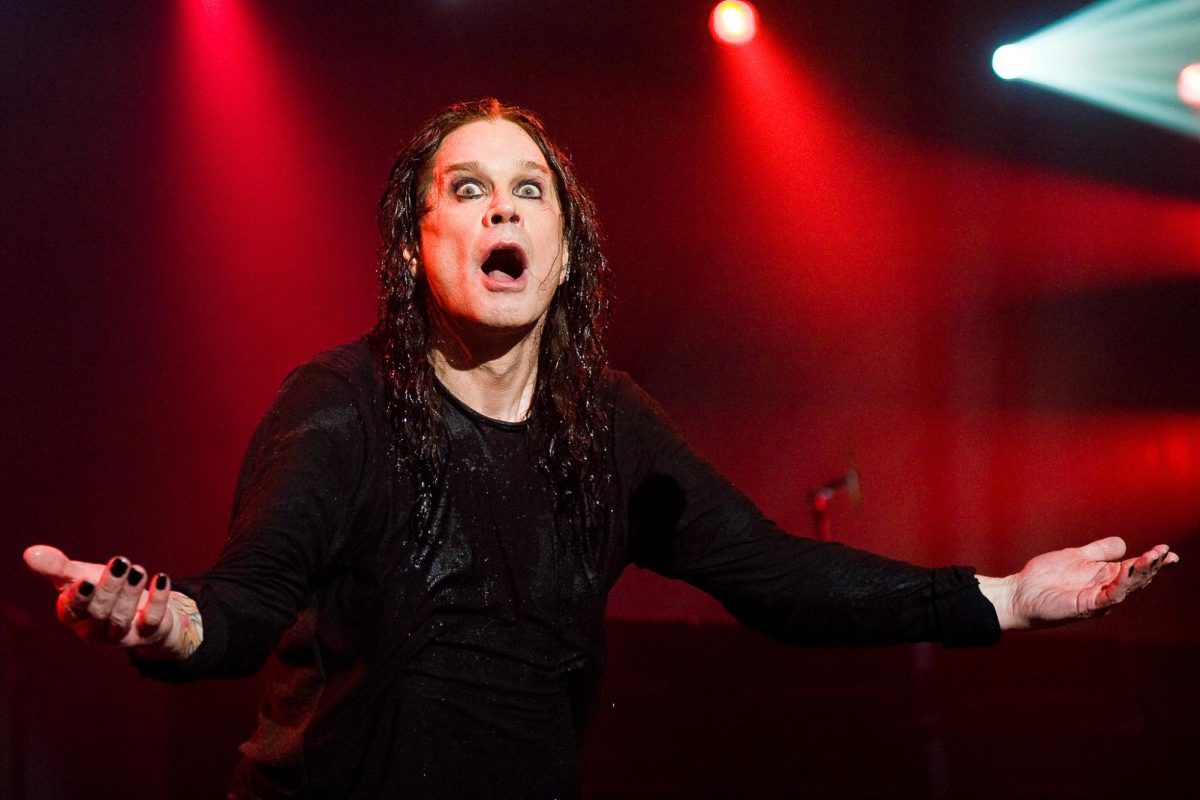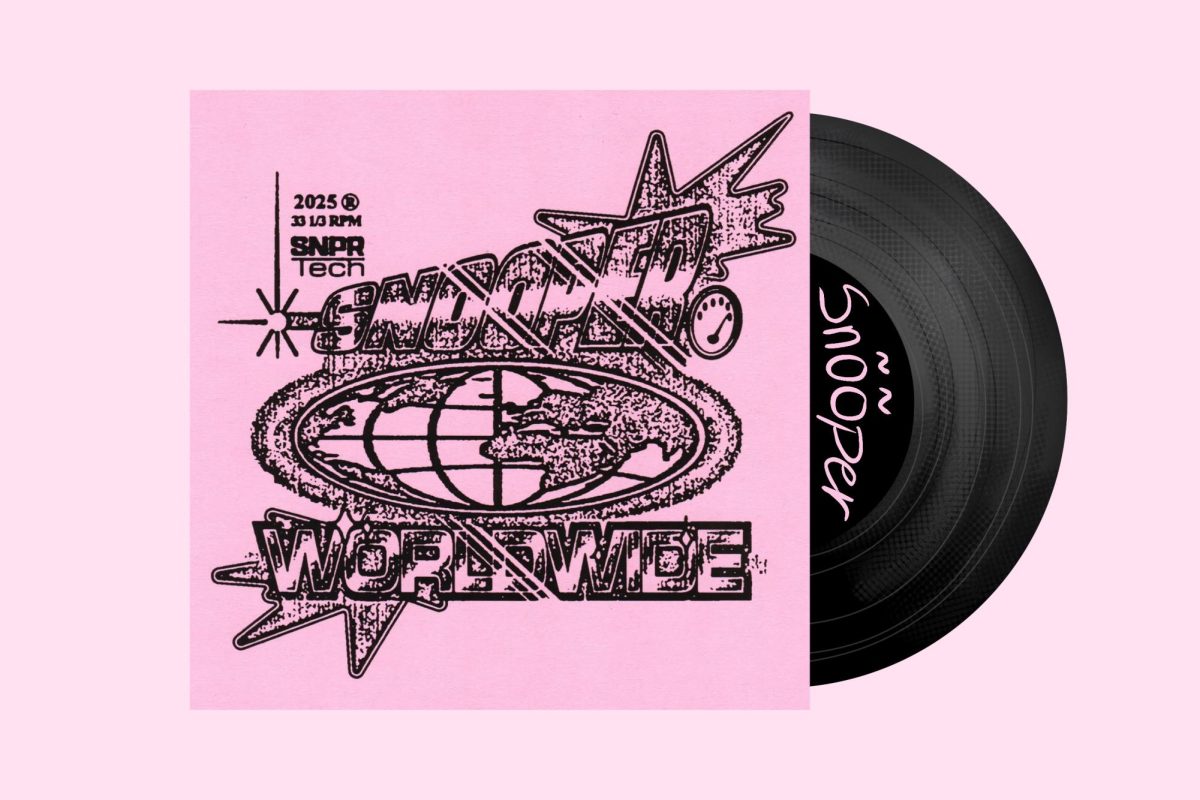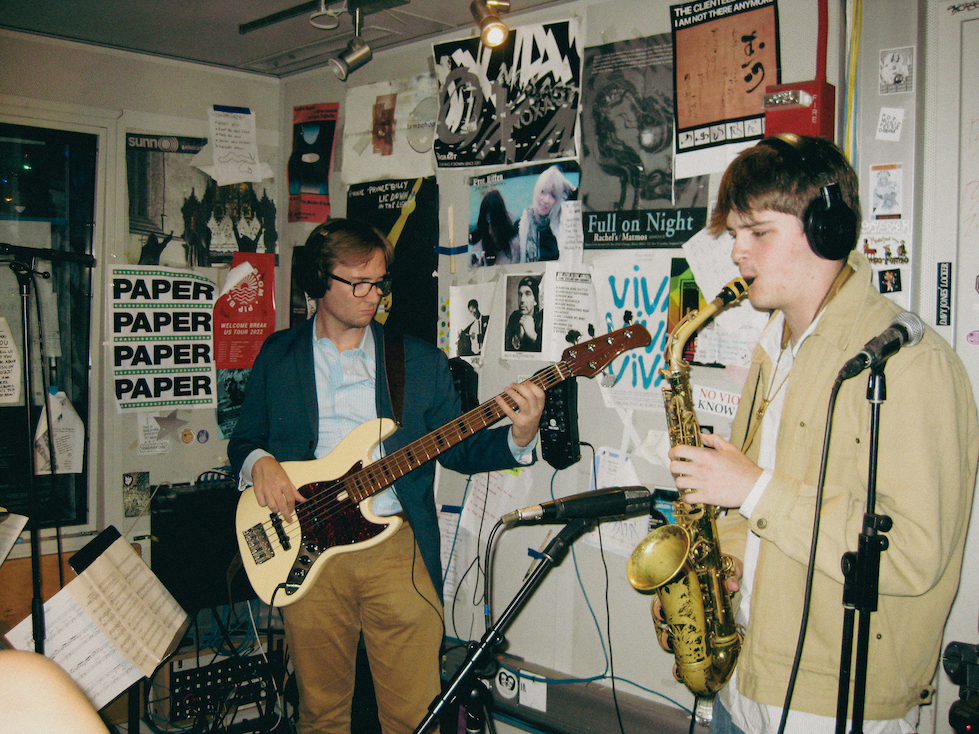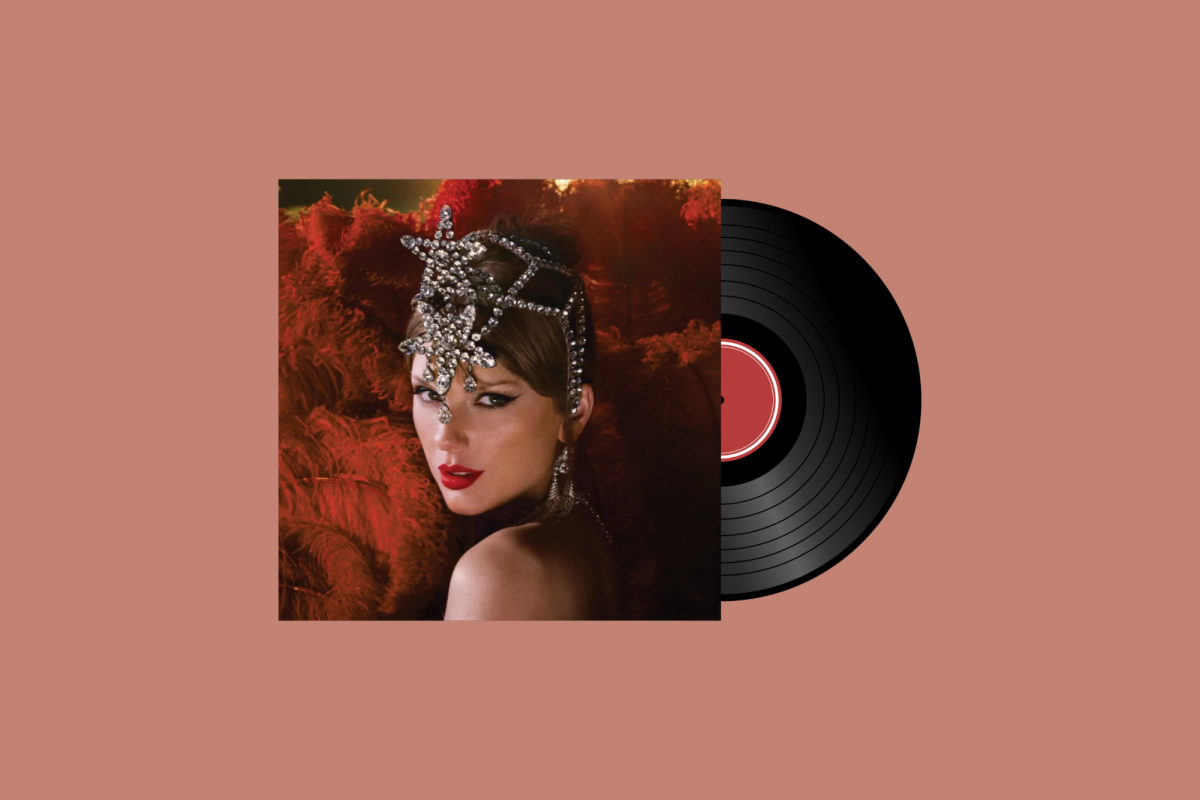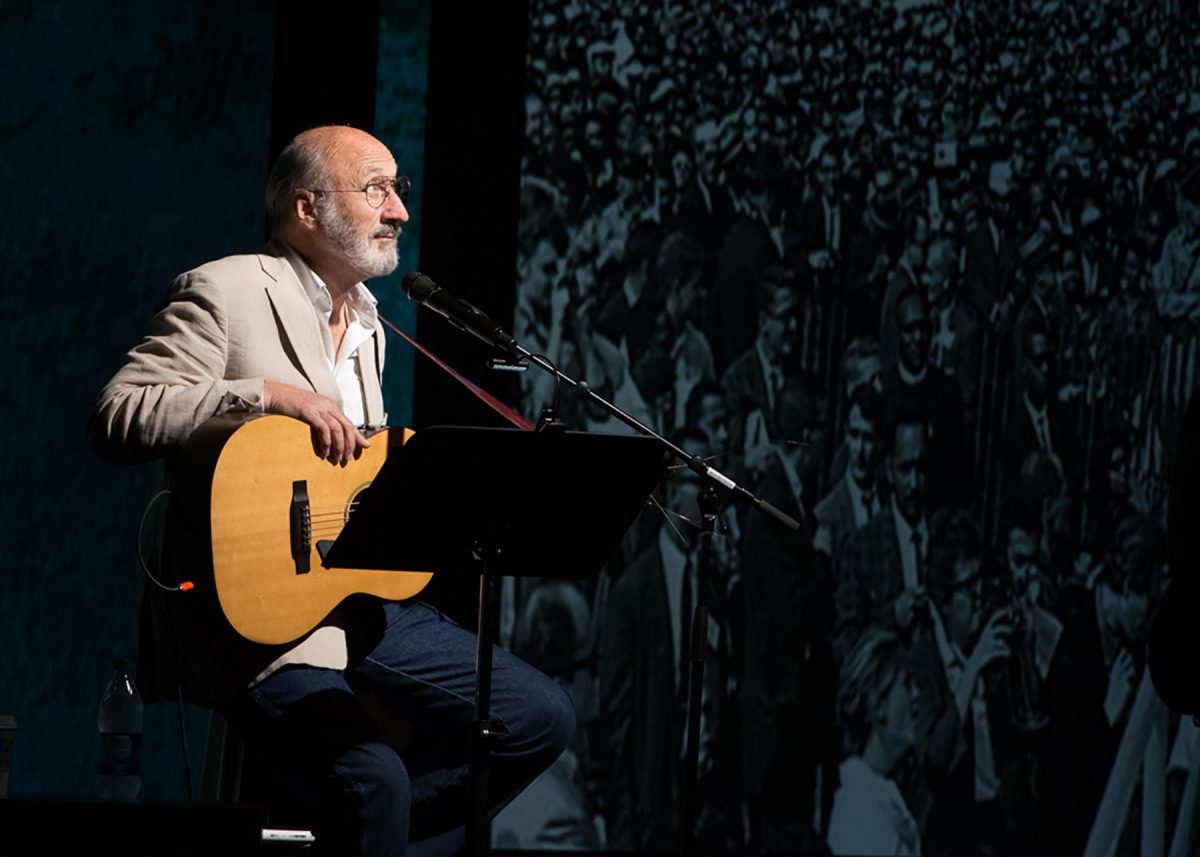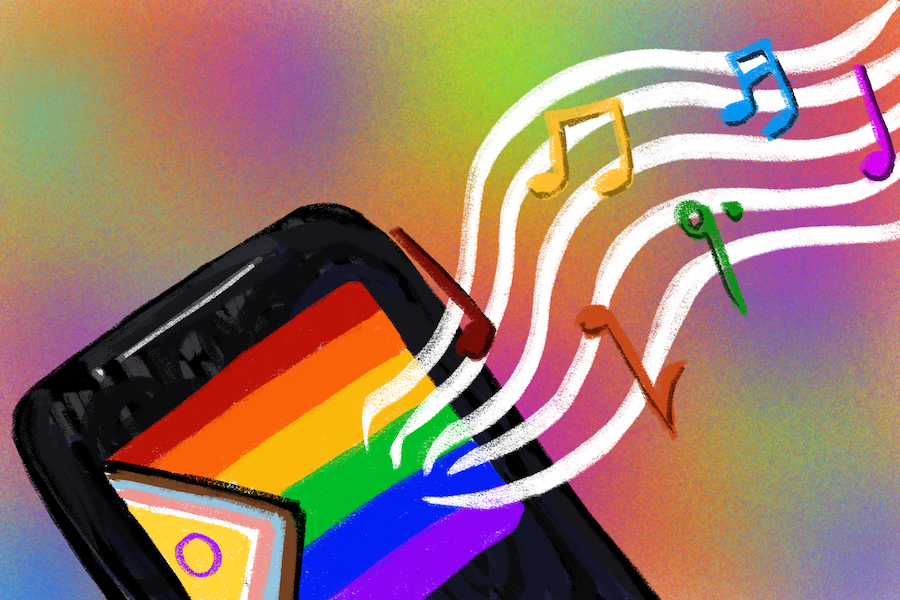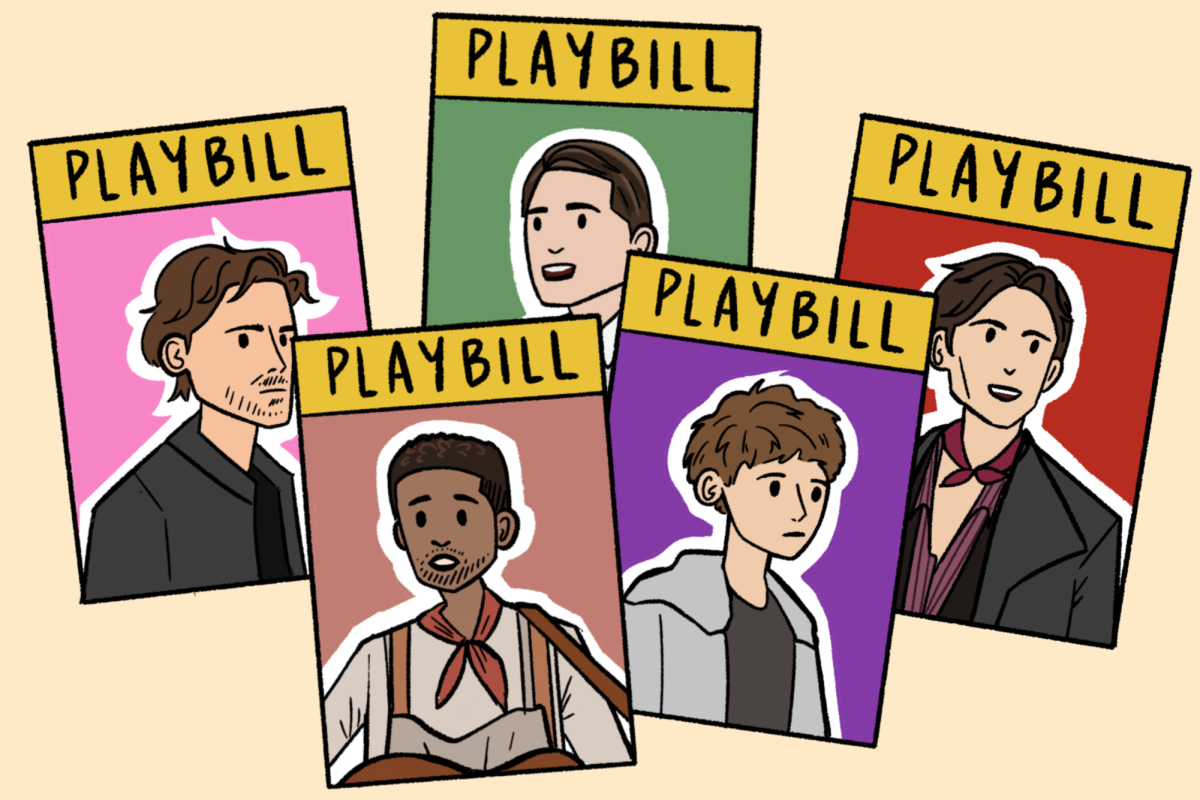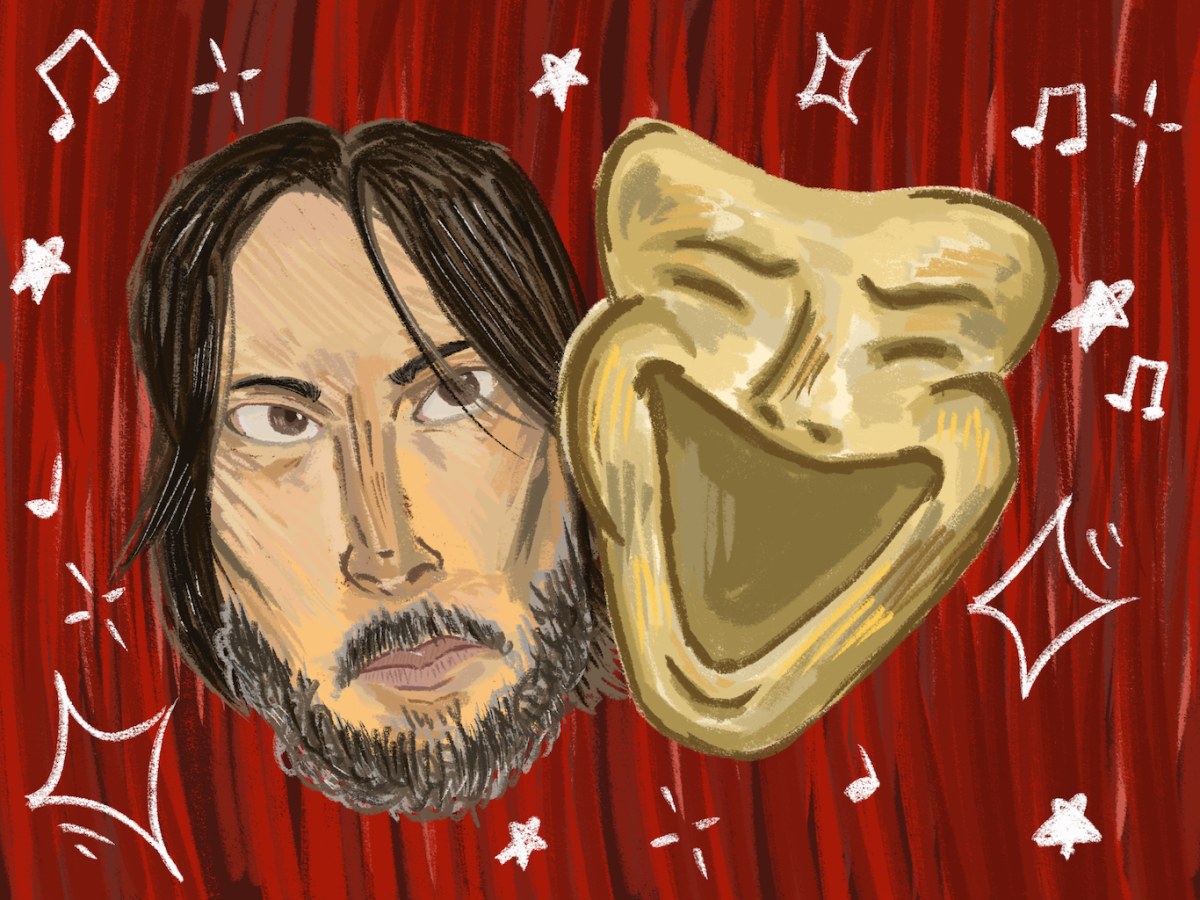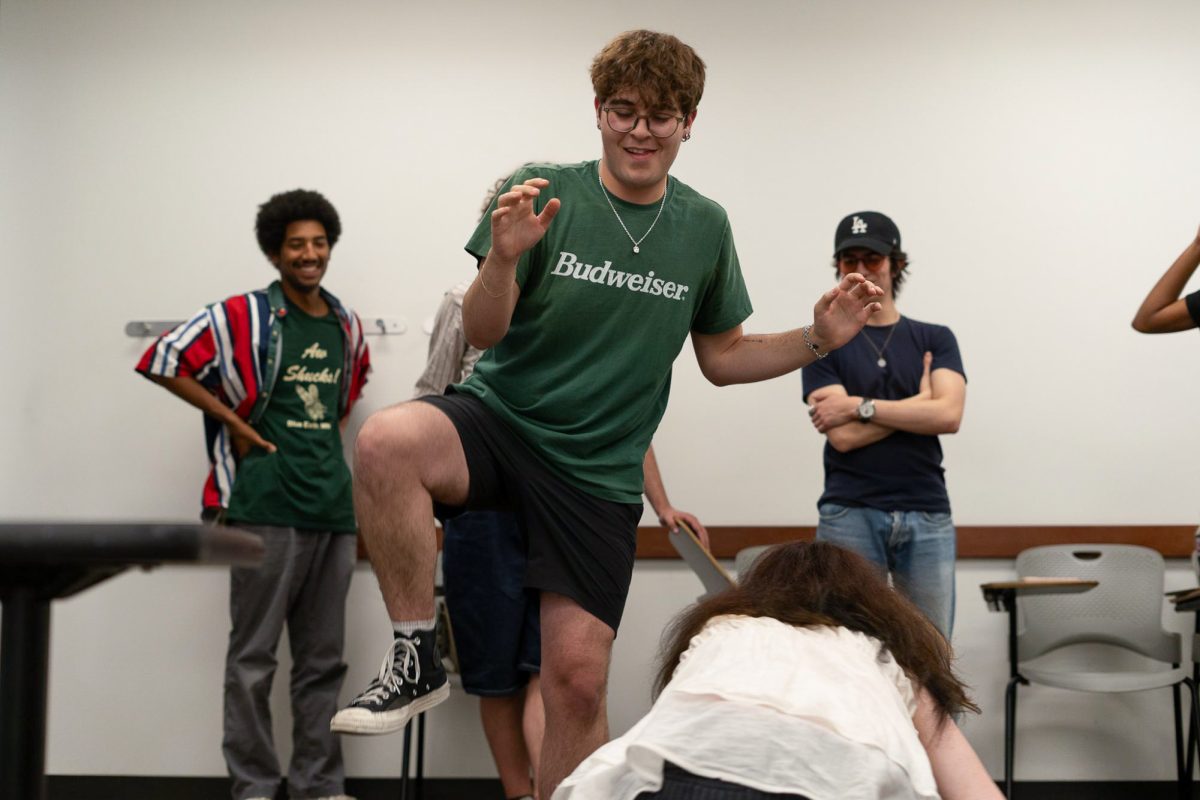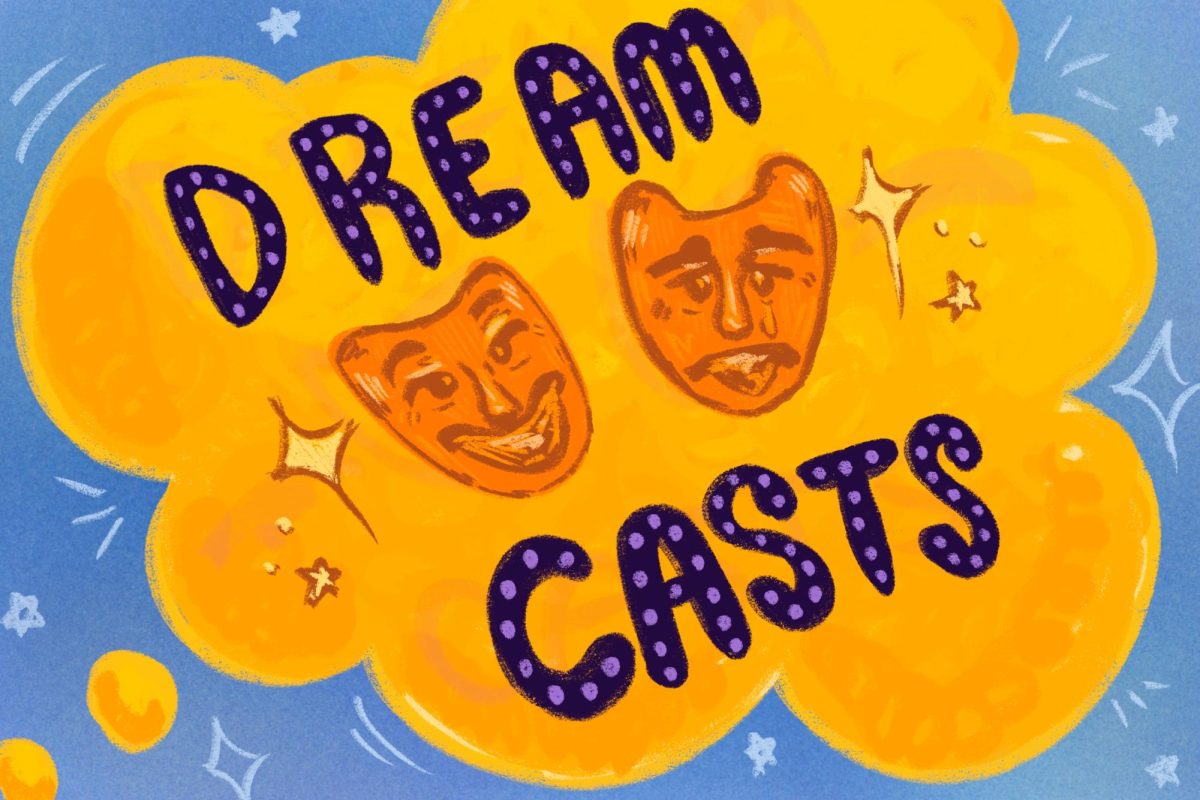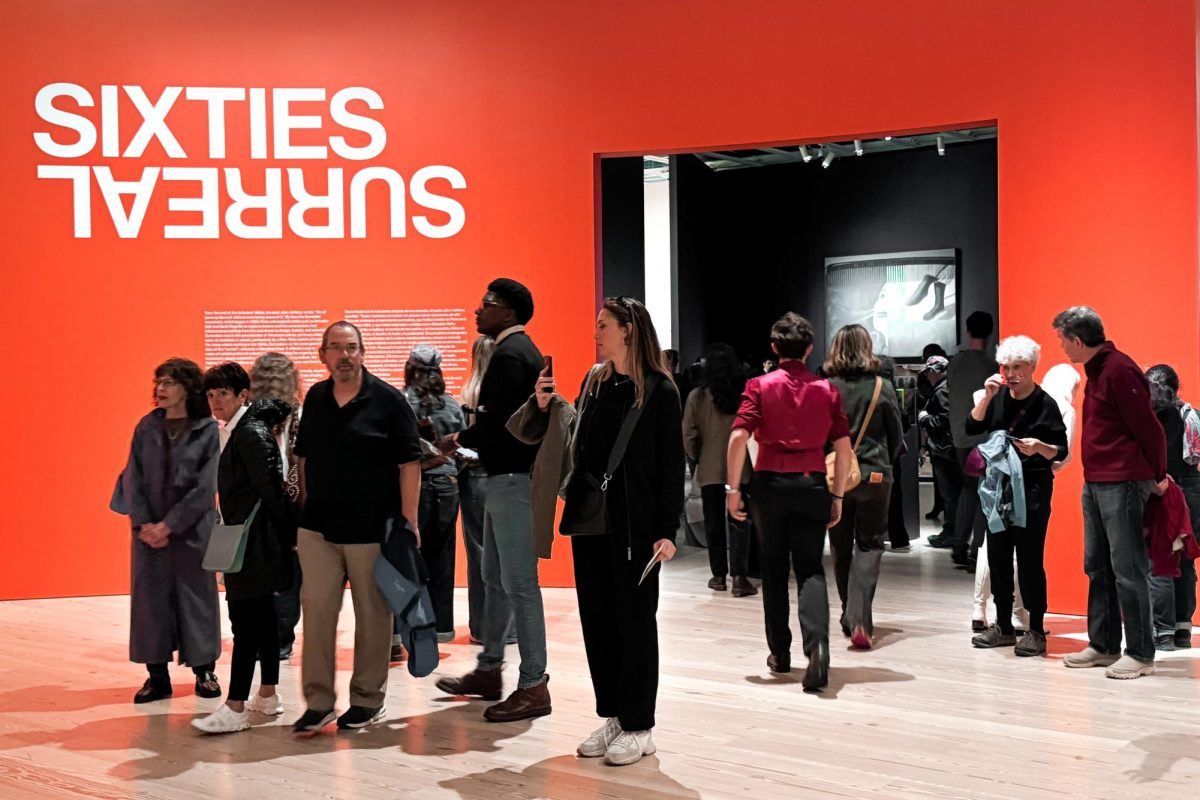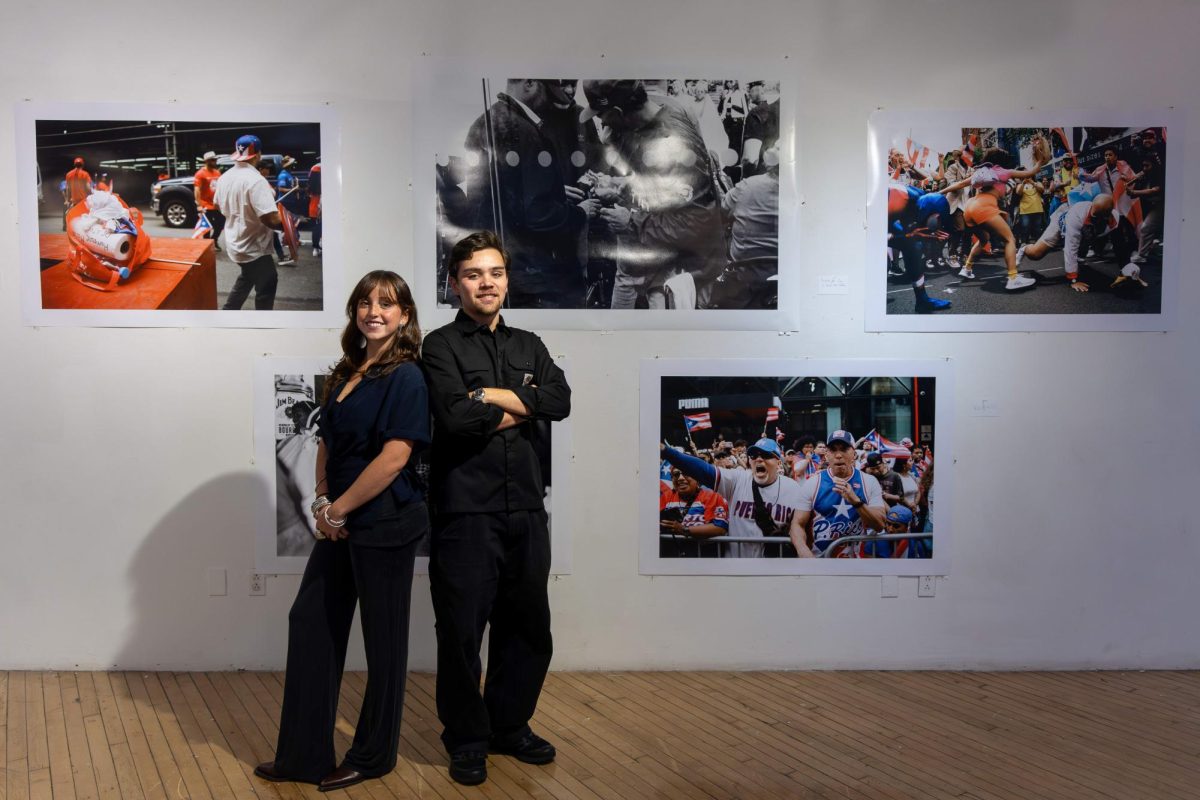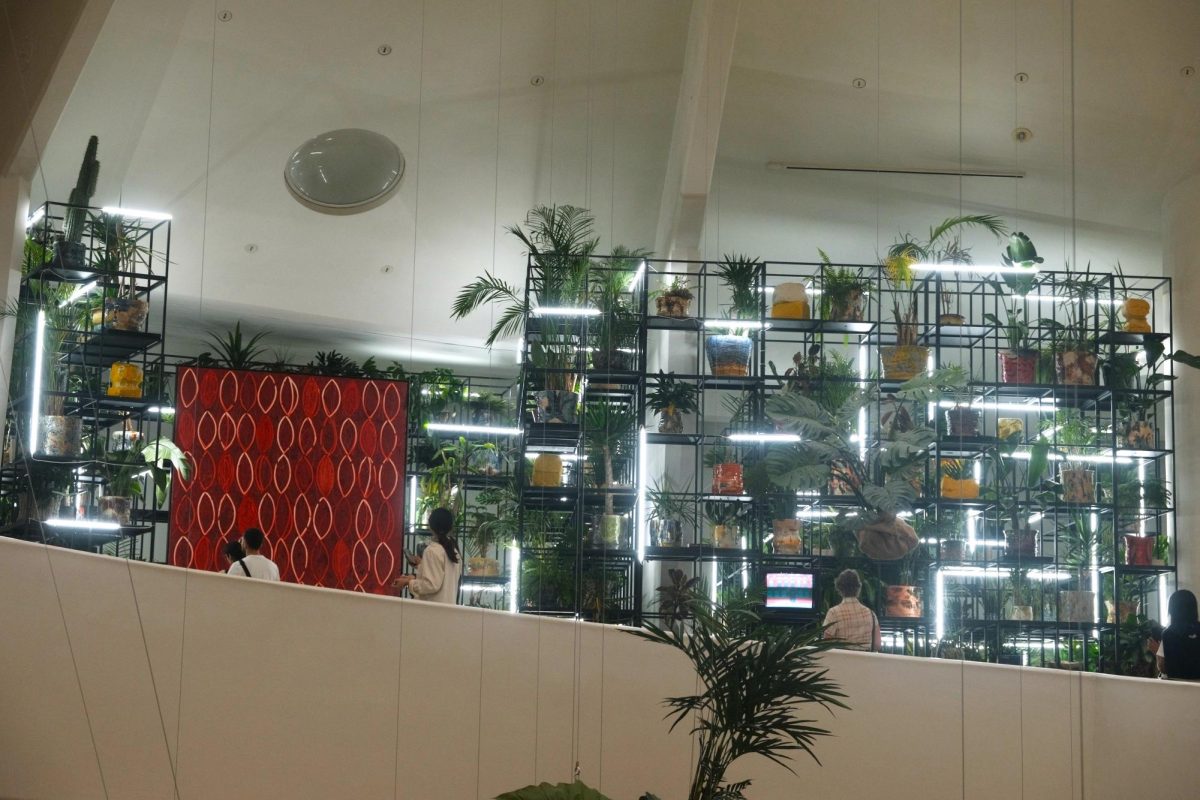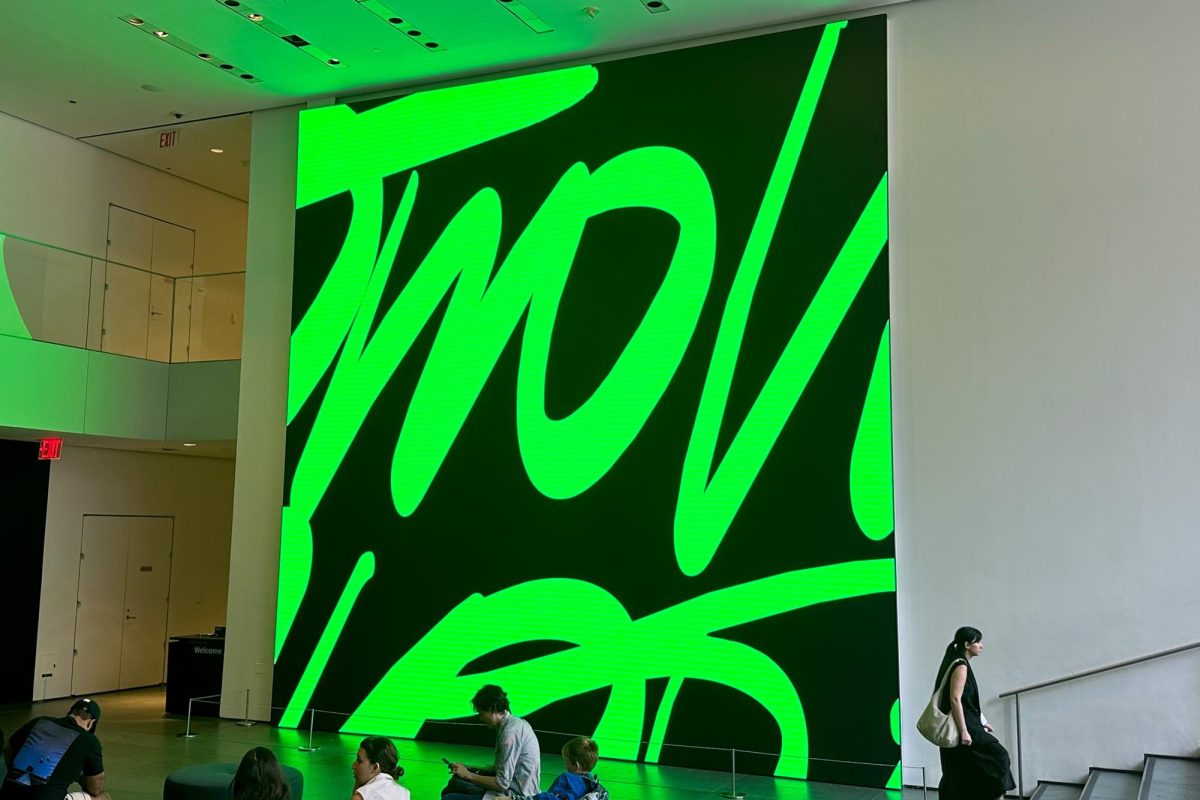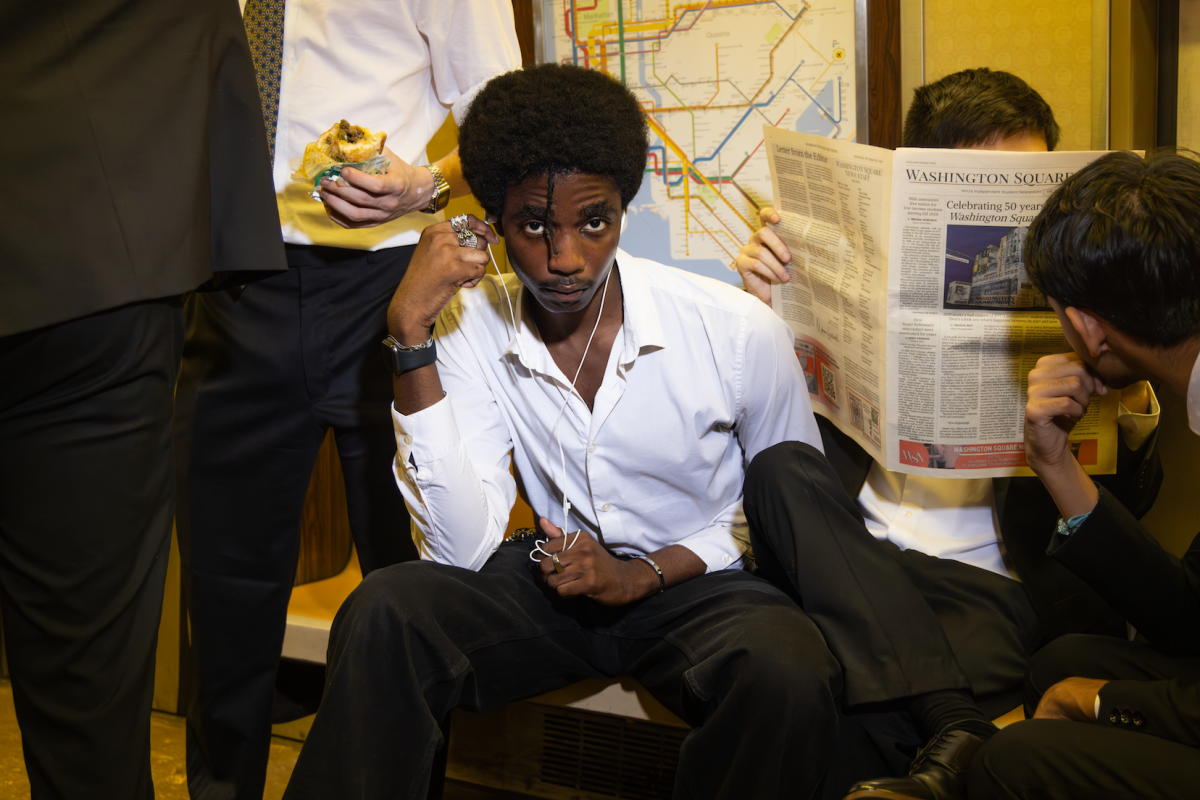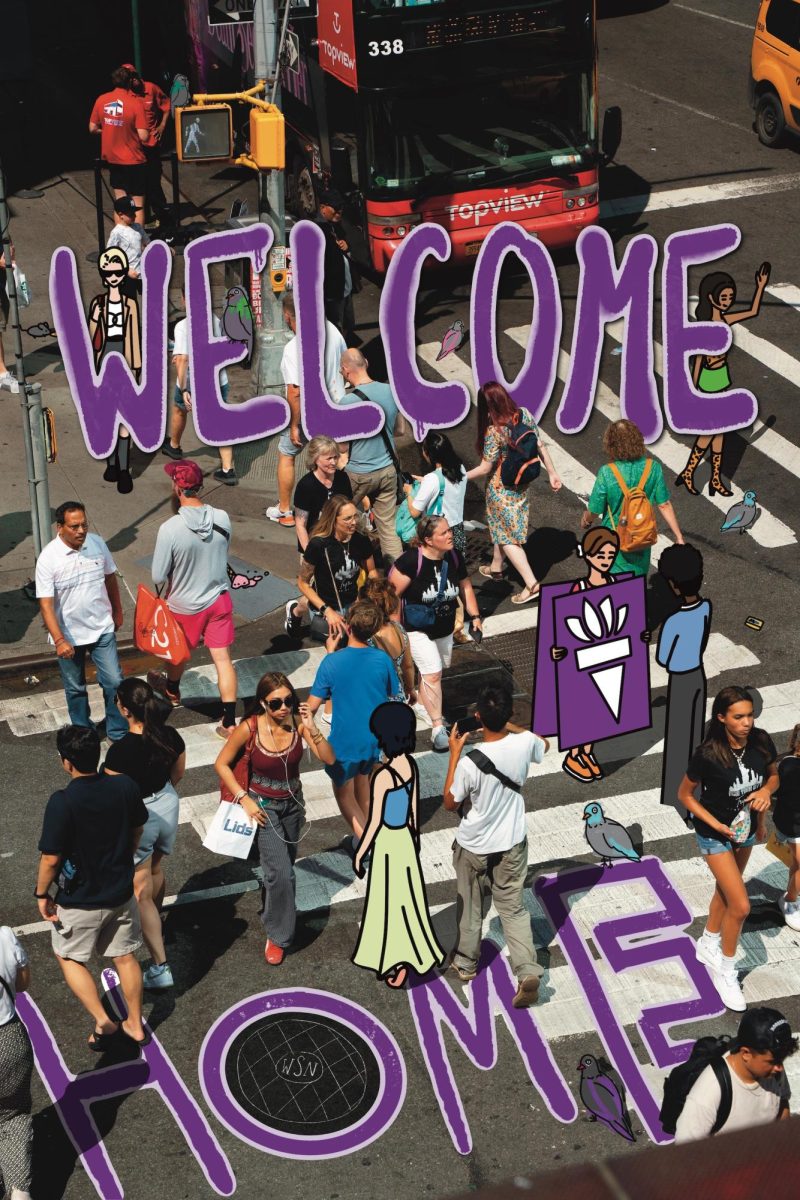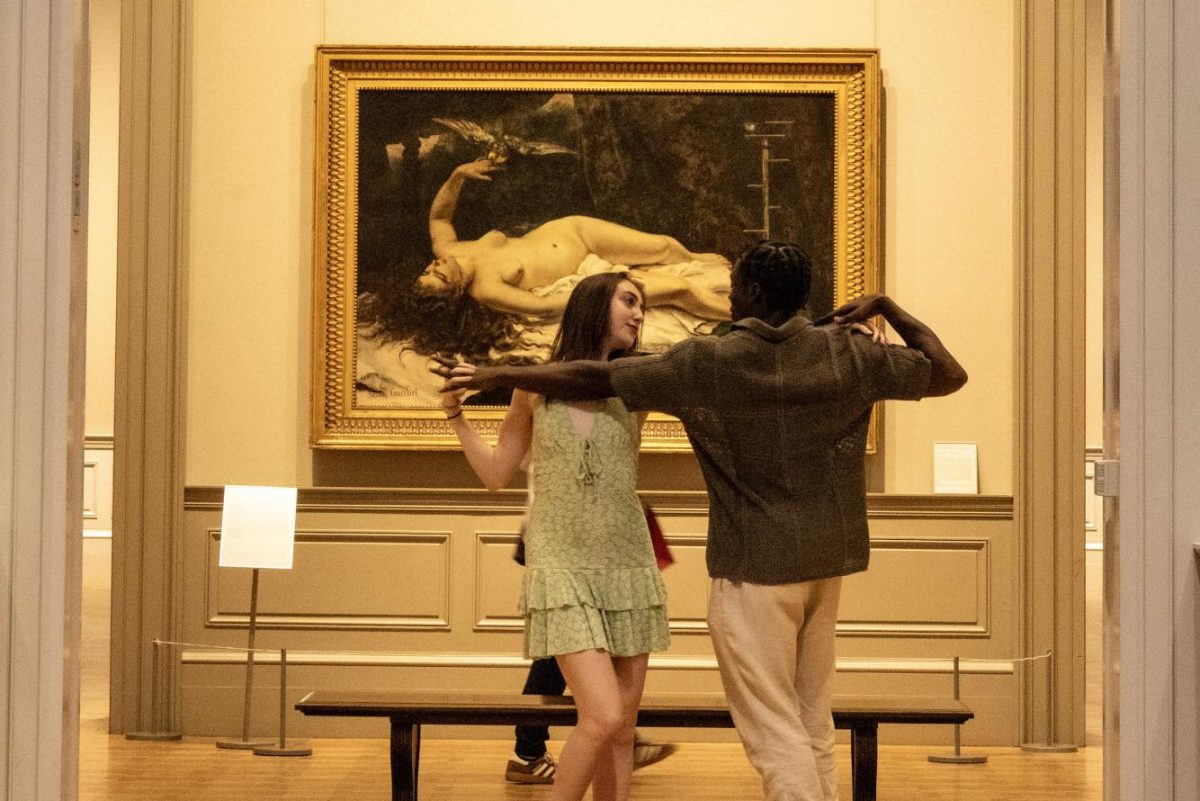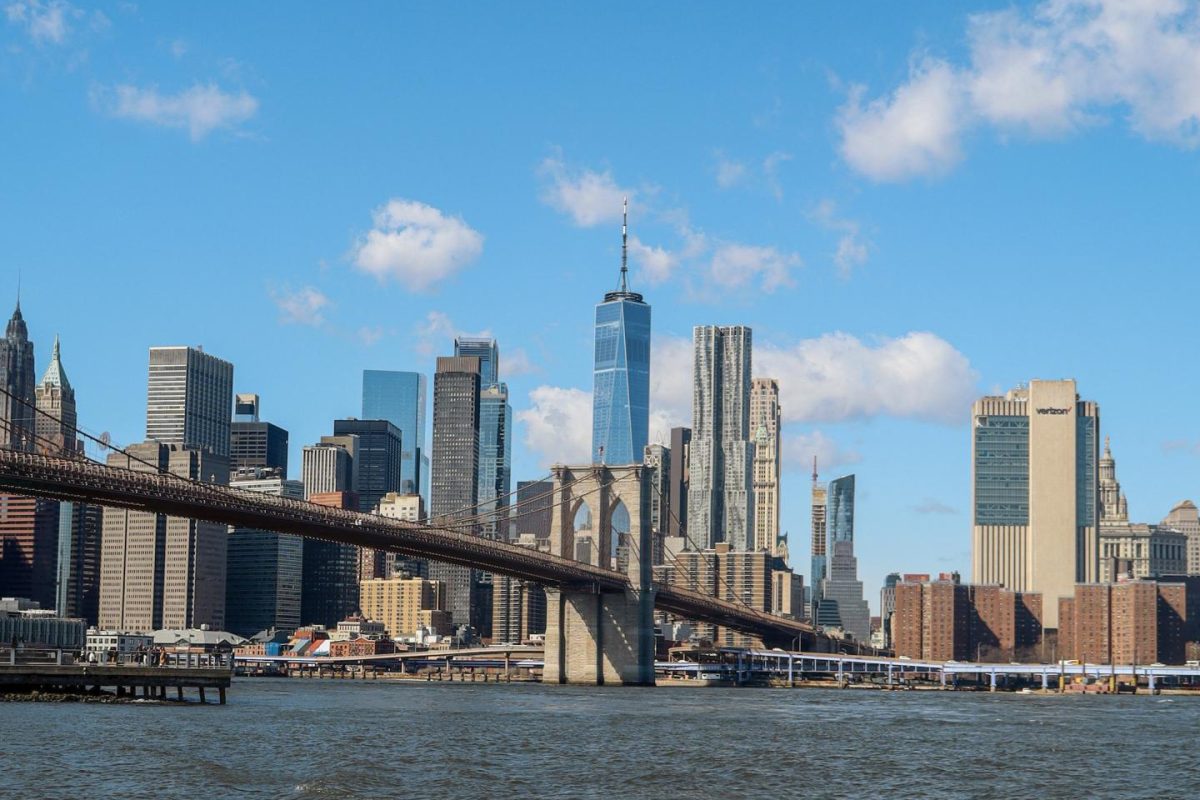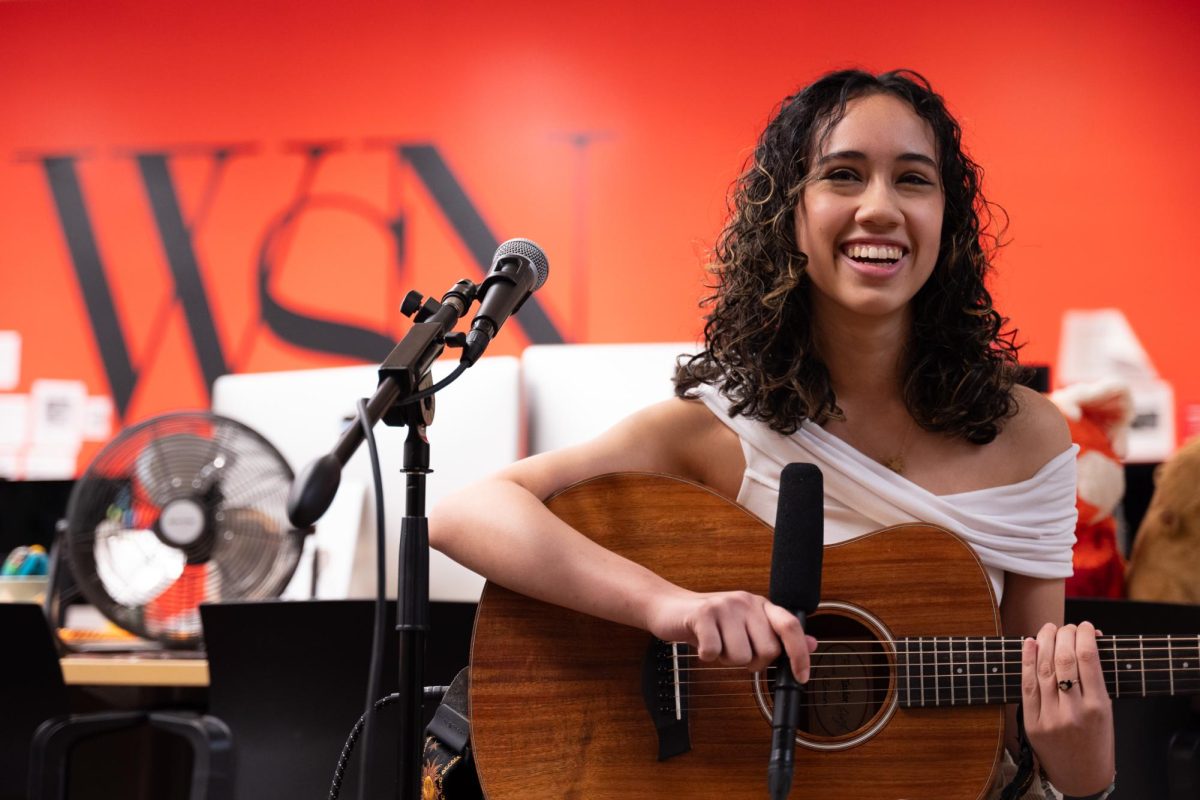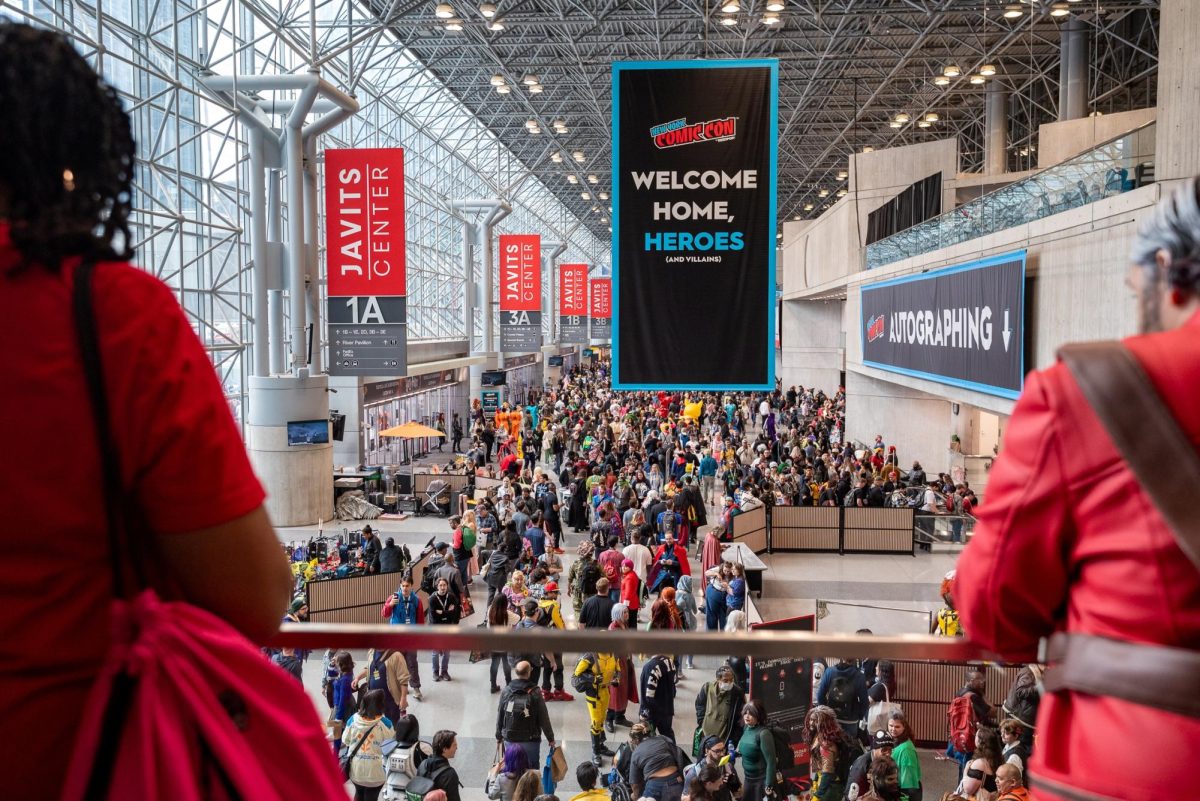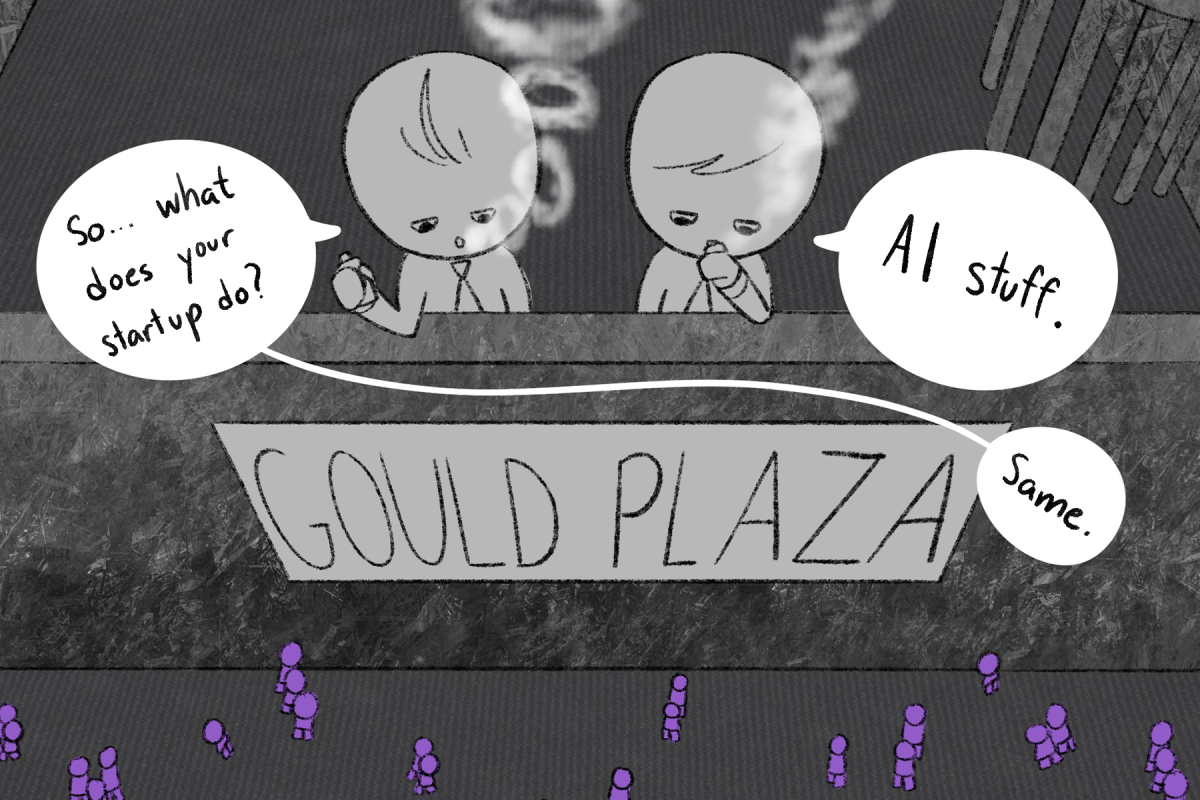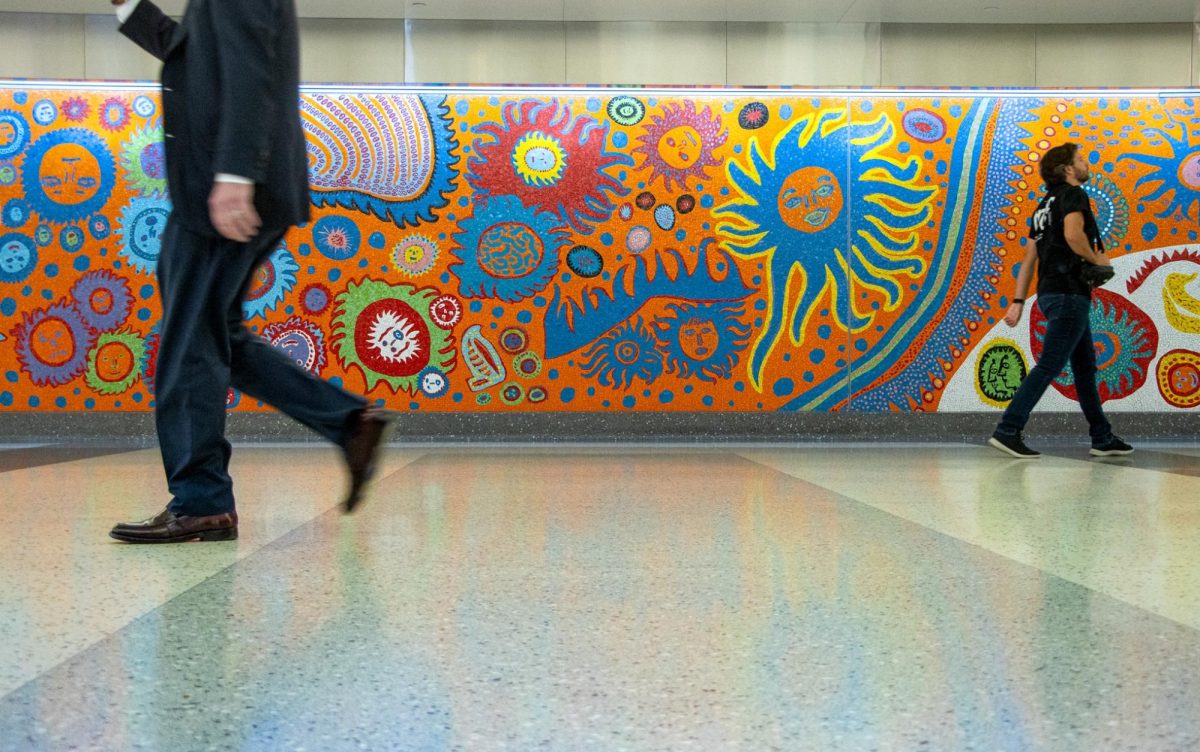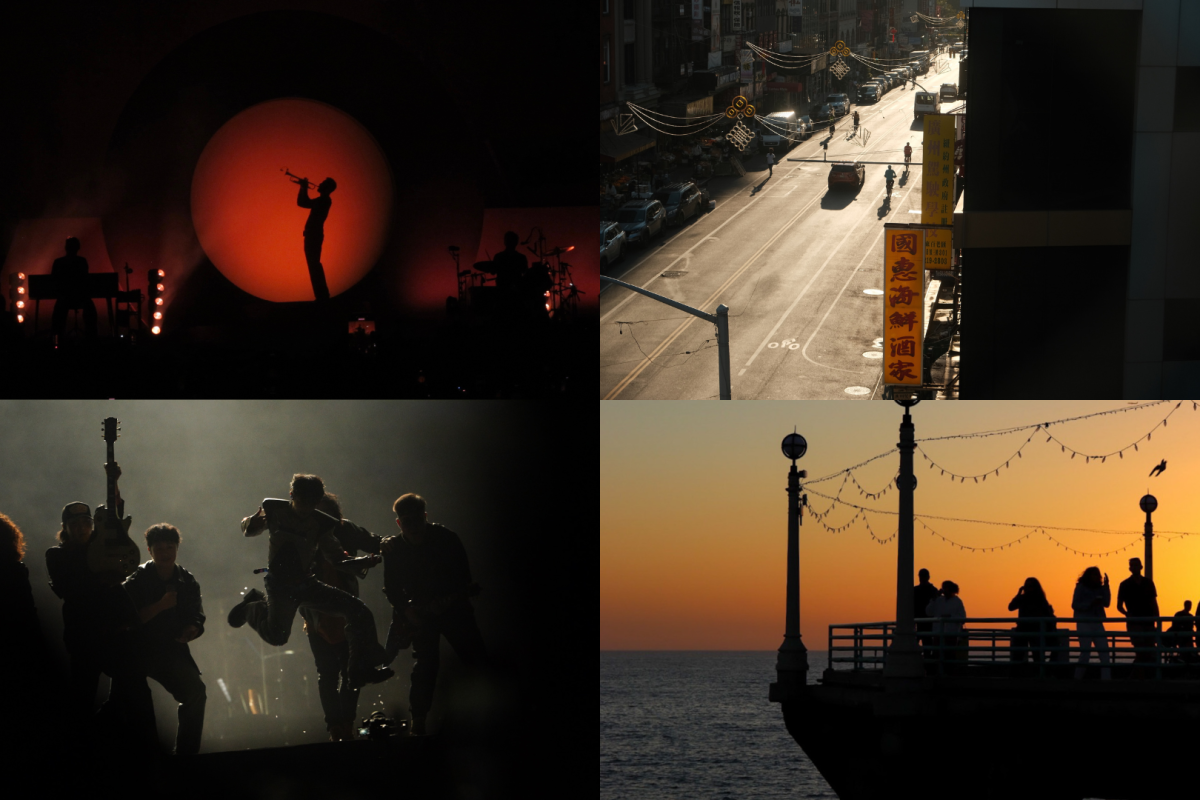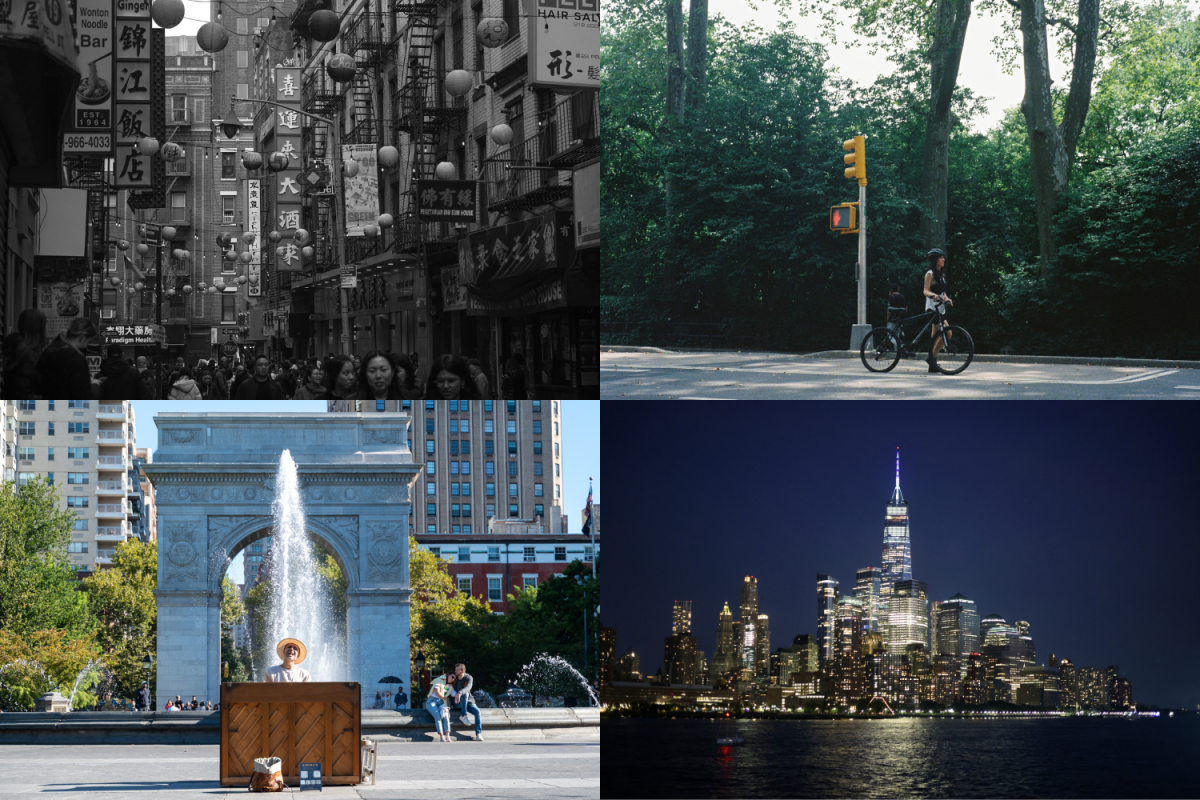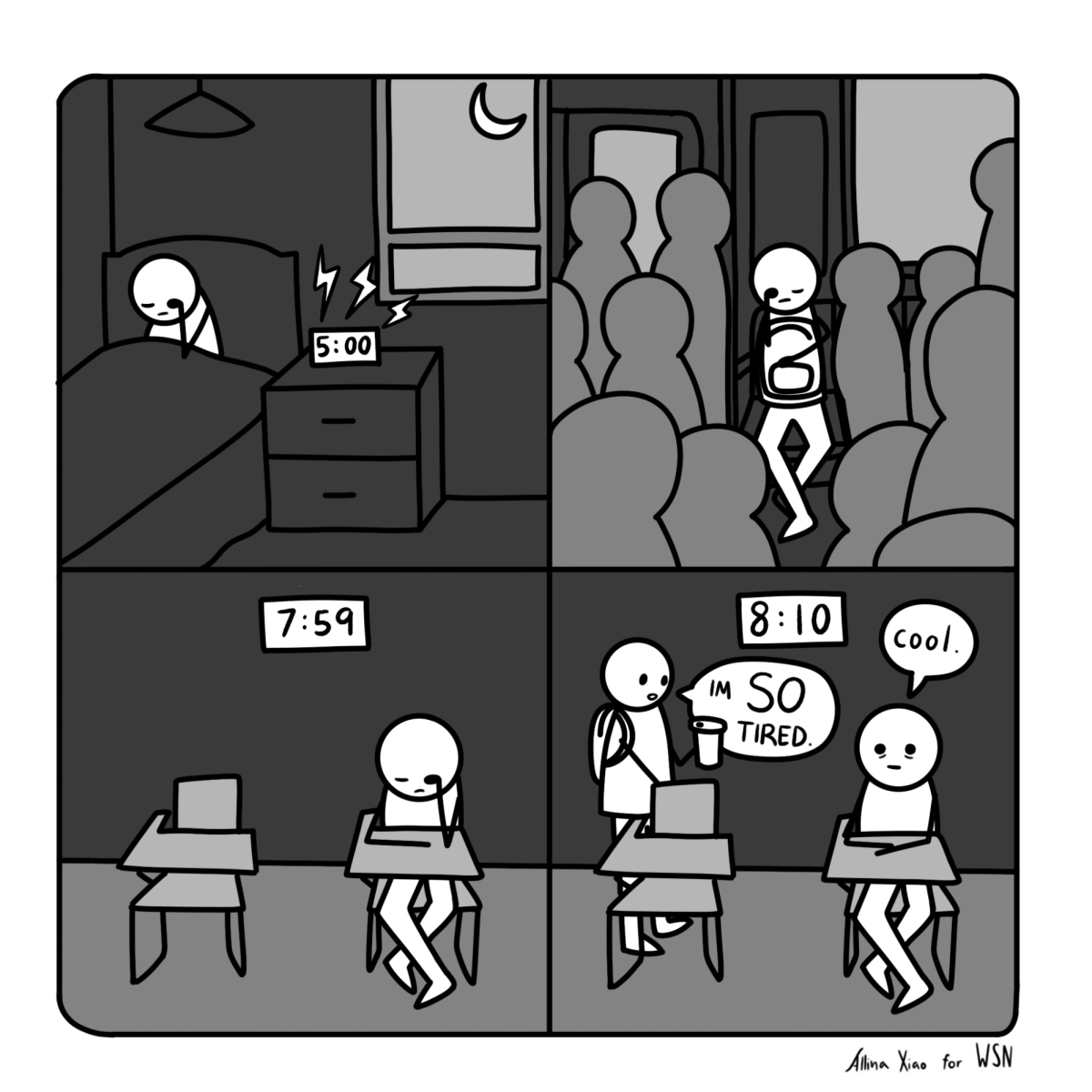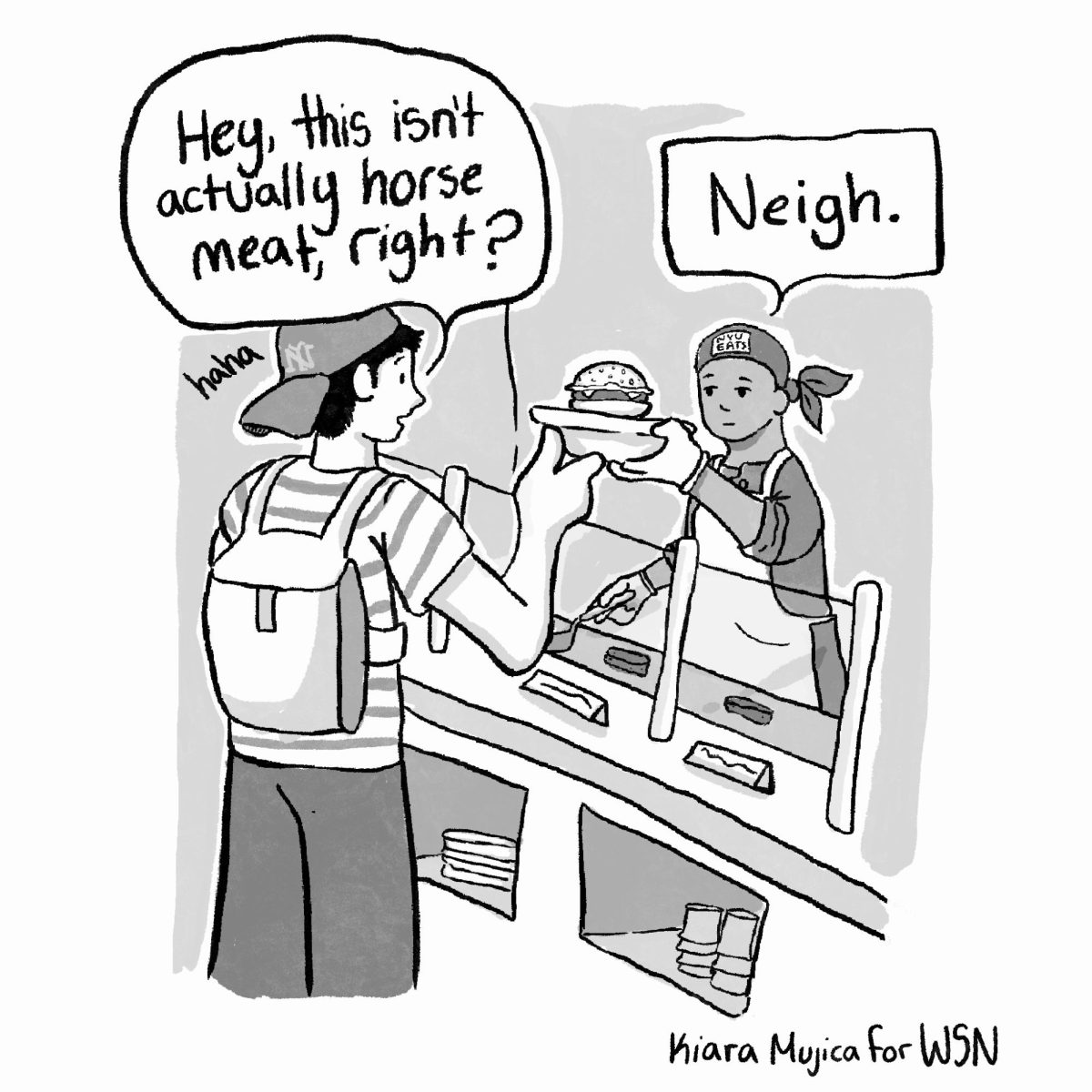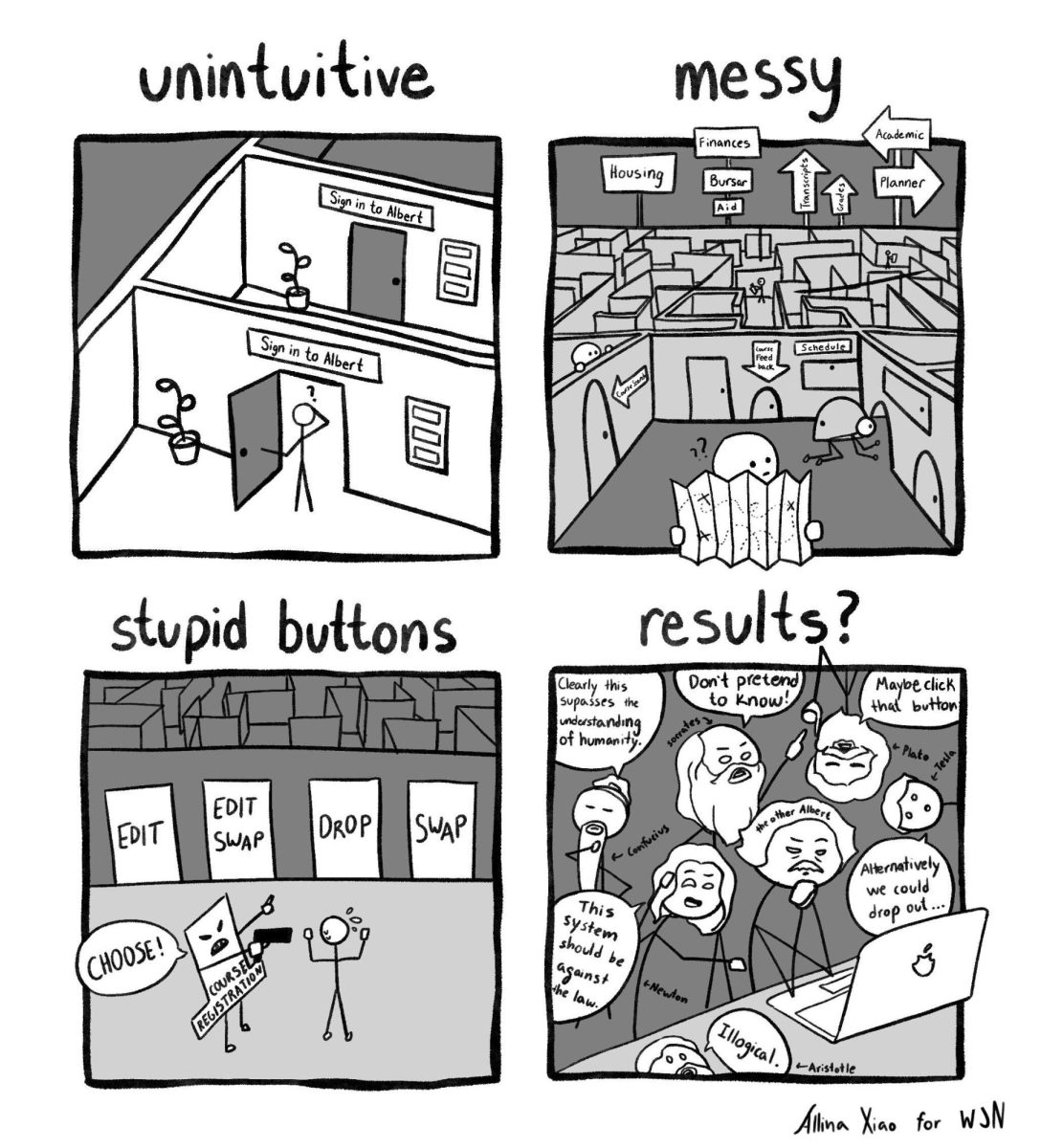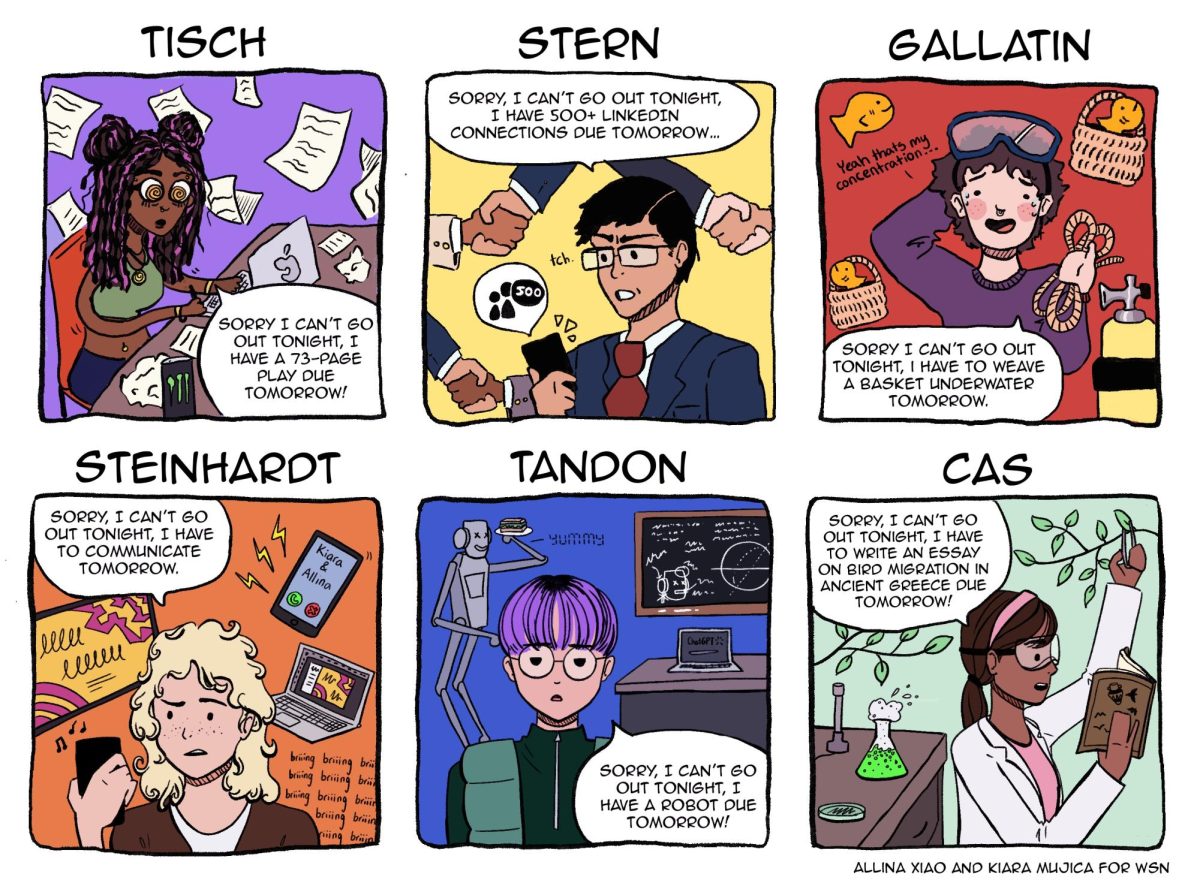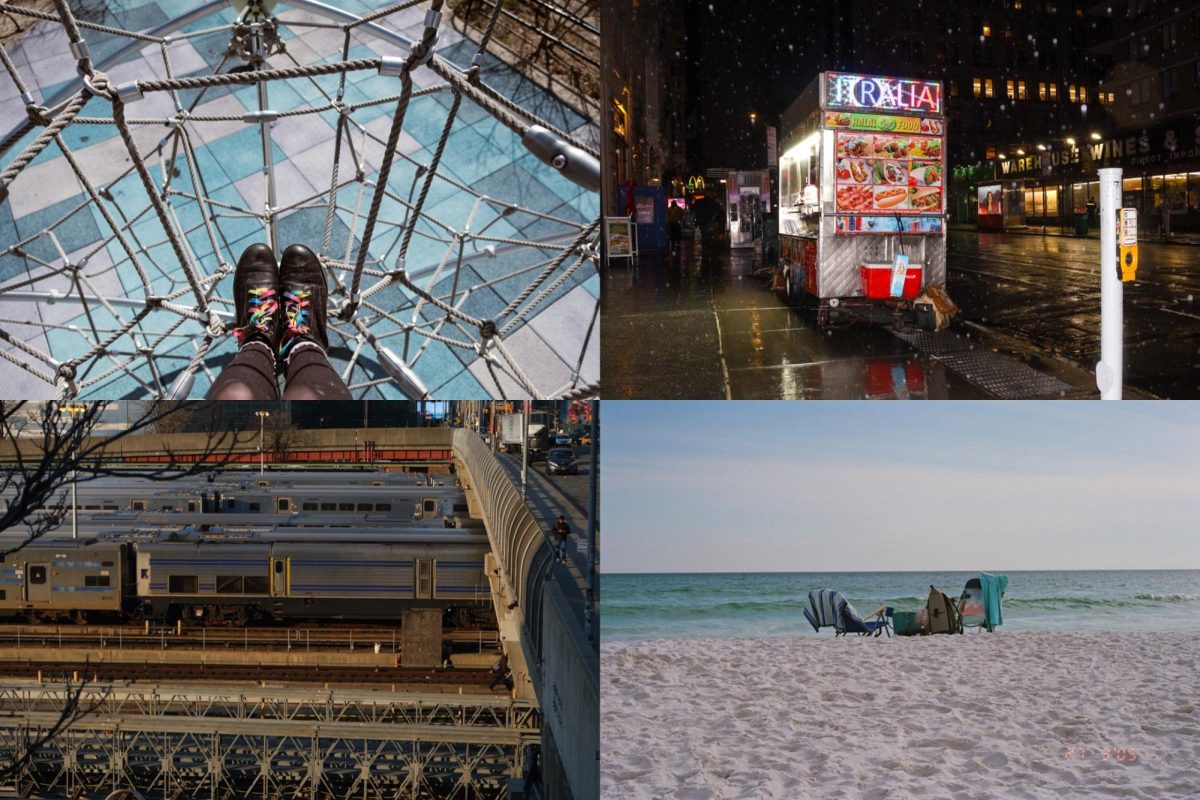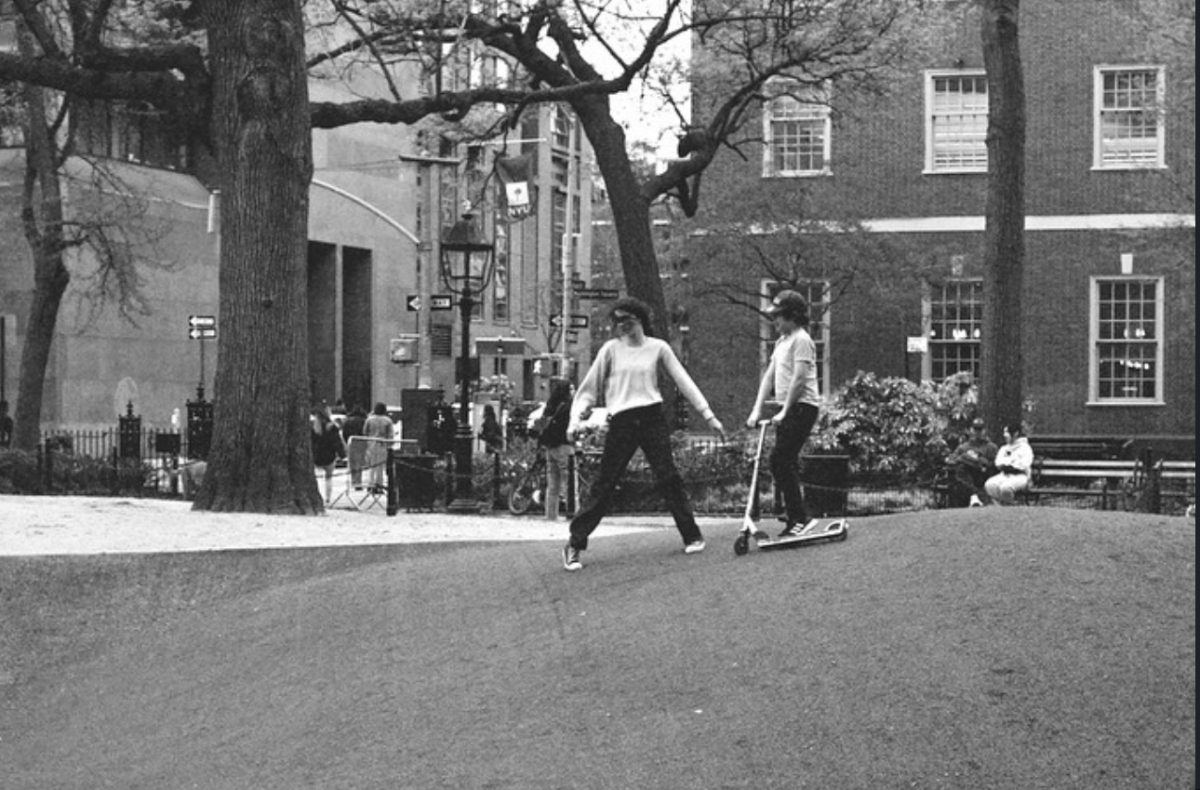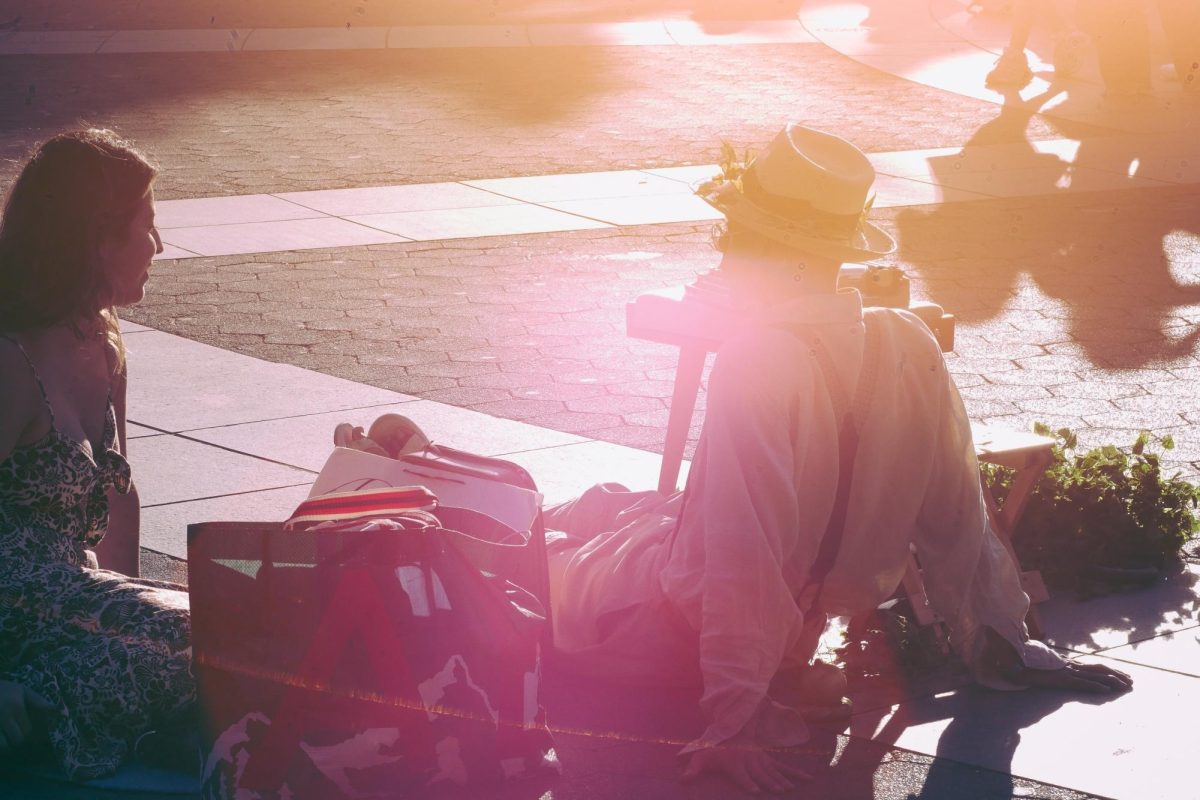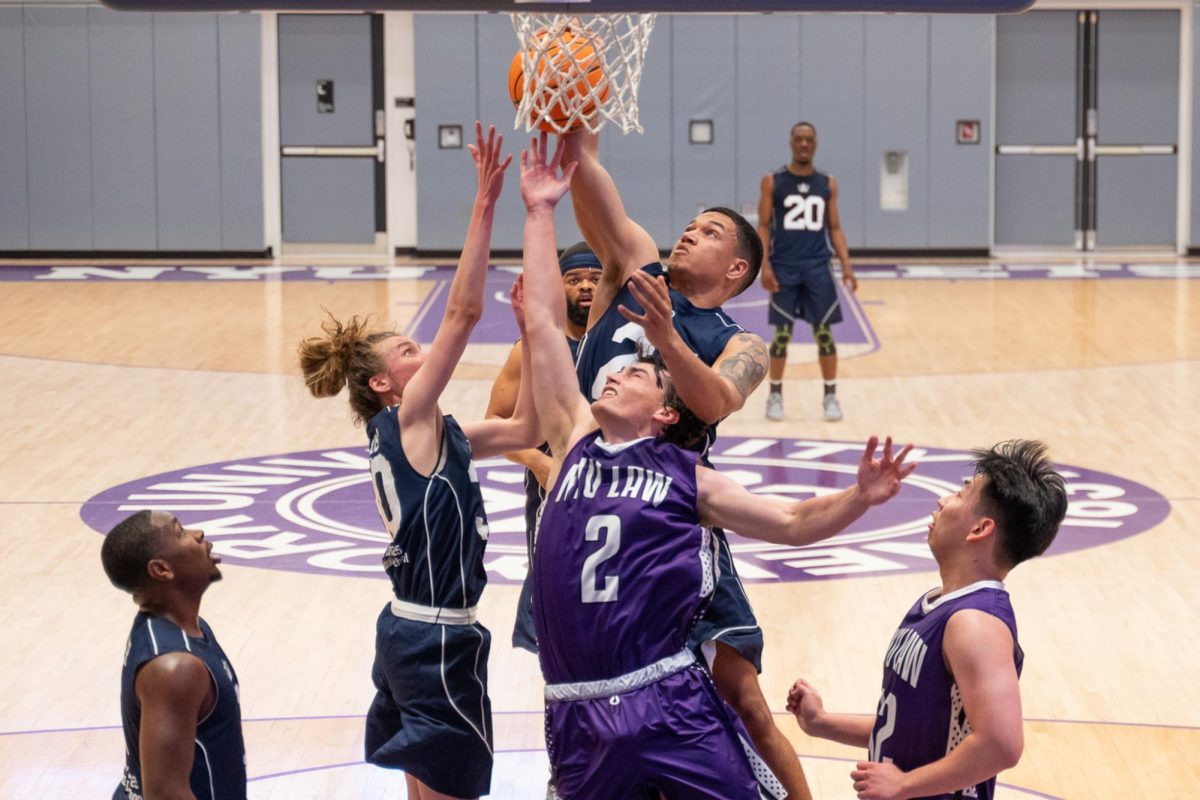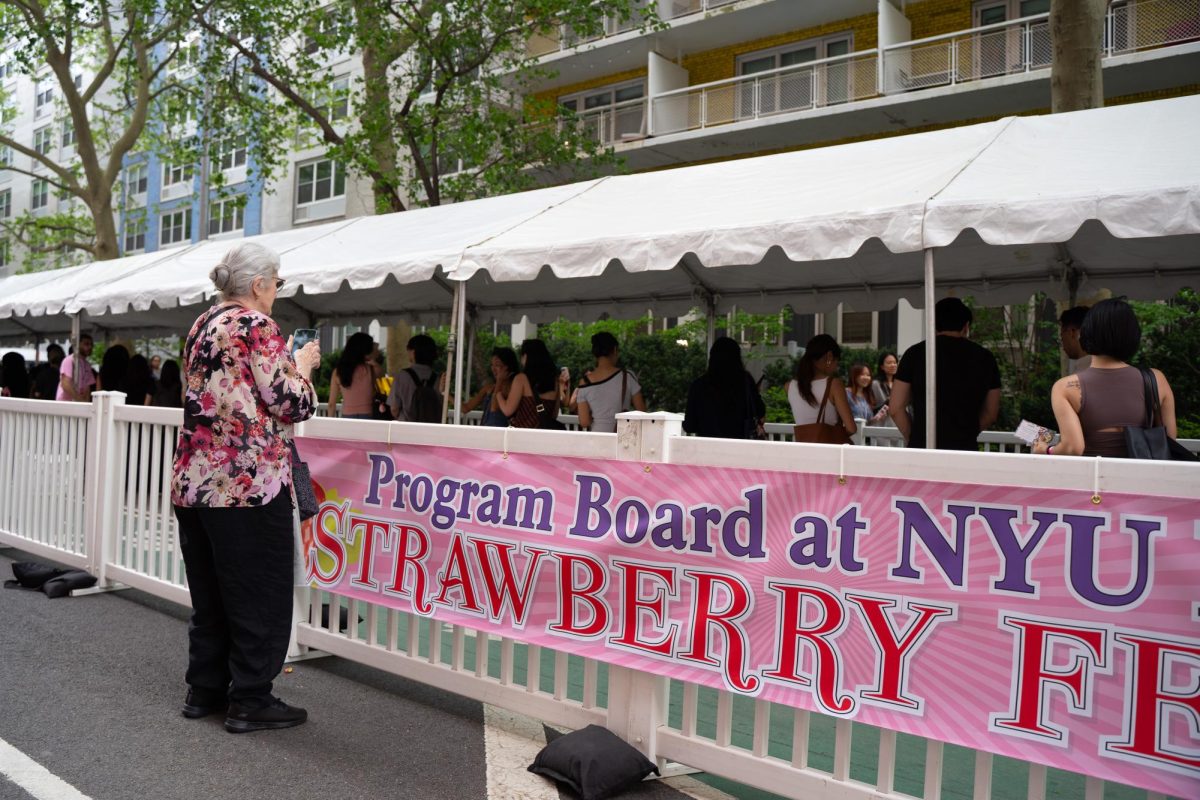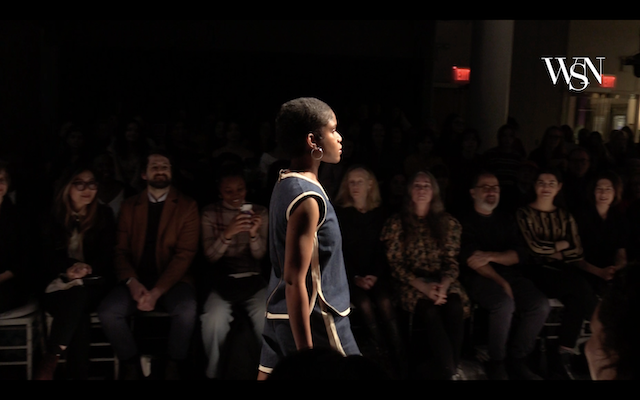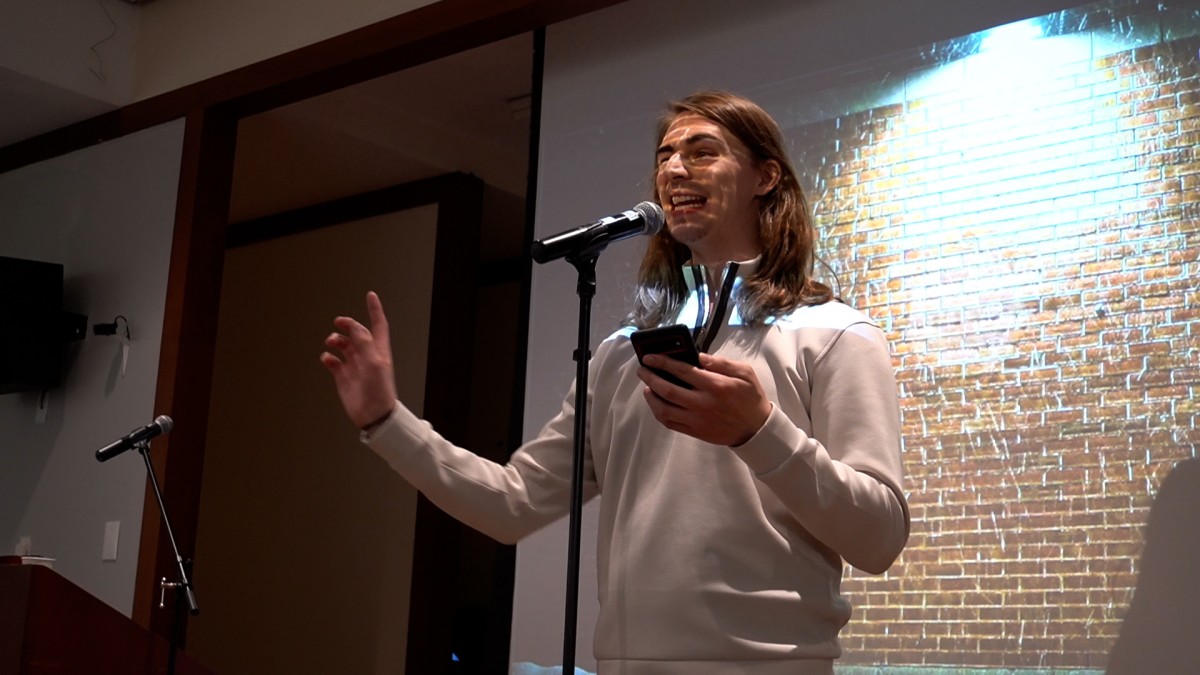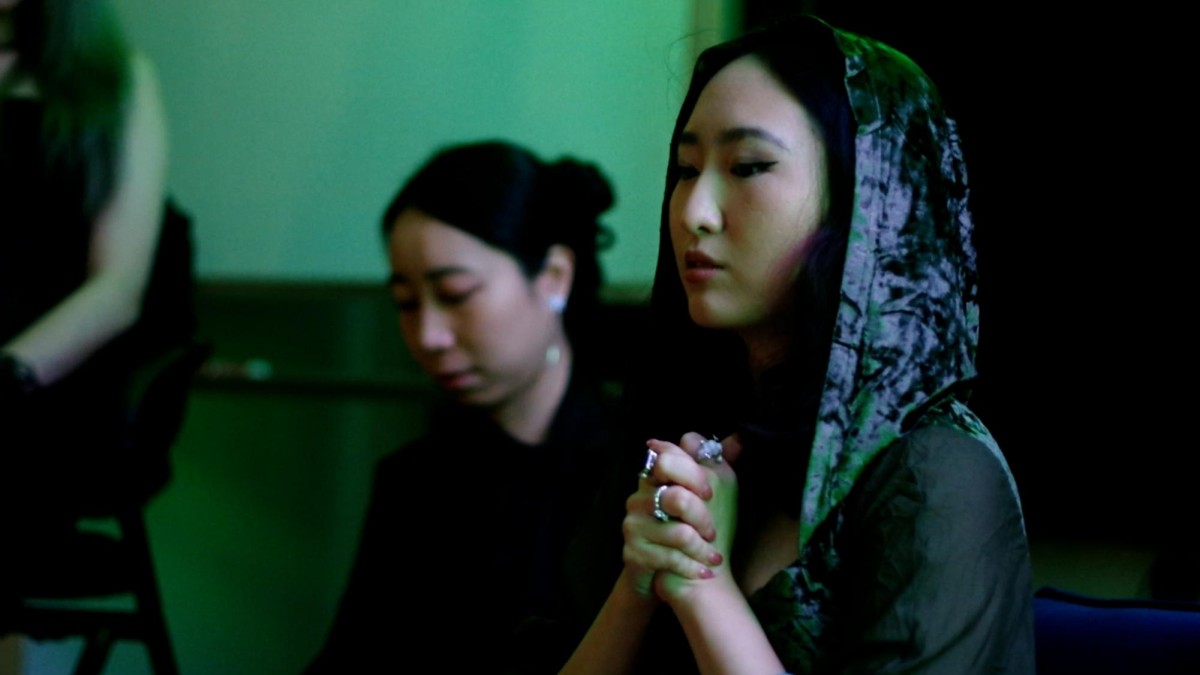While we often say that the city is our campus, the history of the neighborhood that NYU inhabits — specifically that of the Black LGBTQ+ community — remains unrecognized by the university and its students. The West Village is known as the epicenter of LGBTQ+ activism and houses iconic landmarks such as the Stonewall Inn and Christopher Street. However, NYU’s Washington Square campus is also rich with Black LGBTQ+ history. The neighborhood contains many sites where Black and LGBTQ+ New Yorkers have been expressing themselves and resisting oppression for decades. In the early weeks of President Donald Trump’s second administration, the LGBTQ+ community is already facing executive attempts at erasure, yet one cannot deny the community’s longstanding presence in Greenwich Village.
Weinstein Hall

5 University Place
On Sept. 25, 1970, about a year after the Stonewall uprising, transgender revolutionaries Marsha P. Johnson and Sylvia Rivera led an occupation of the basement of Weinstein Hall in protest of the university’s refusal to provide facilities for LGBTQ+ dances on campus. As a means of fundraising for the gay and trans community in Greenwich Village, the Christopher Street Liberation Day Committee had organized a series of four dances with permission from the Weinstein Hall Student Governing Association. While the first two dances went smoothly, NYU not only canceled the last two, but barred any university facility from holding LGBTQ+ social functions until a select panel of ministers and psychologists decided whether homosexuality was “morally acceptable.” The New York City Police Department, including the Tactical Patrol Force, violently raided the occupation and removed protestors from the residential building. The event became a key motivation for Johnson and Rivera to later establish the Street Transvestites Action Revolutionaries to protect and support fellow trans women of color in the neighborhood.
Judson Memorial Church

55 Washington Square South
You’ve likely passed the Judson Memorial Church on your way to the Kimmel Center for University Life. Founded with the explicit purpose of social outreach, the Judson Memorial Church has historically been a community center for grassroots activism in women’s rights, racial justice and queer liberation. In addition to assisting women with access to abortion services, the establishment was one of few to provide support to people with AIDS when the crisis first emerged in the 1980s — disproportionately impacting Black and brown queer people — by providing medical aid, hosting AIDS support groups and conducting memorial services for activists and community members.
Lorraine Hansberry Residence

112 Waverly Place
Right off the west side of Washington Square Park sits the former residence of transformative playwright, civil rights activist and lesbian icon Lorraine Hansberry, marked with a historic plaque. Hansberry, who was born in 1930 in Chicago’s South Side, moved to Harlem in 1951 in pursuit of becoming a writer. While studying at The New School, she became a contributor for the radical Harlem-based publication Freedom, a newspaper that critiqued the systems of racism and imperialism in the United States. Years later, Hansberry went on to write the famous play “A Raisin in the Sun,” which explores the story of a working-class Black family in segregated Chicago — drawing on the challenges she faced growing up — and was the first play written by a Black woman to be performed on Broadway.
Hansberry first lived at 337 Bleecker St. when she moved to Greenwich Village with her husband Robert Nemiroff. After their separation in 1957, she bought and moved into 112 Waverly Place, where she began a relationship with her tenant Dorothy Secules that continued until her death in 1965 due to cancer. Records discovered after her death showed she had written anonymously published letters to the lesbian magazine The Ladder, and had been an early member of the lesbian political organization Daughters of Bilitis, which she joined the same year that she and Nemiroff separated.
Washington Square Park

While Washington Square Park is commonly seen as the defining center of NYU’s campus, it has also been home to a vibrant scene of political resistance led by Black and LGBTQ+ activists. In addition to working as a writer, Hansberry was regularly seen speaking at and protesting in the park for organizations such as the National Association for the Advancement of Colored People, whose Life Membership Committee she co-chaired.
In 2011, lesbian scholar, feminist and activist Angela Davis spoke at Washington Square Park in support of Occupy Wall Street — an anti-capitalist movement that protested economic inequality and corporate corruption — where she addressed many issues in the United States, including racism, homophobia, police brutality and the prison industrial complex. Even before her speech, Davis had significant connections to Greenwich Village. She attended the neighborhood’s Little Red Schoolhouse for high school and later was incarcerated for a false accusation of murder at the Women’s House of Detention — an infamous prison on Greenwich Avenue that targeted queer women and transmaculine people. Alongside these two activists, the community has historically assembled in the park for a variety of issues, most notably organizing rallies to demand government action during the AIDS crisis.
Contact Julia Kim at [email protected].

